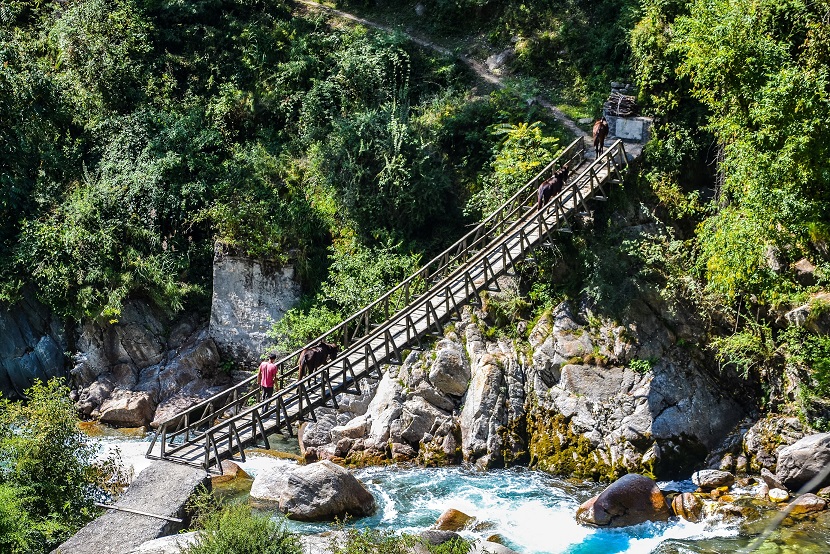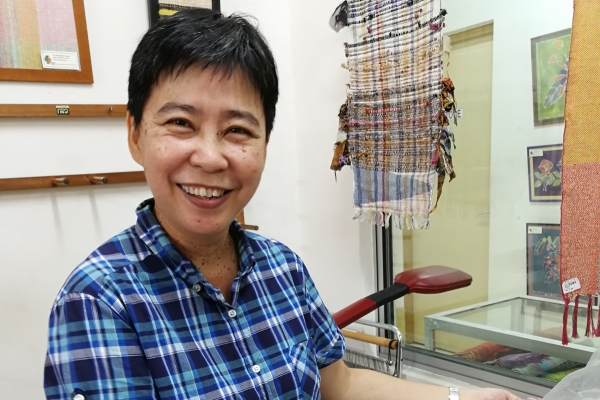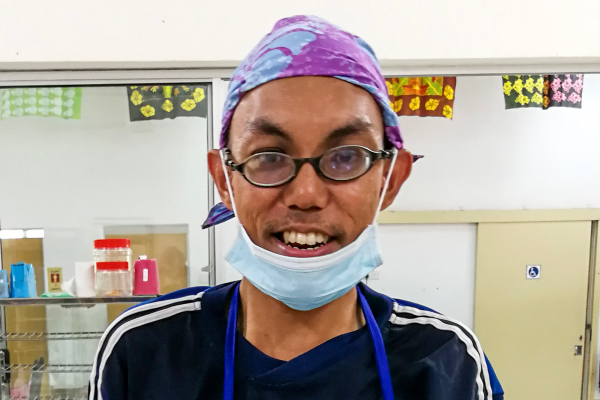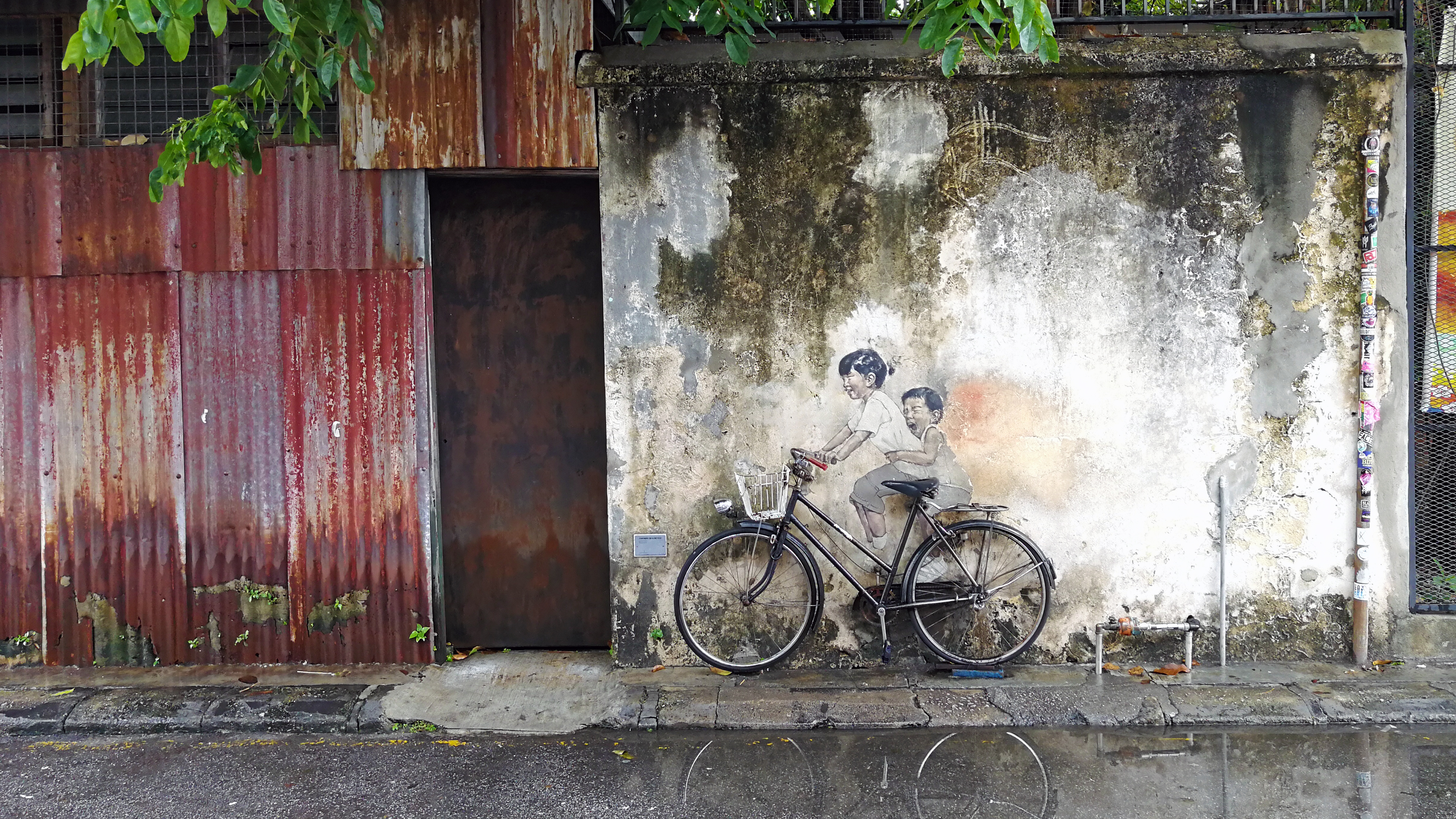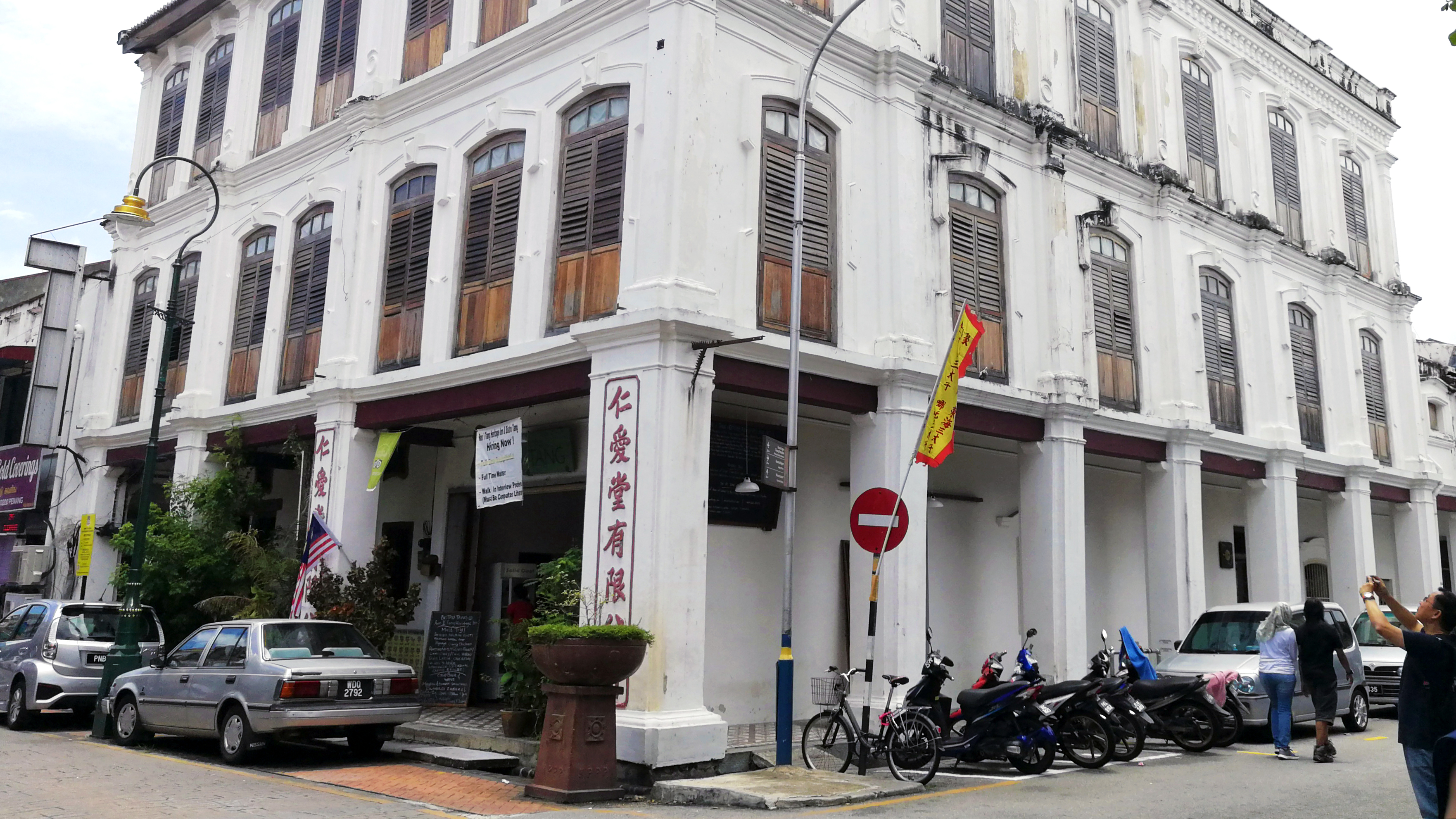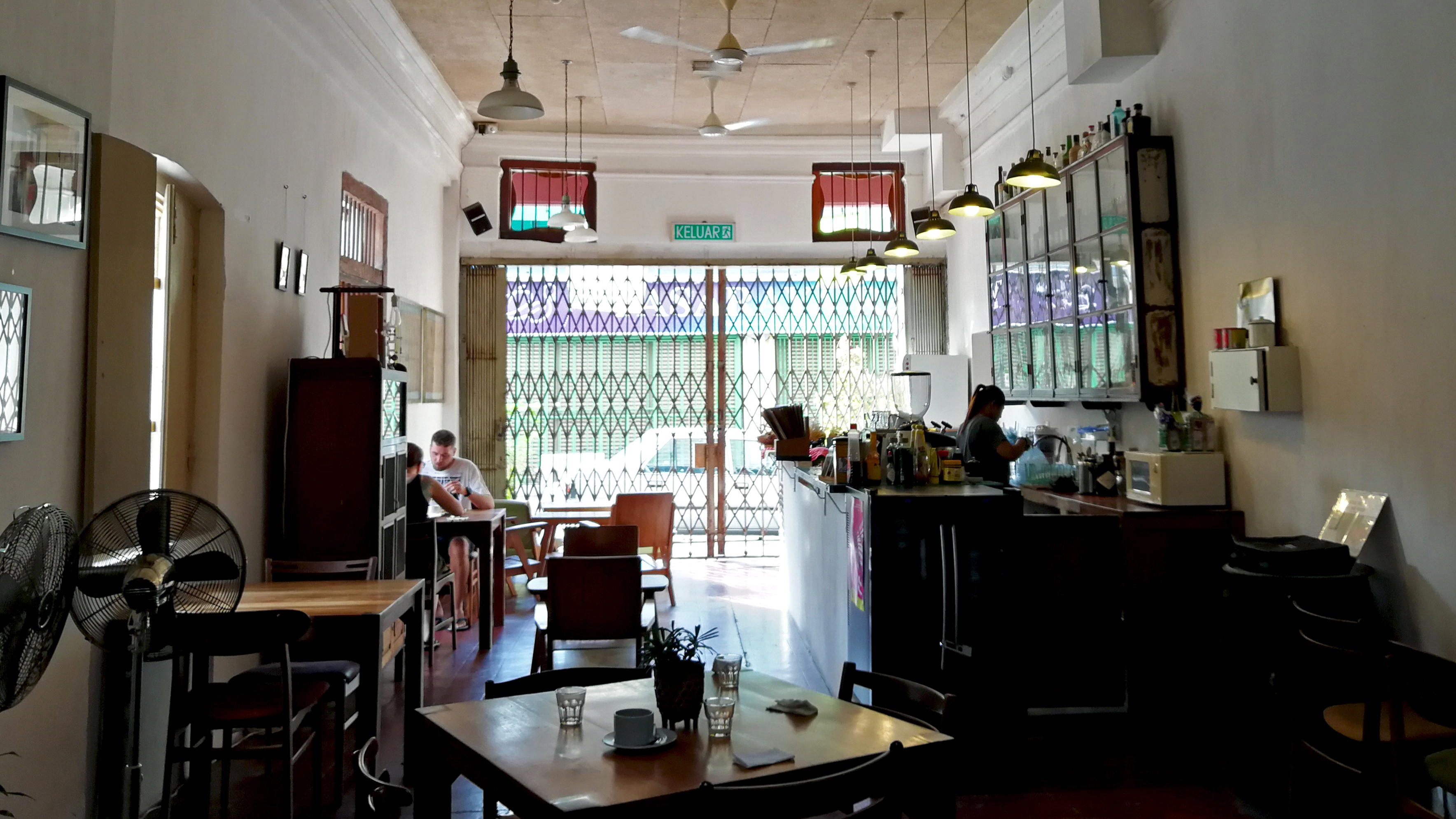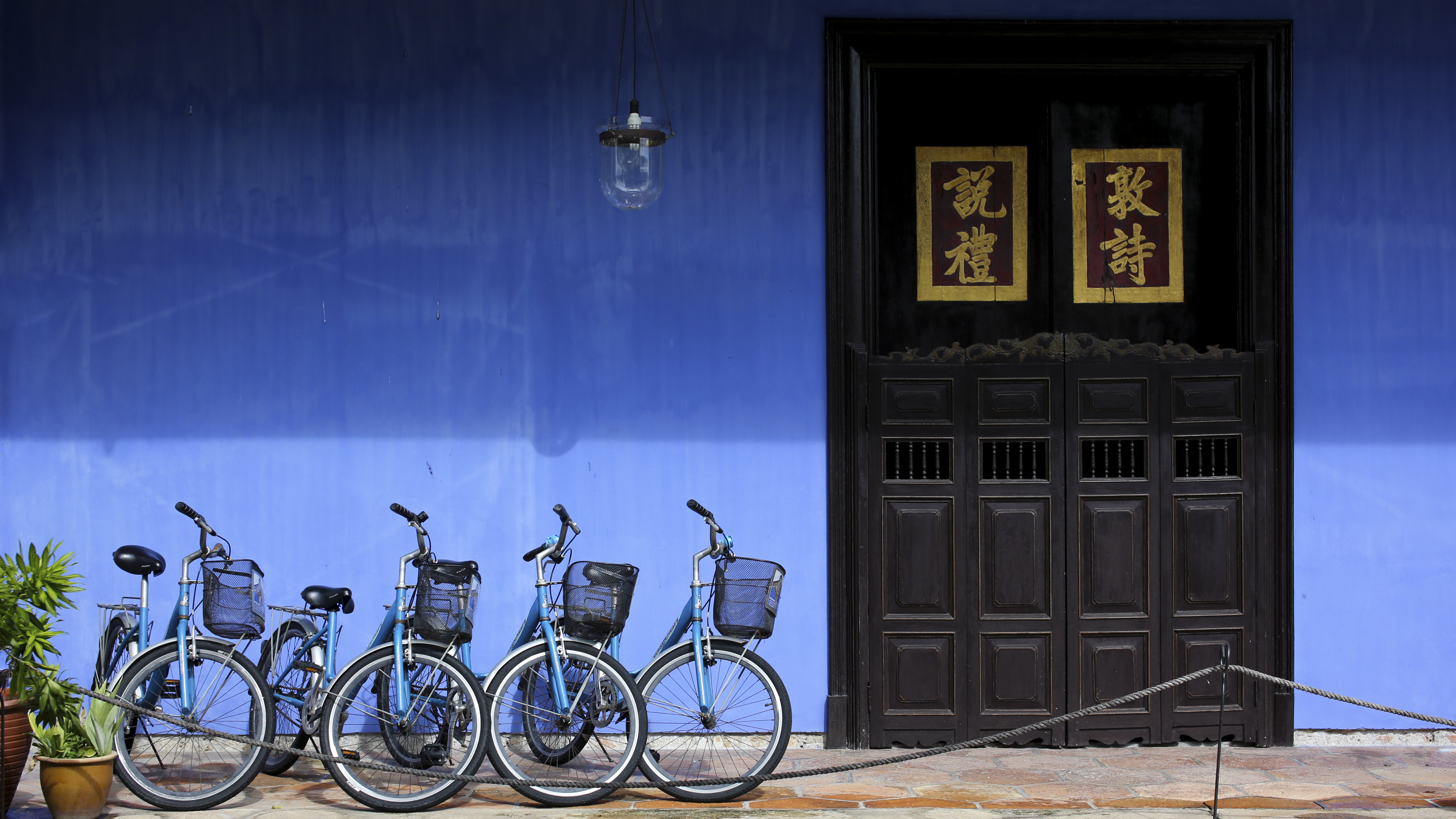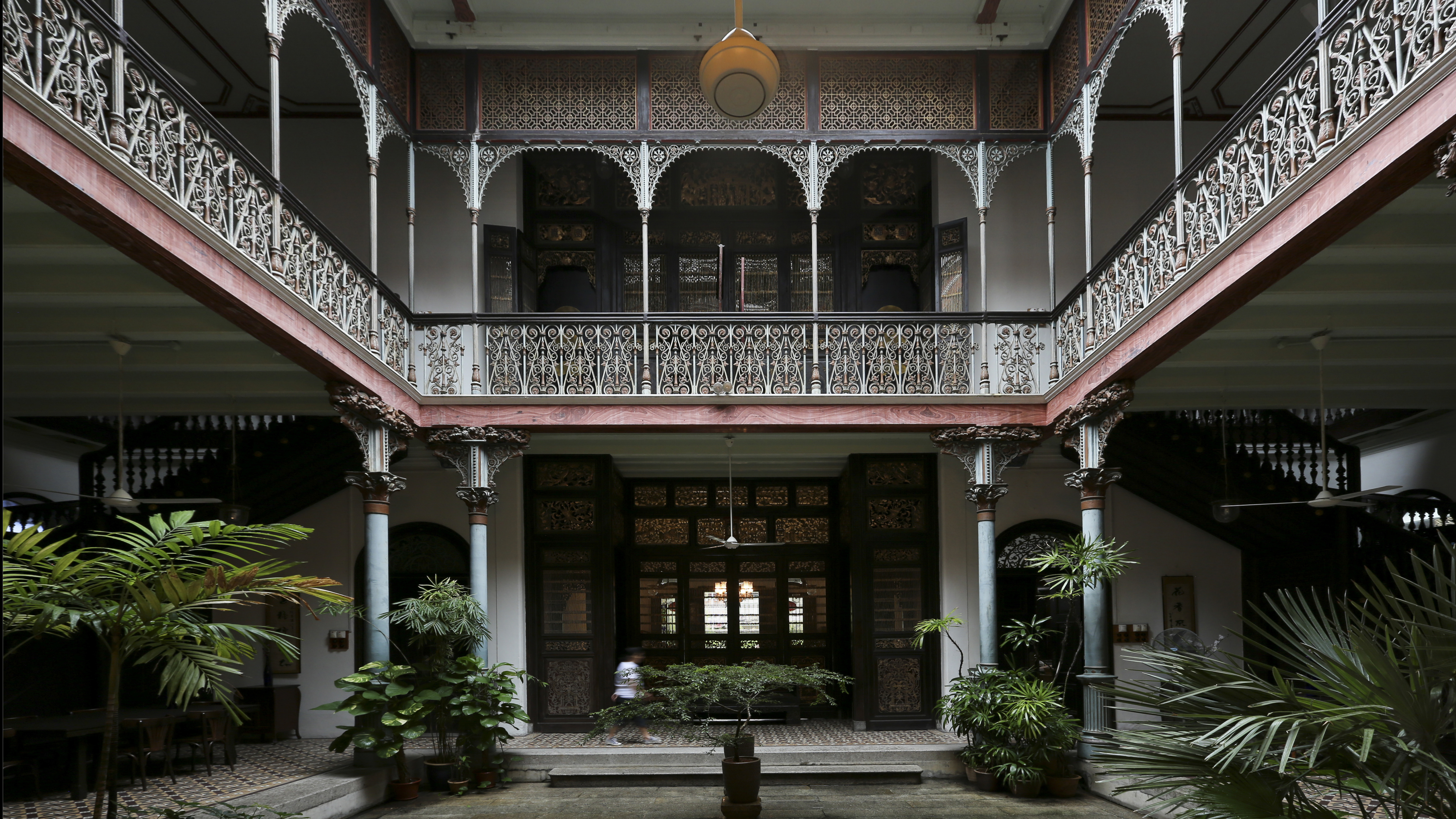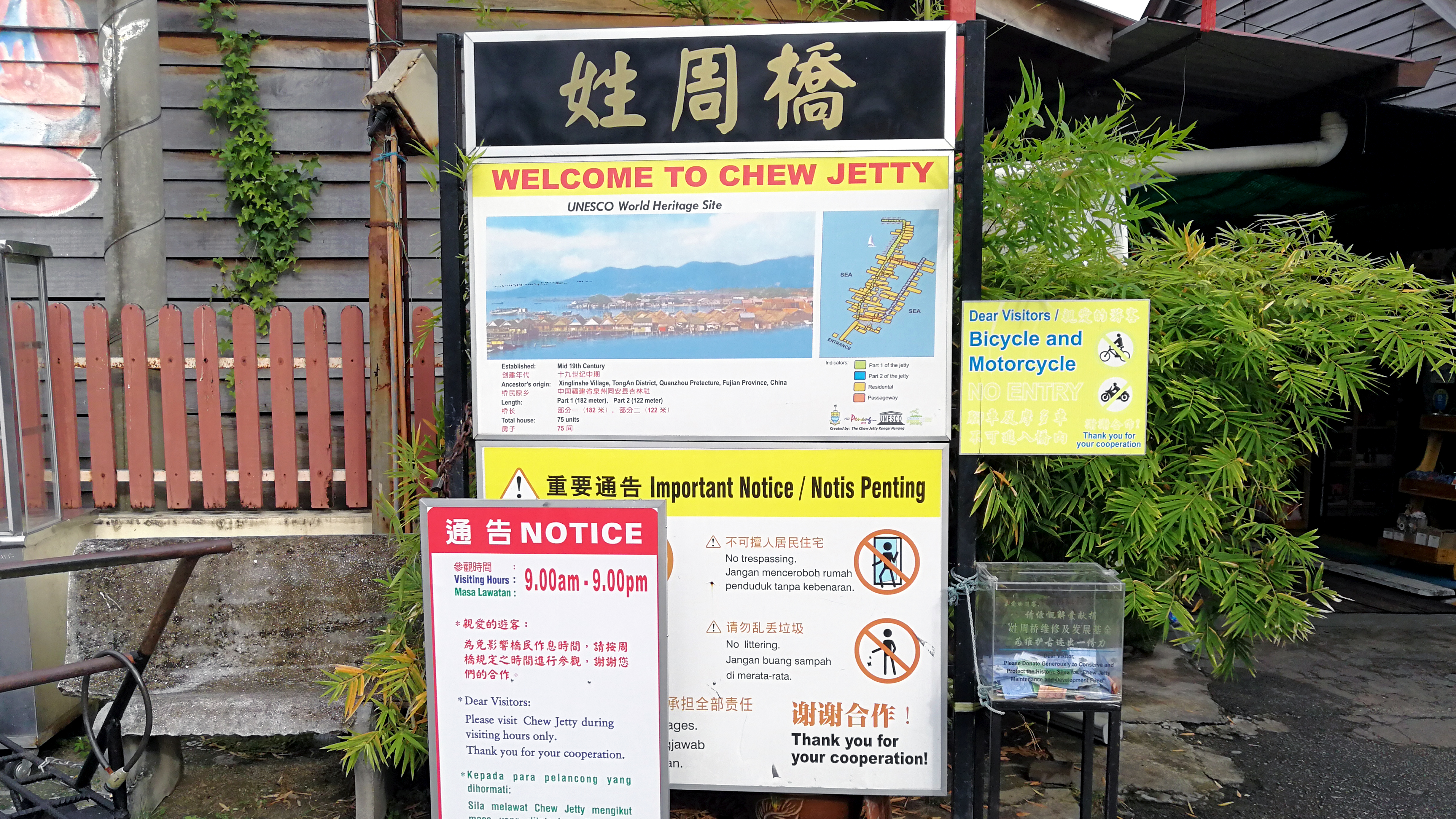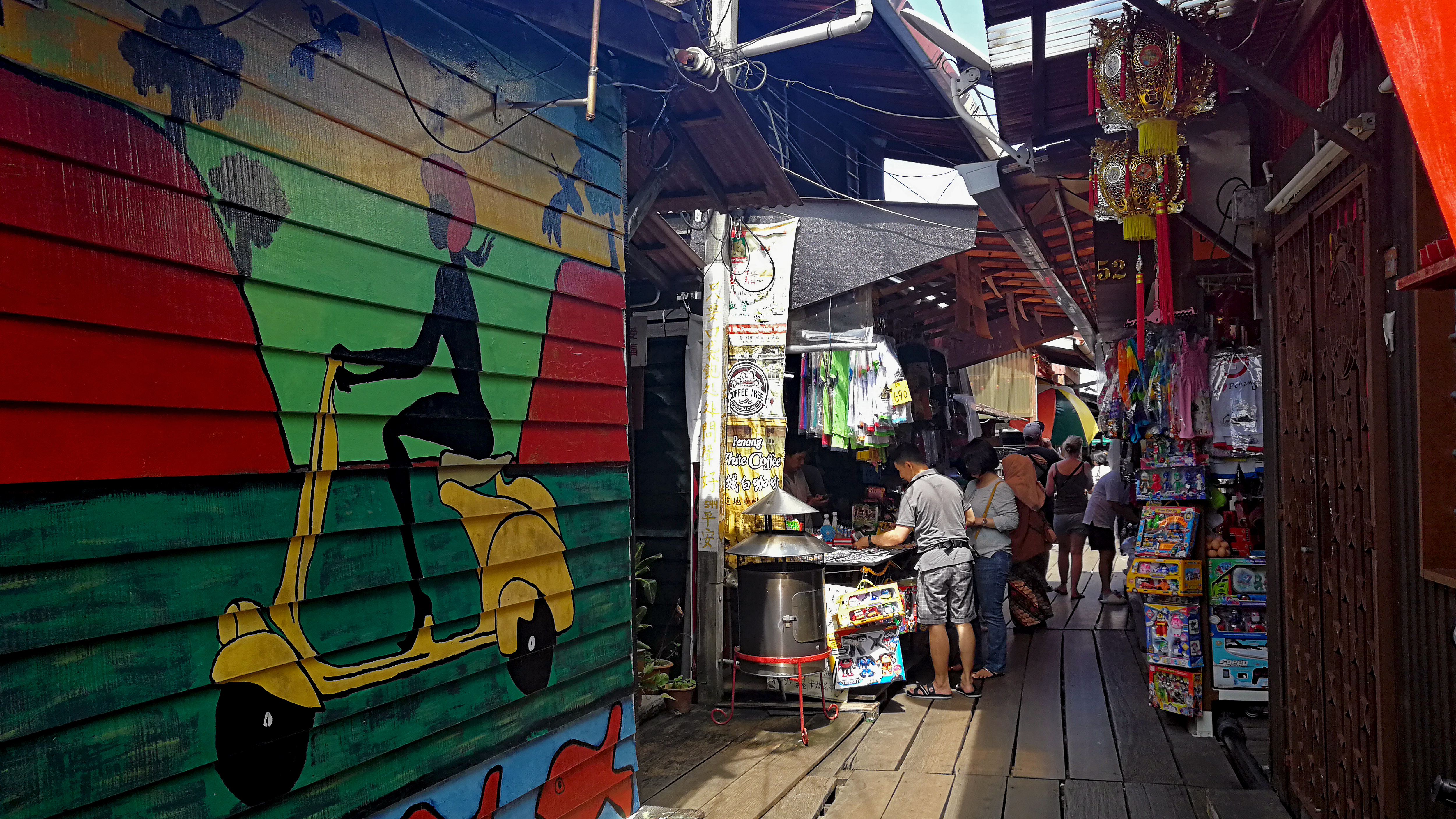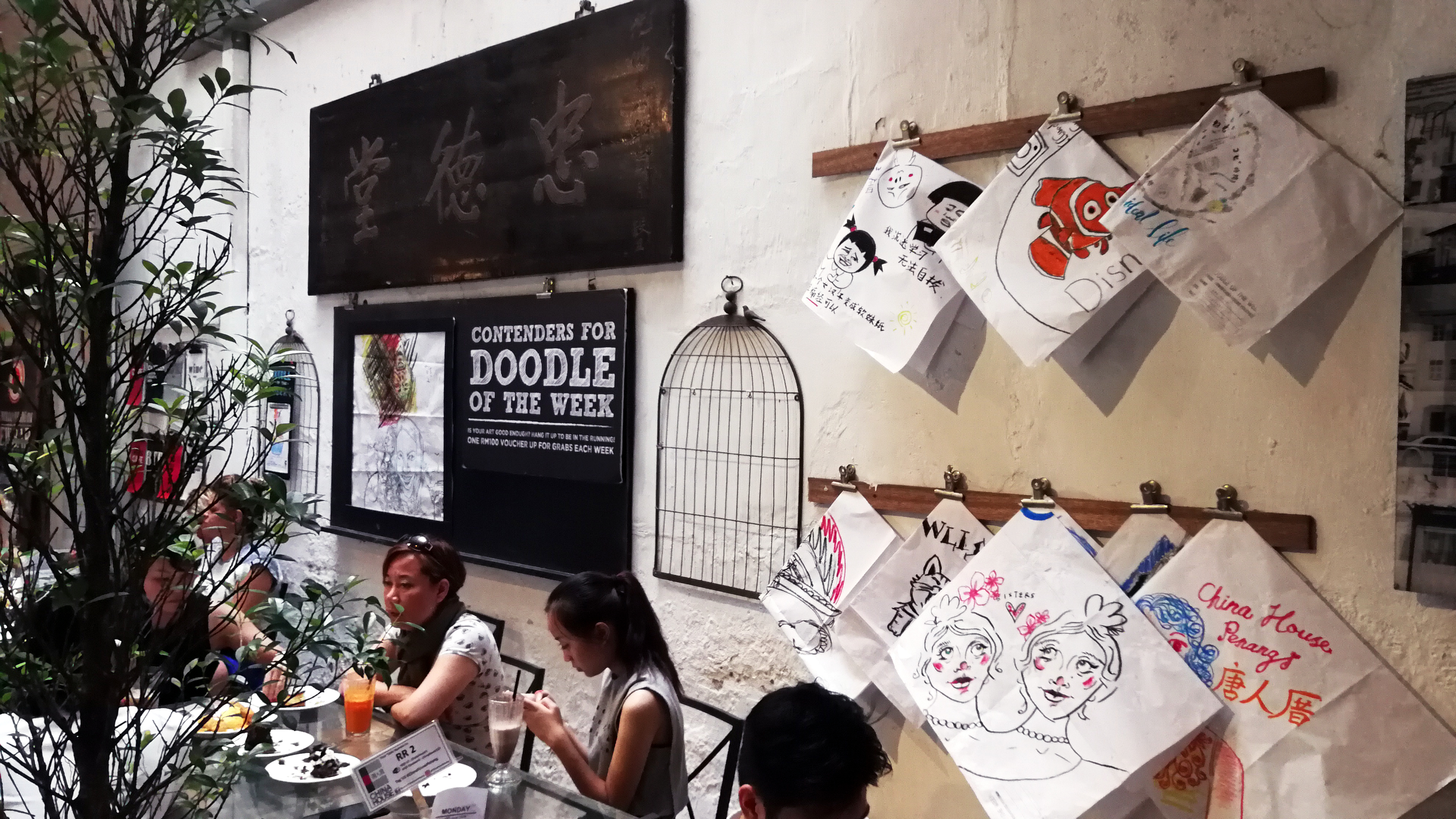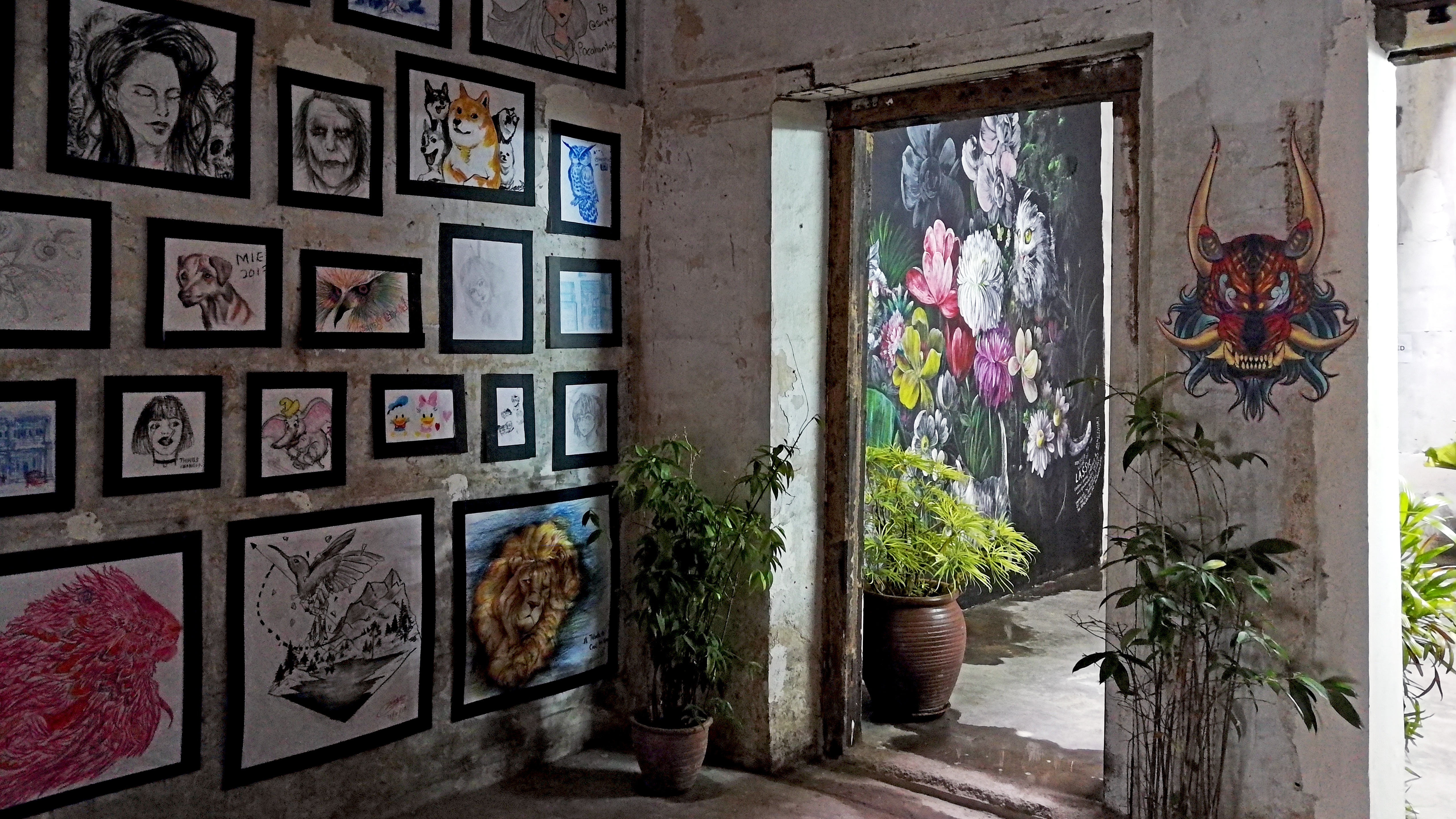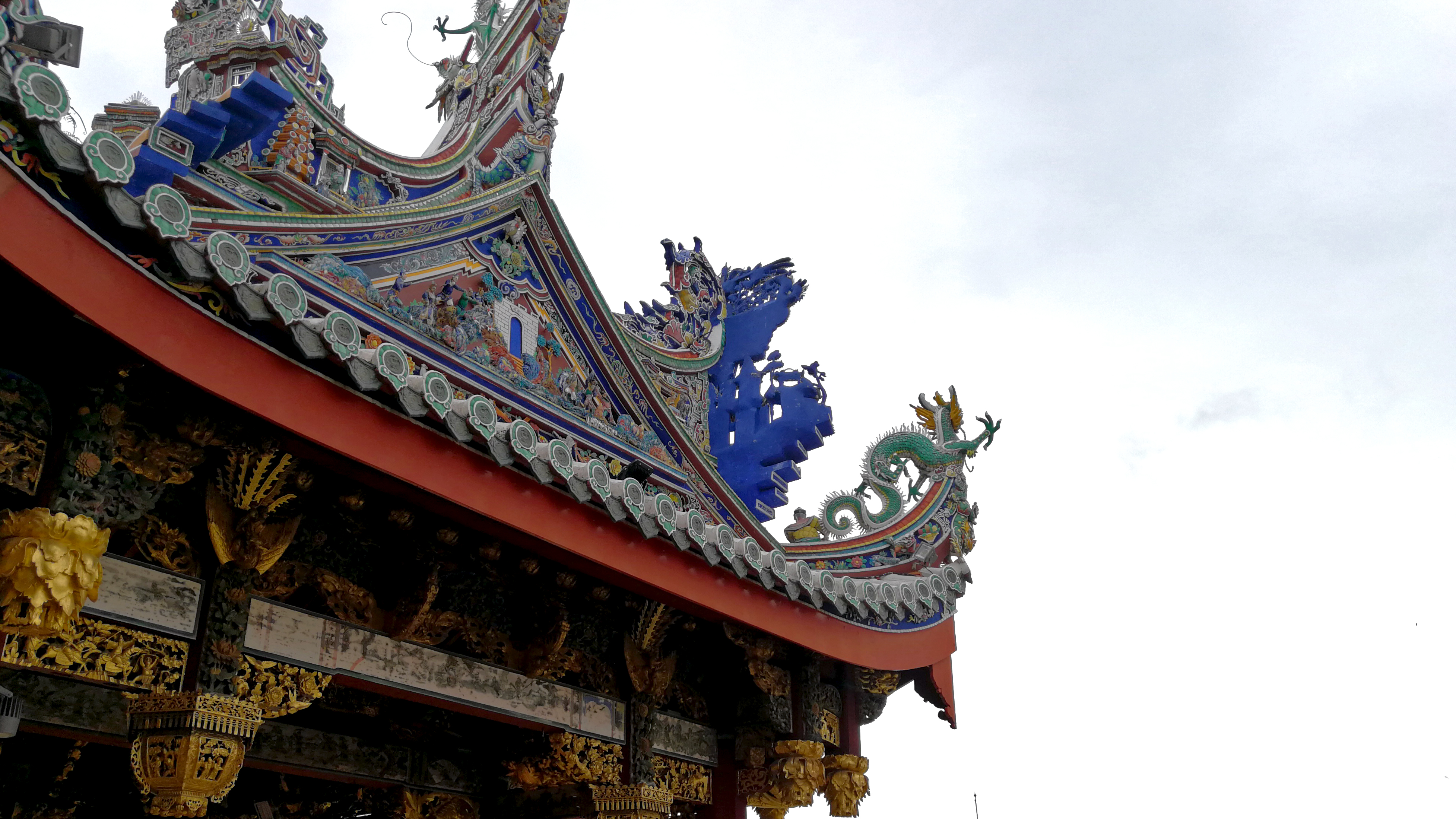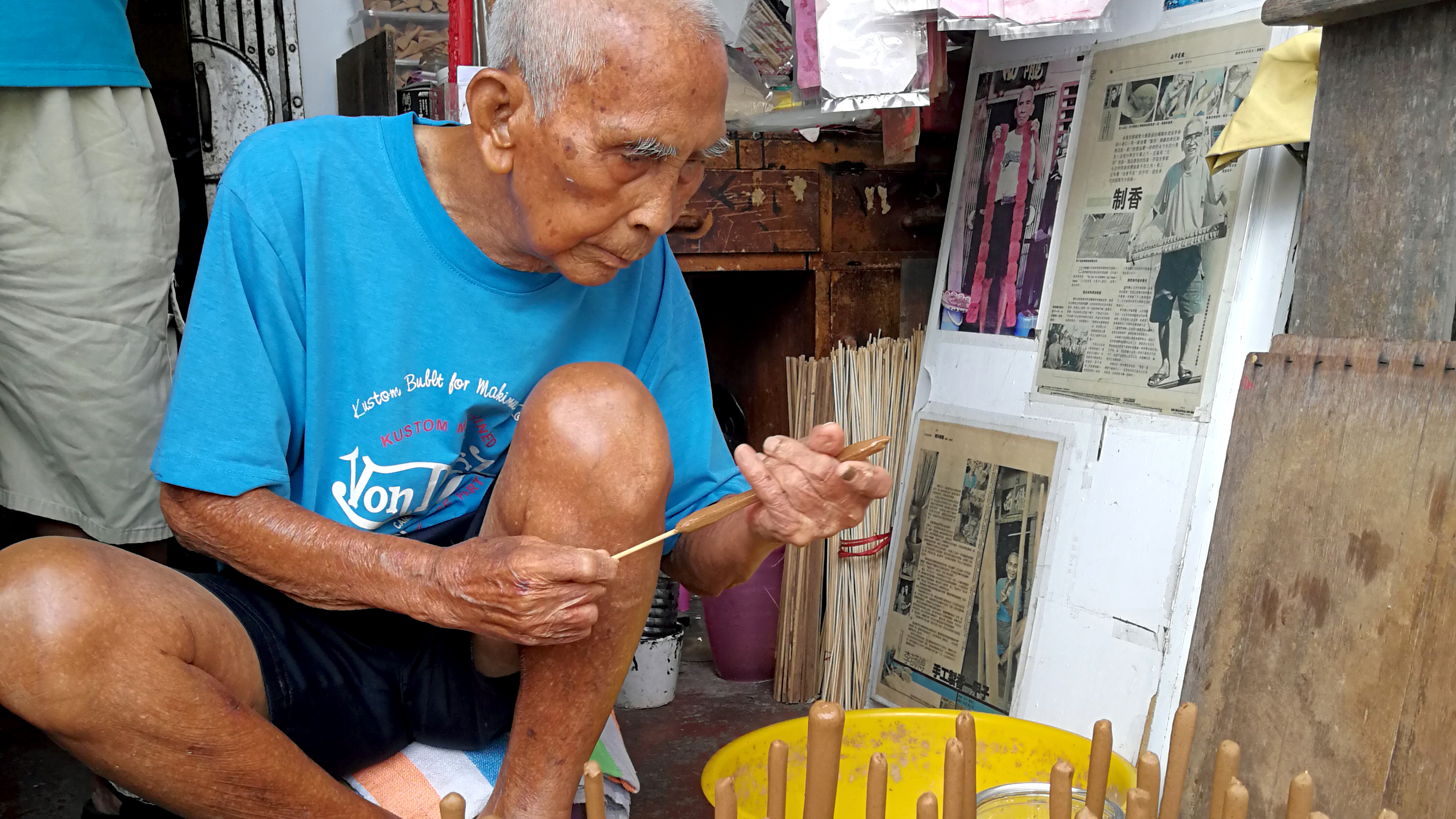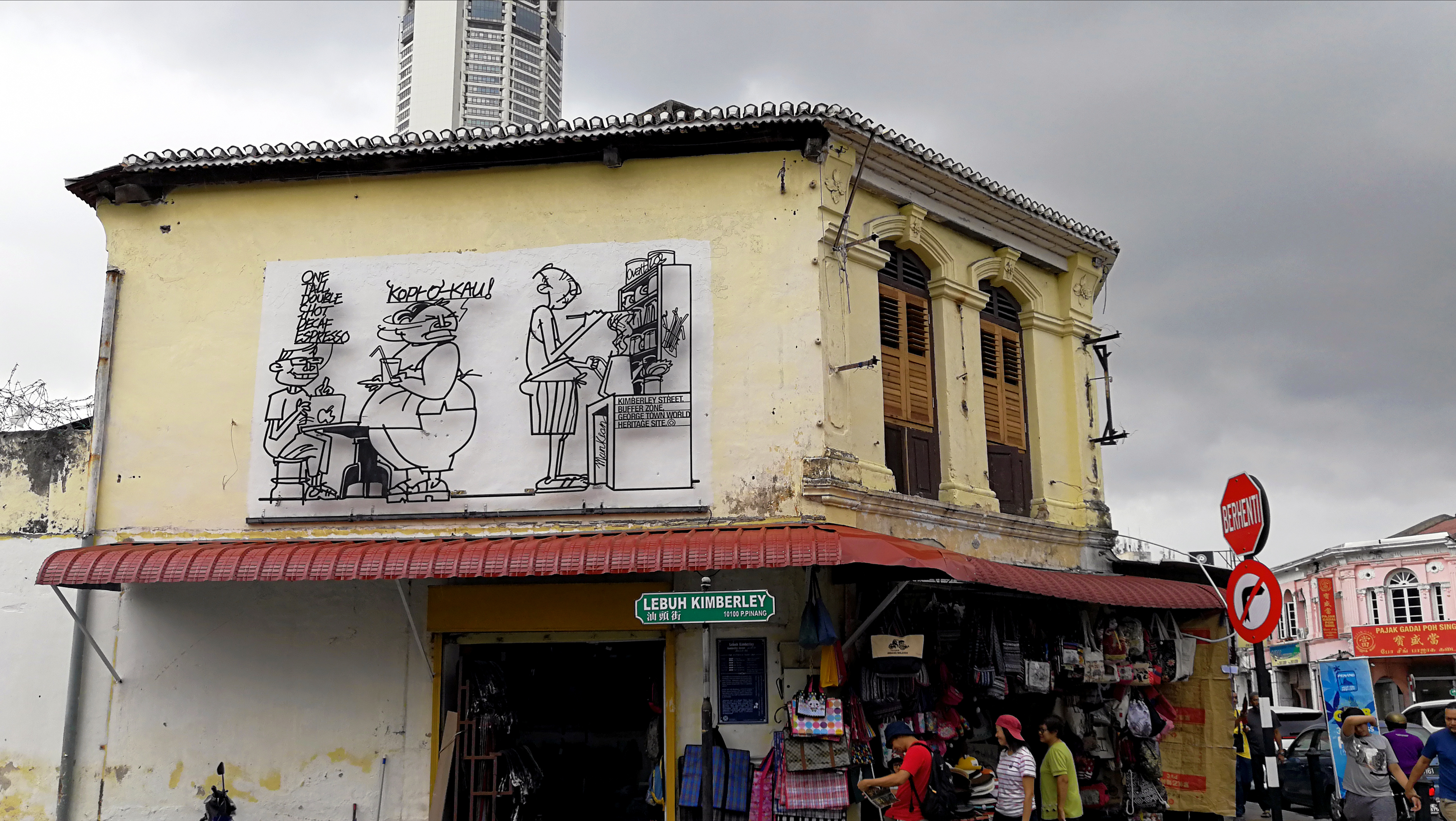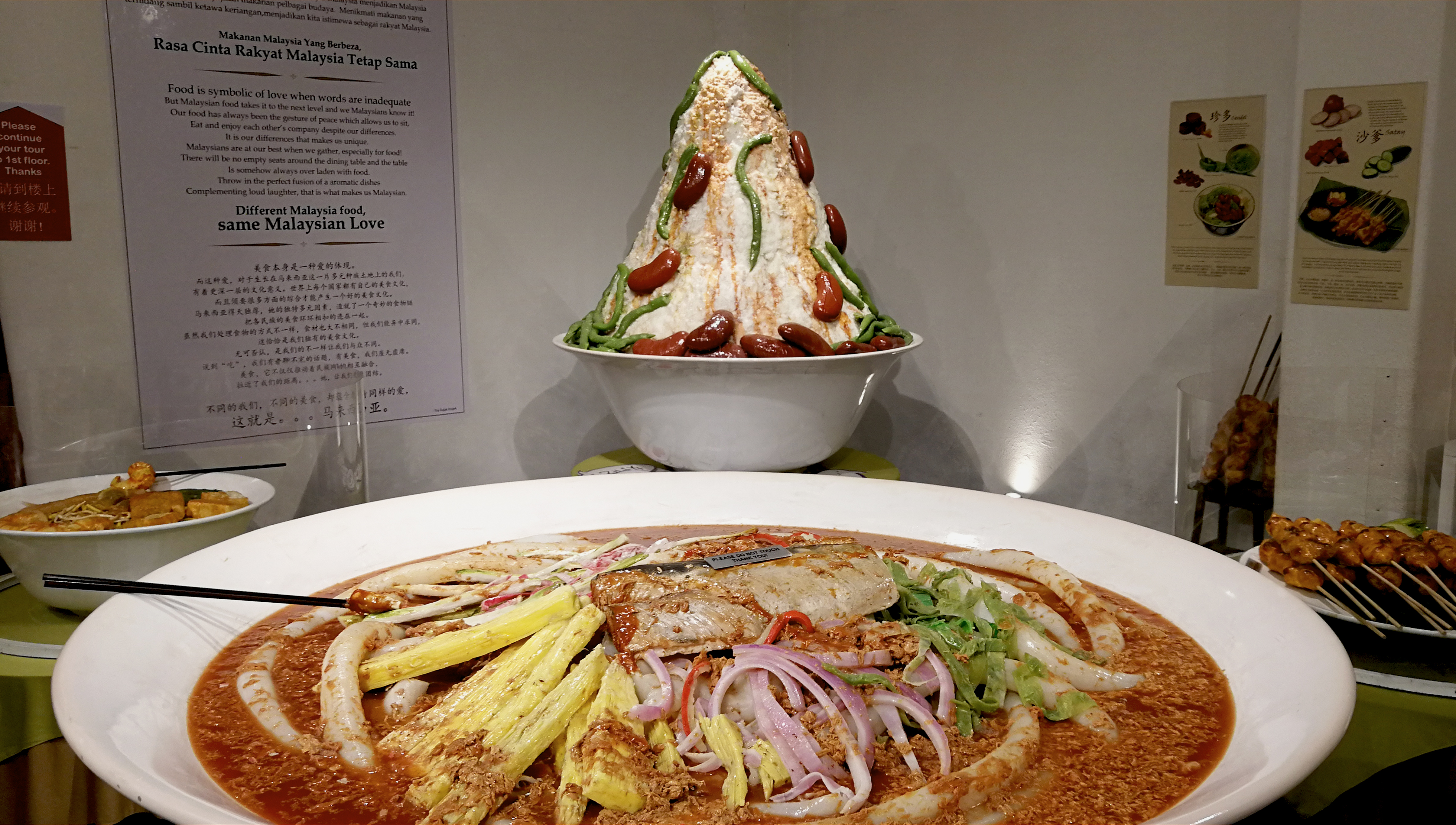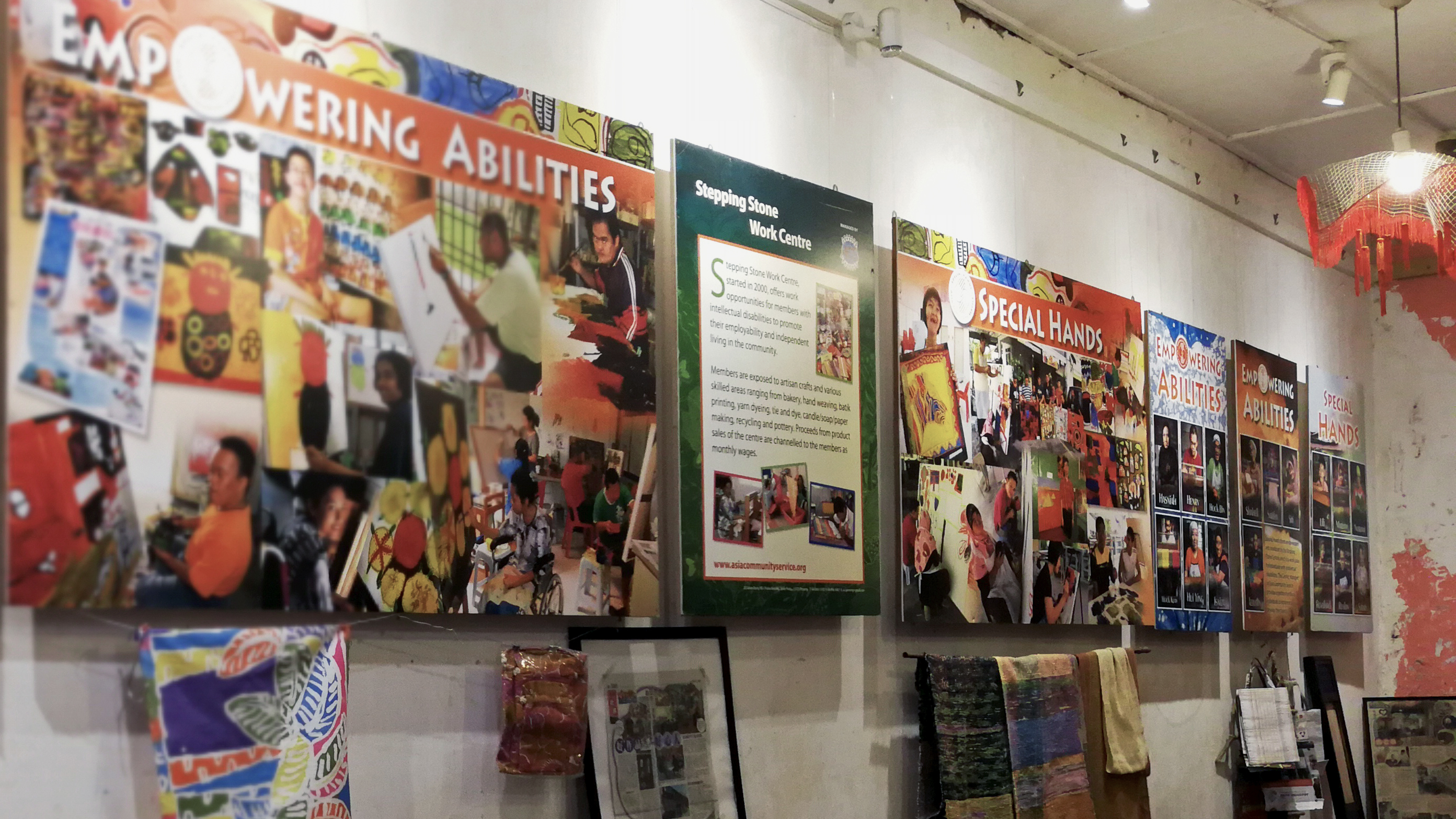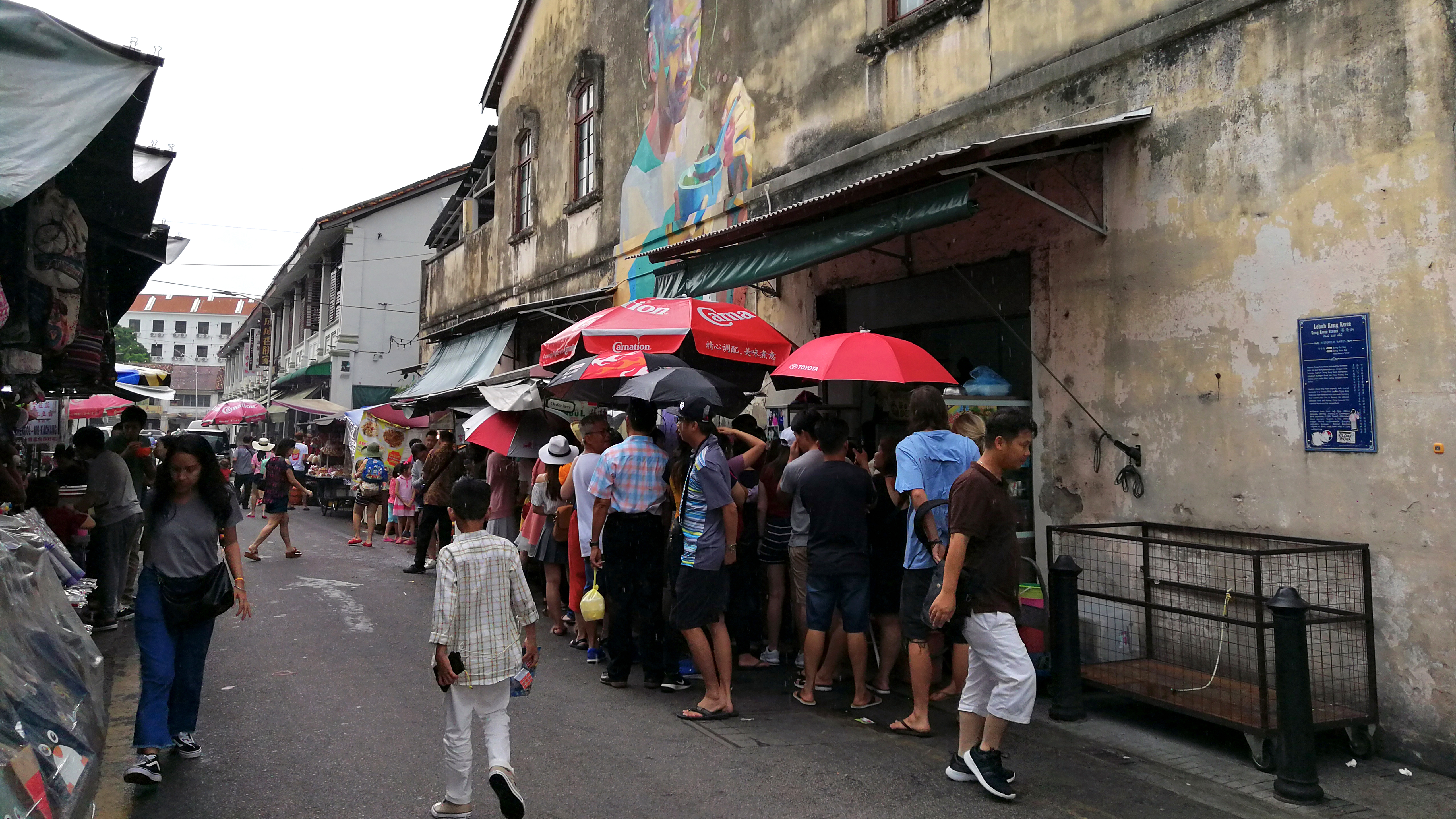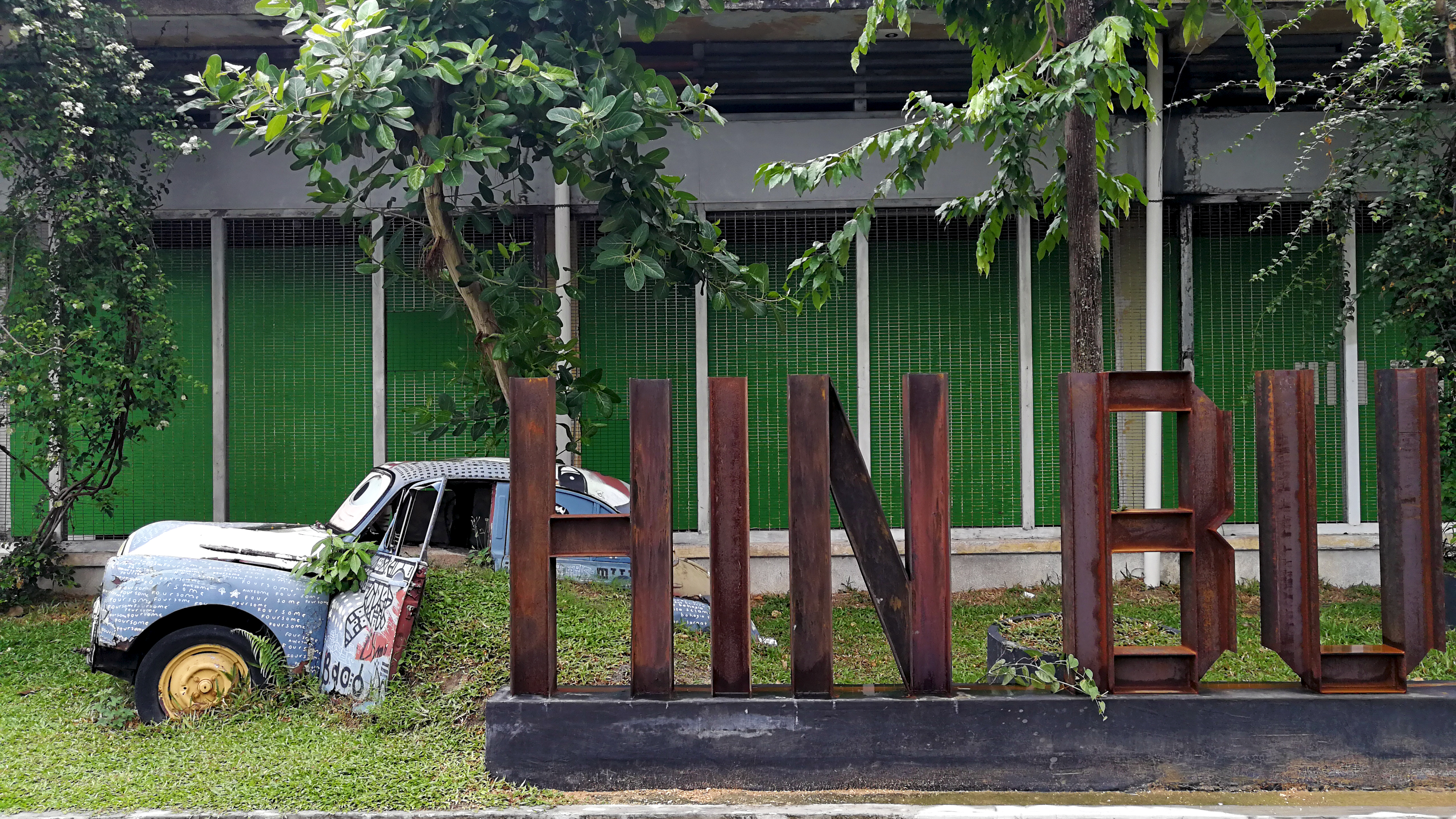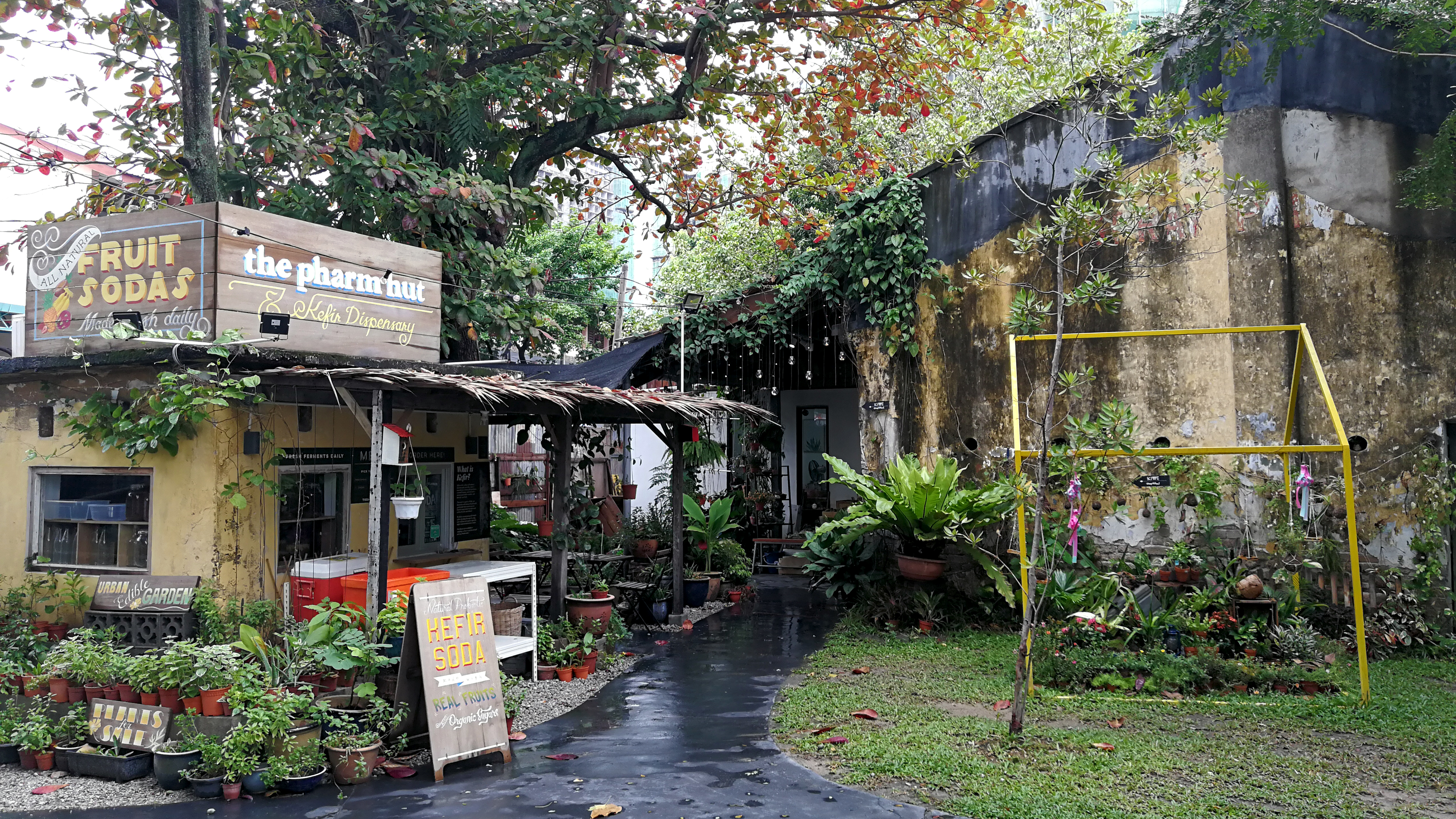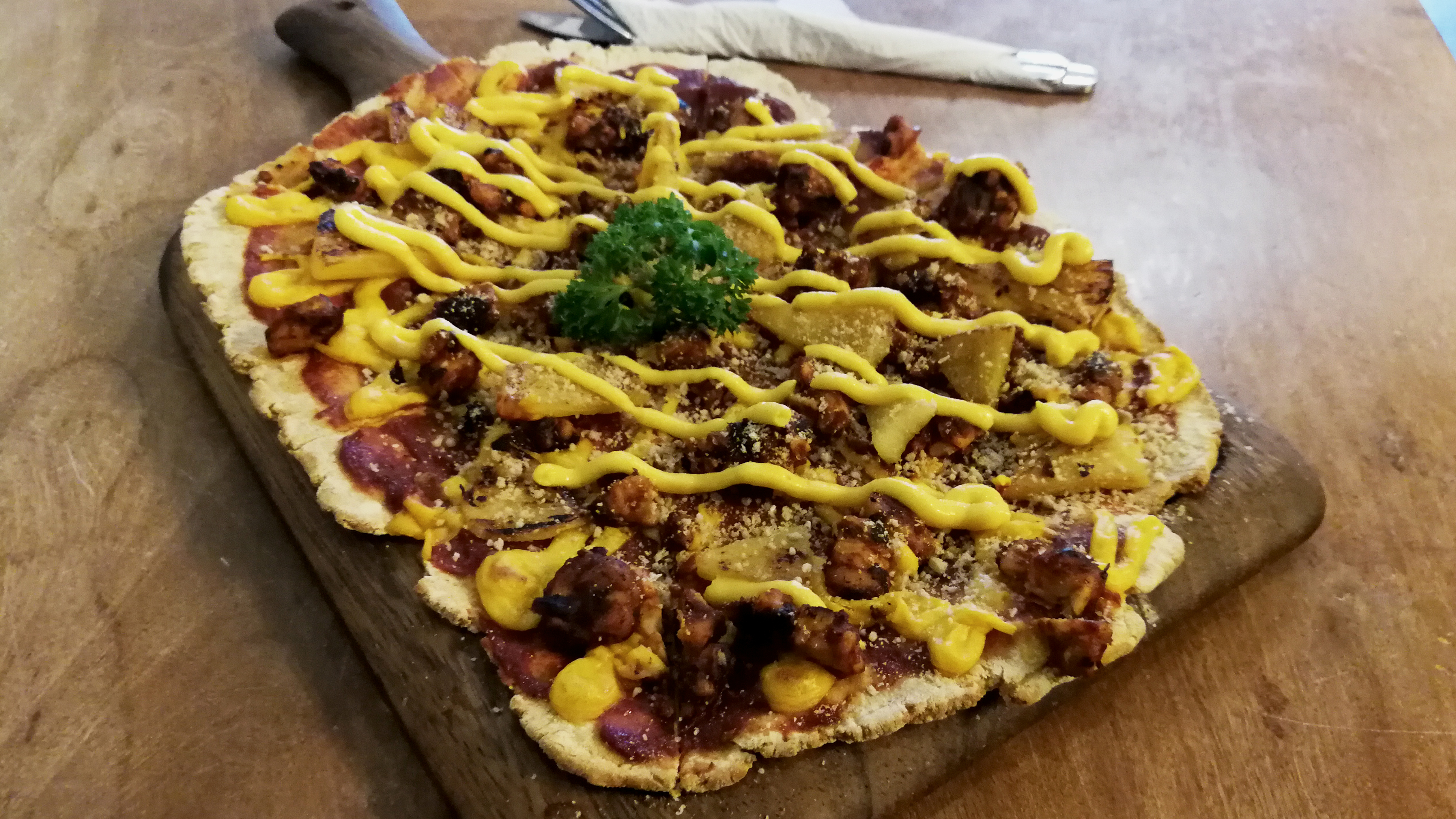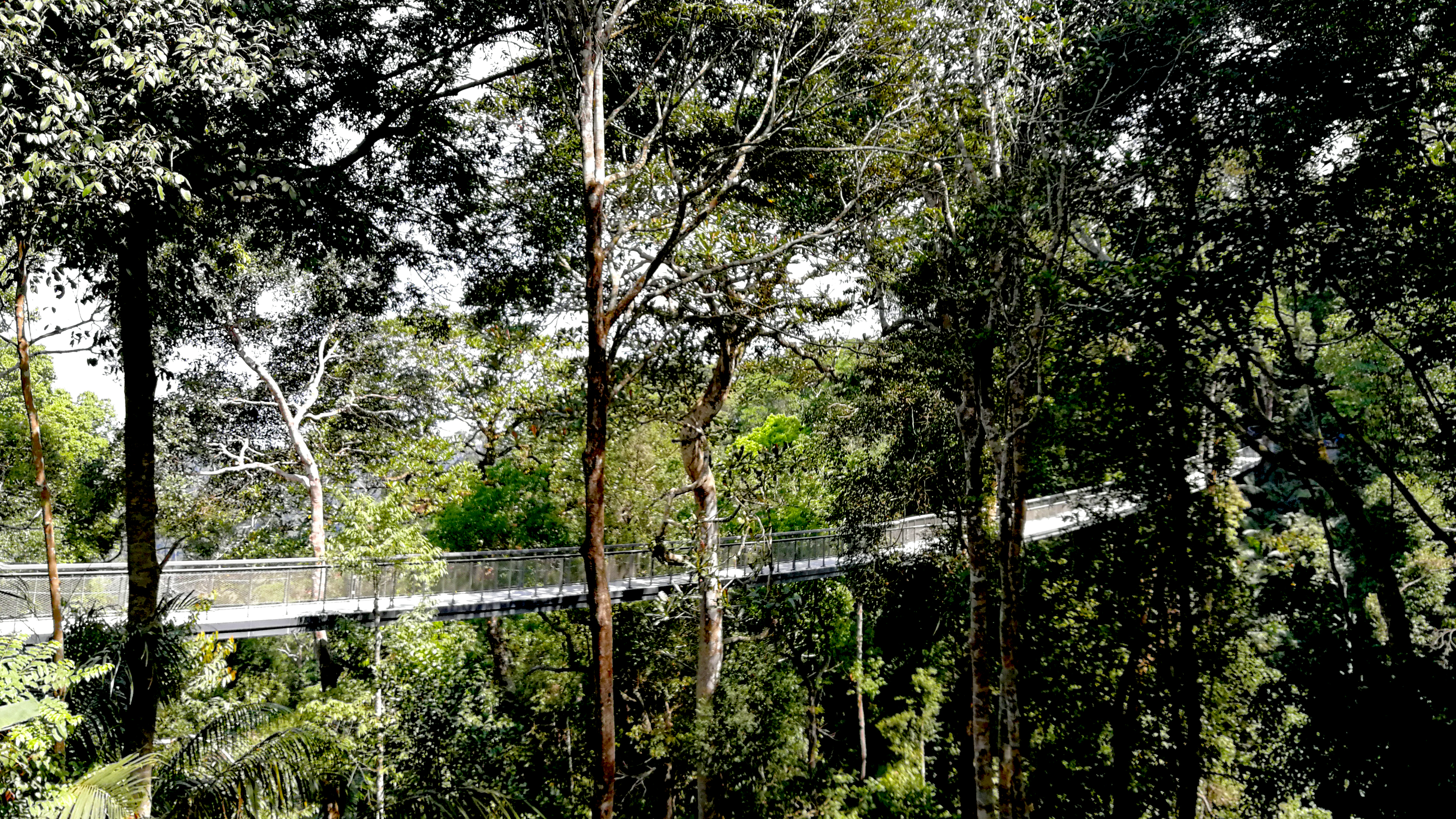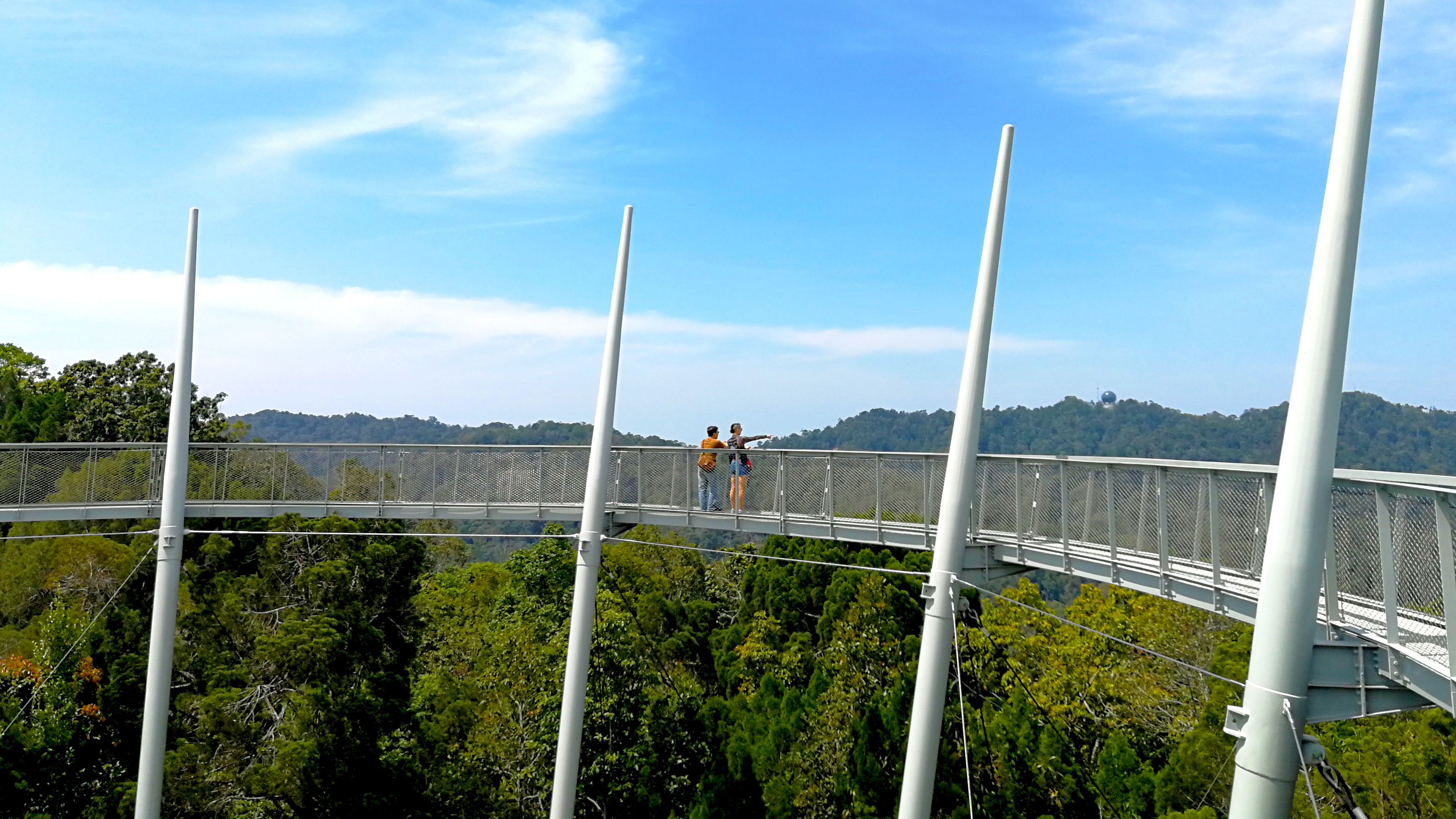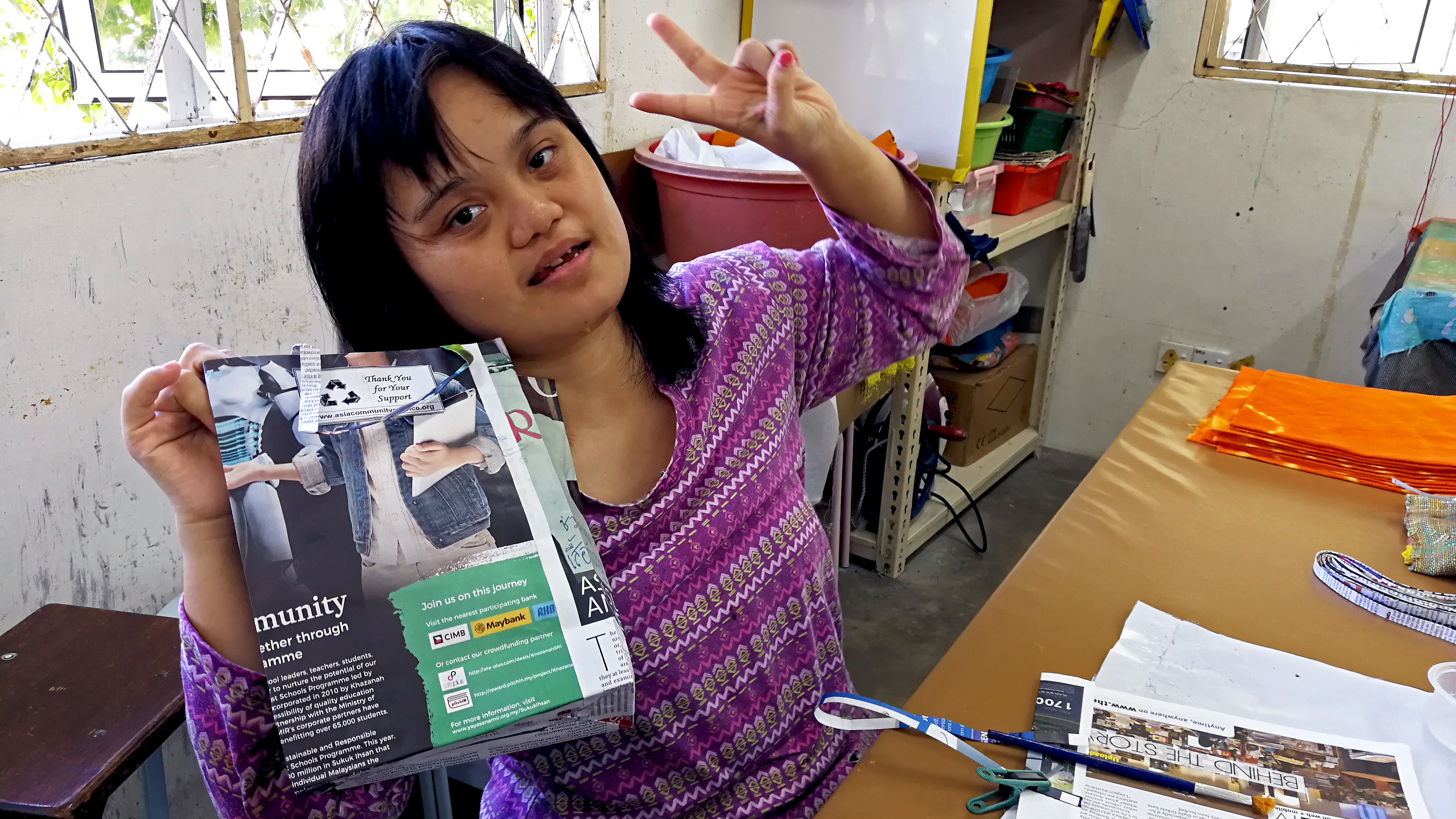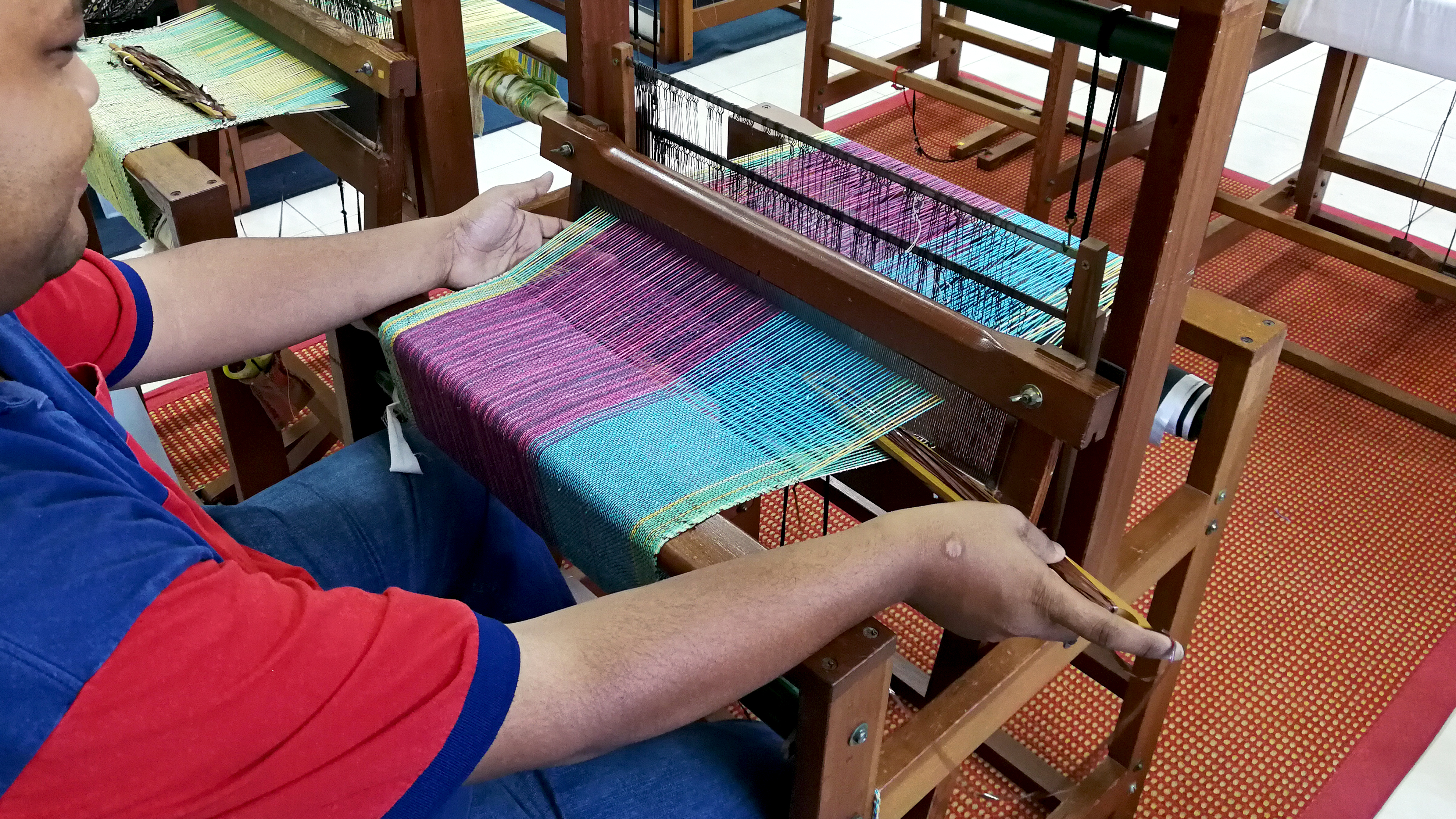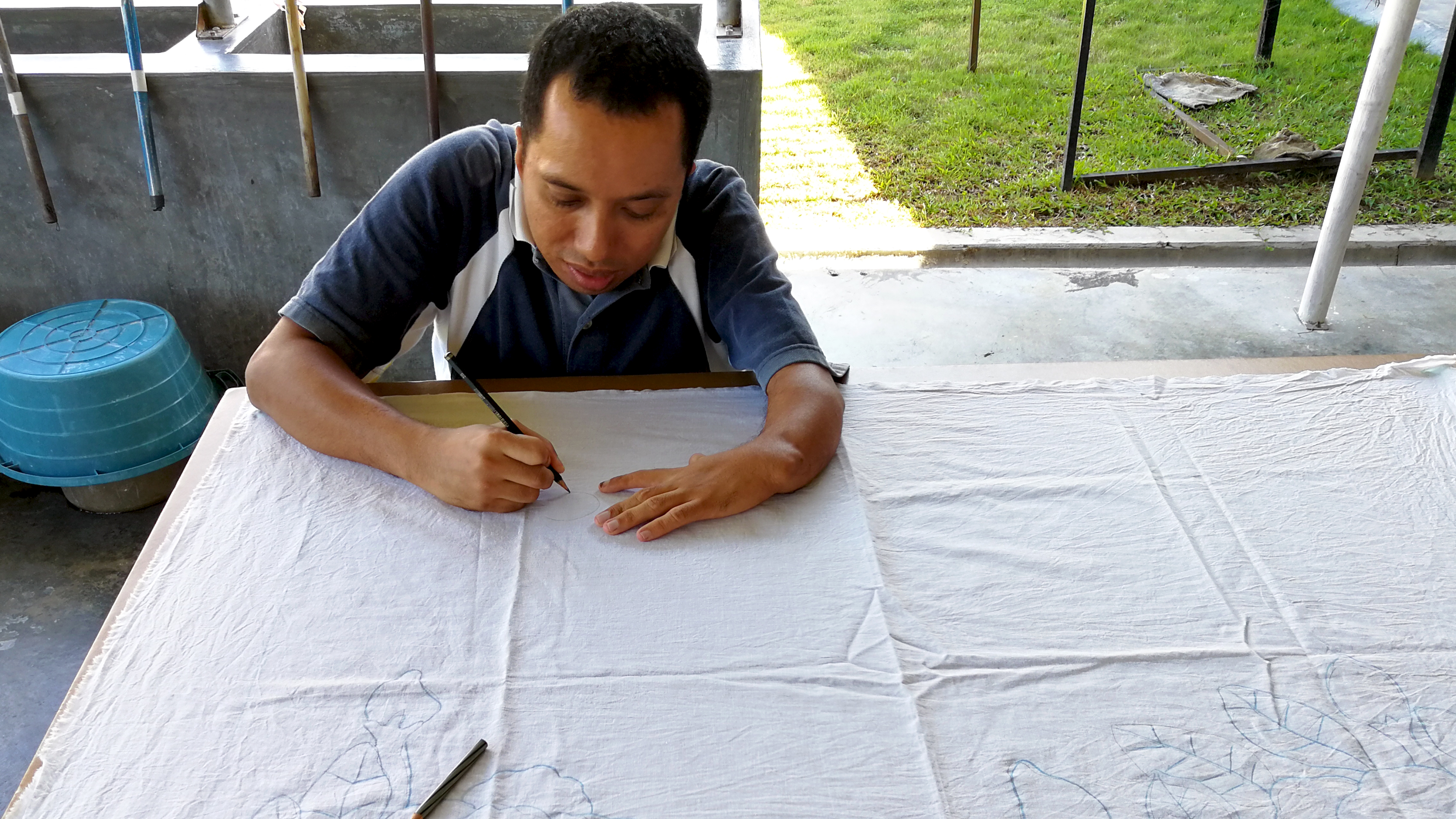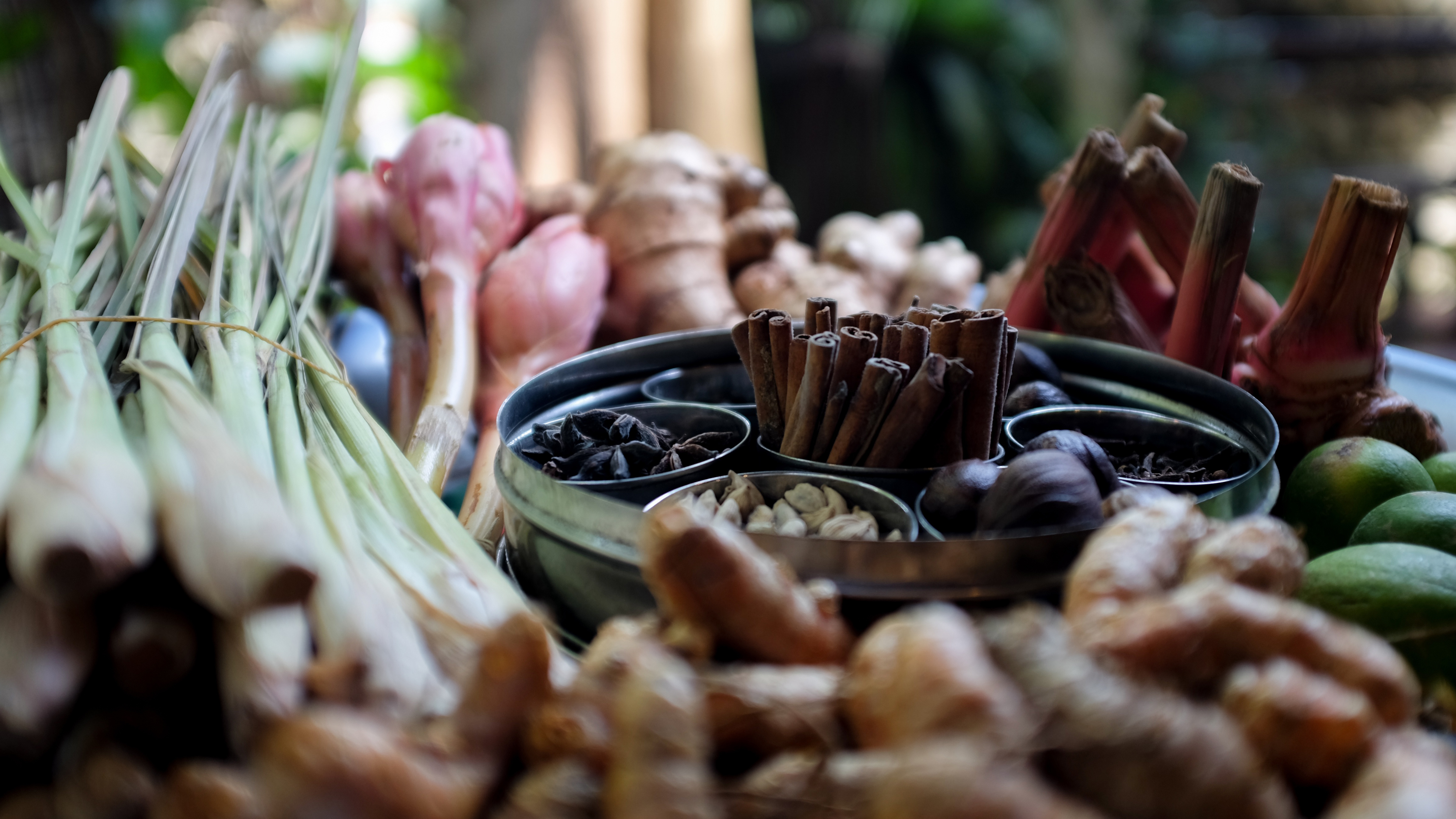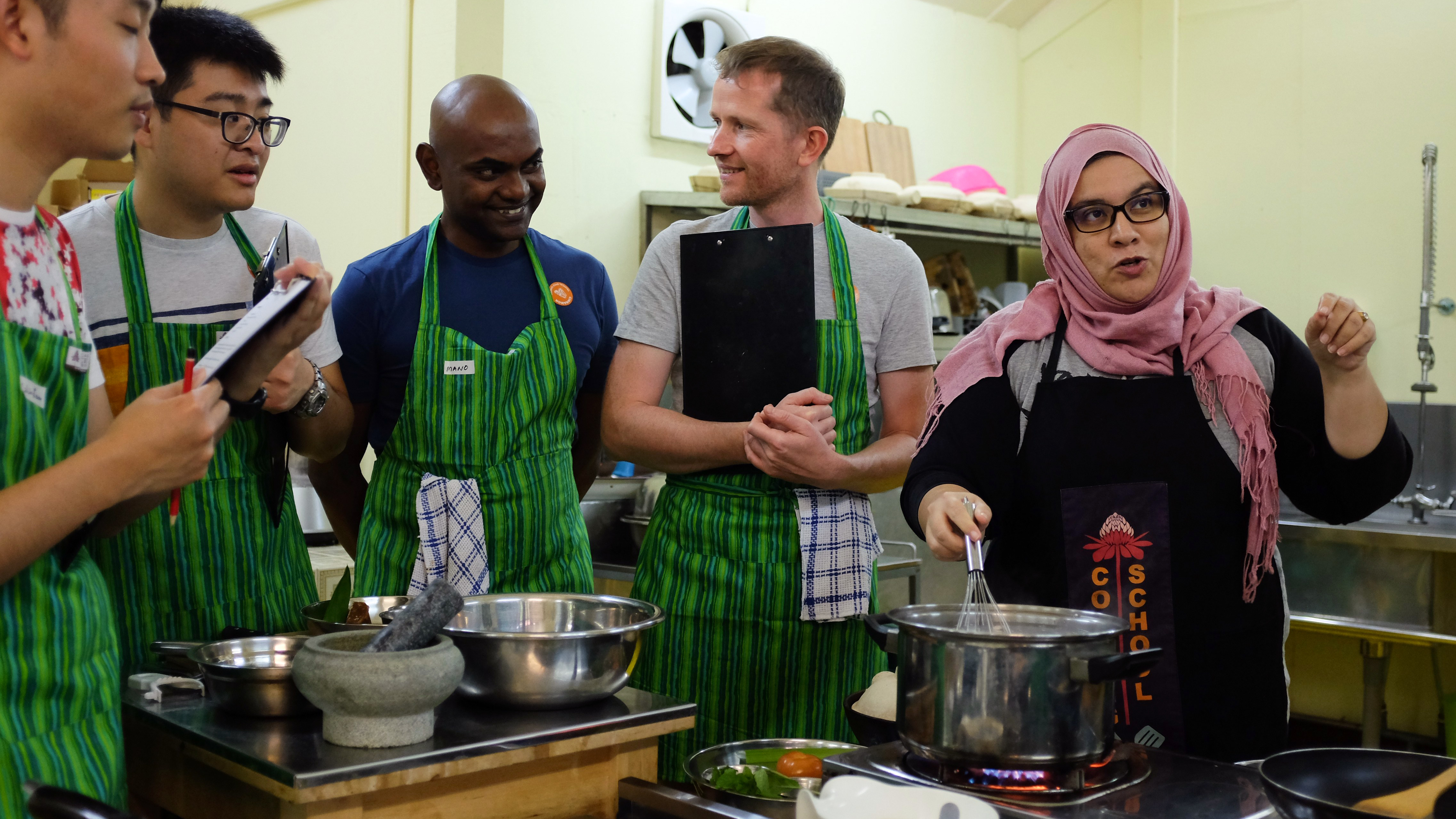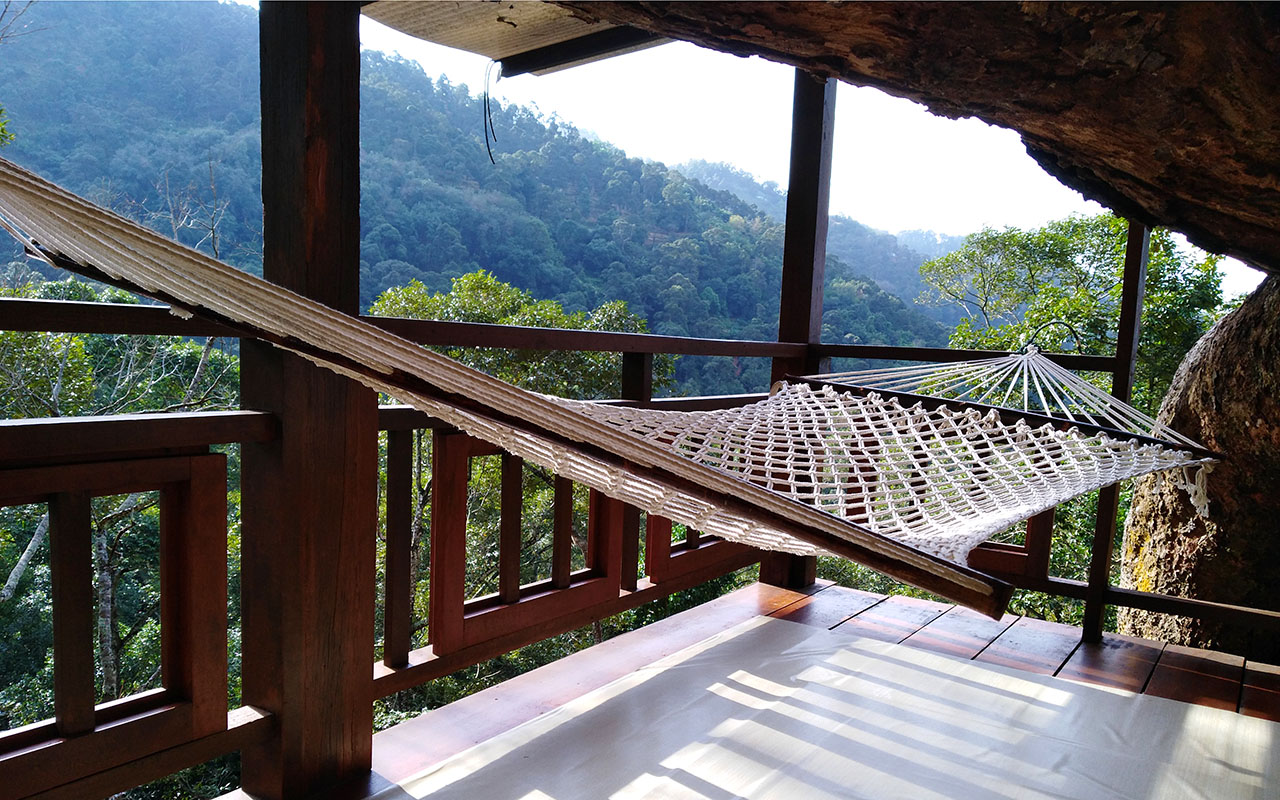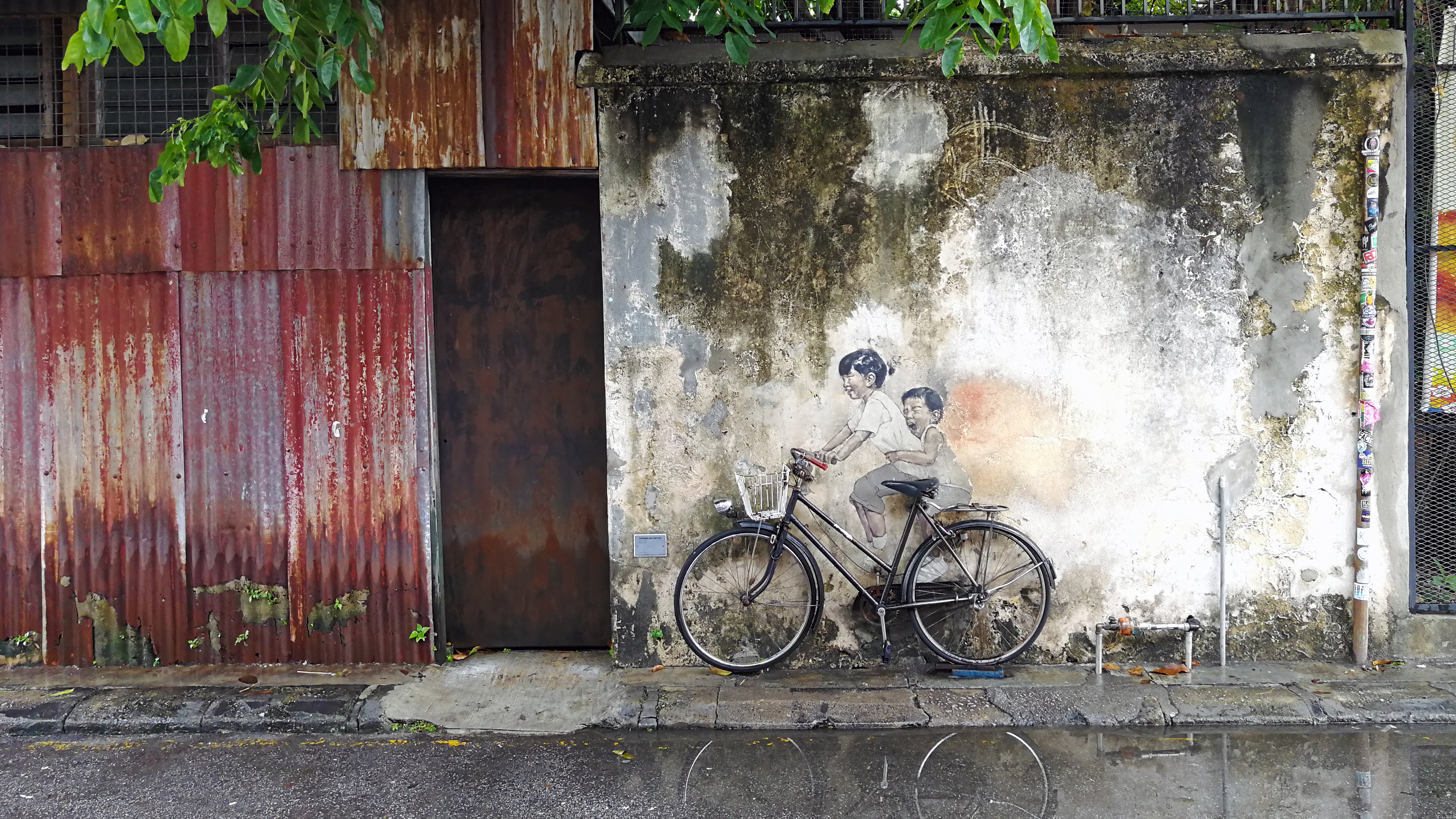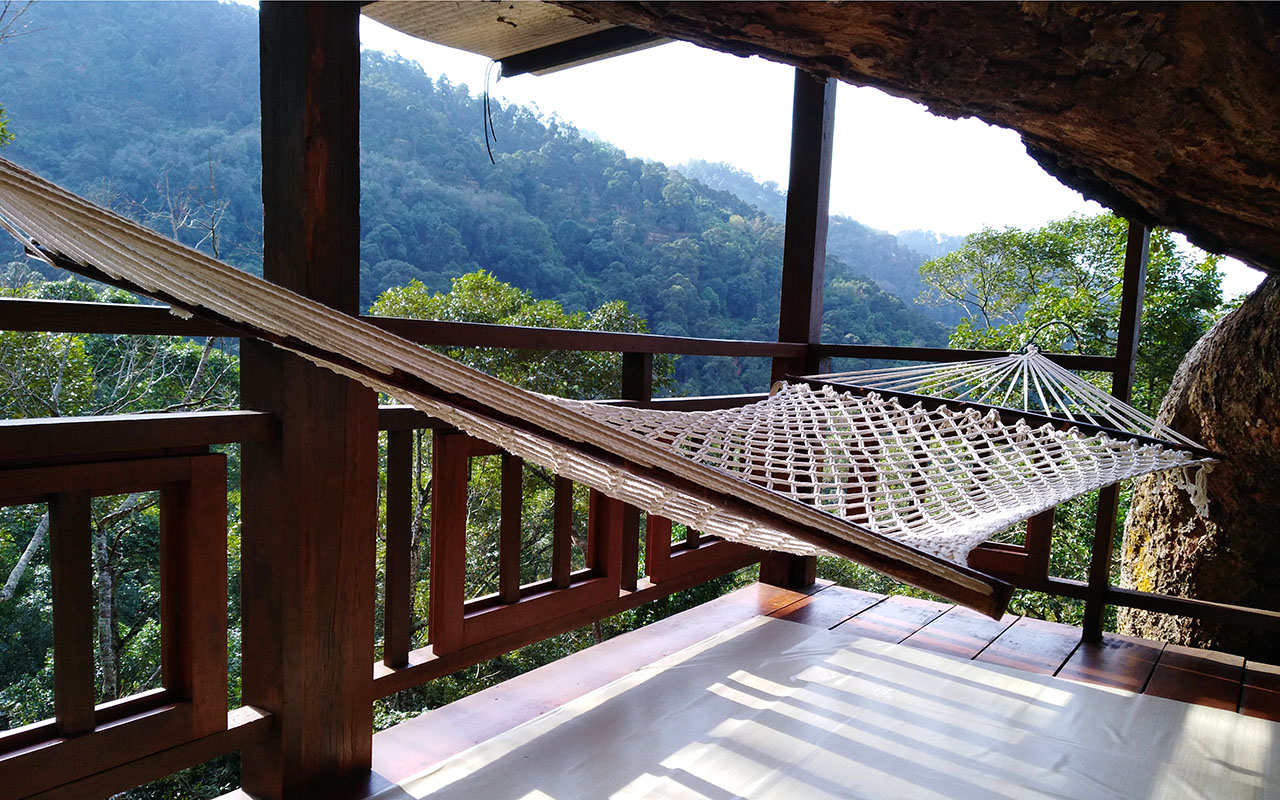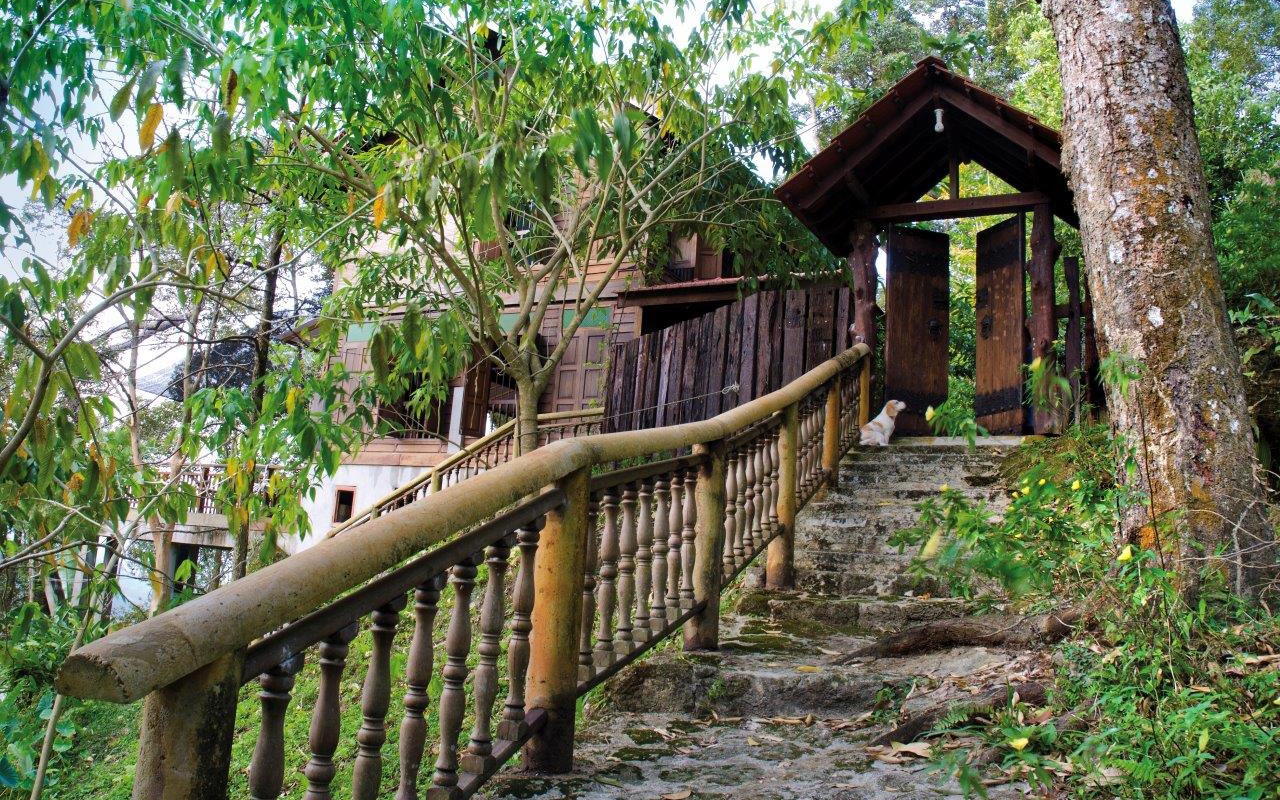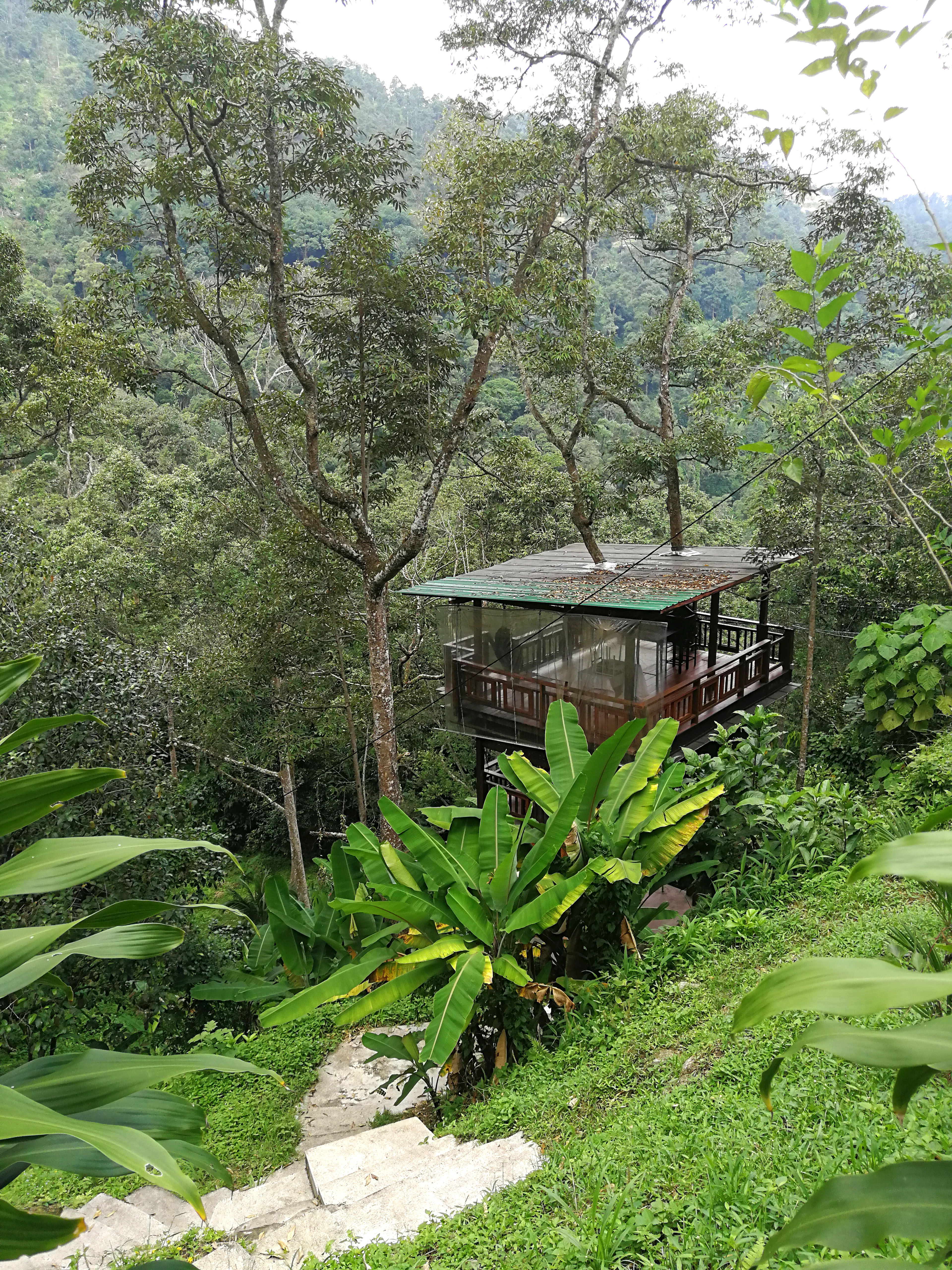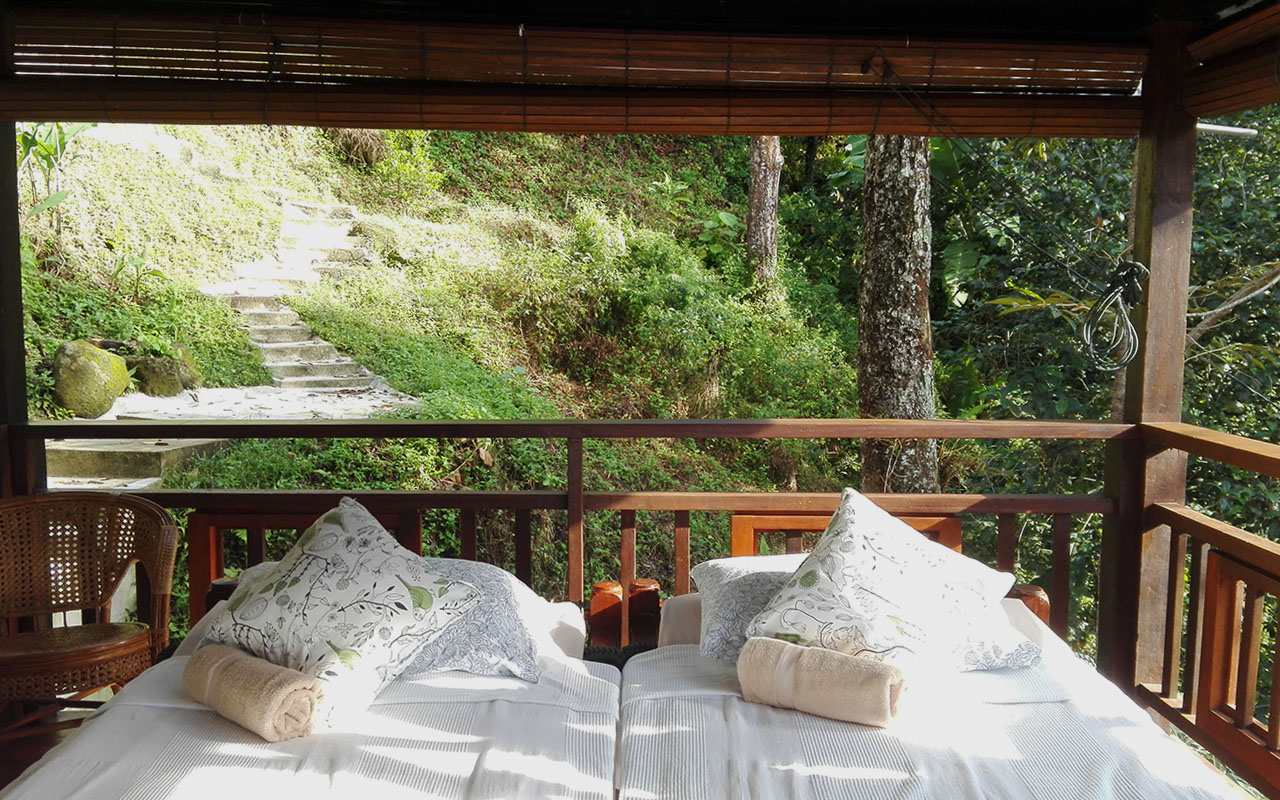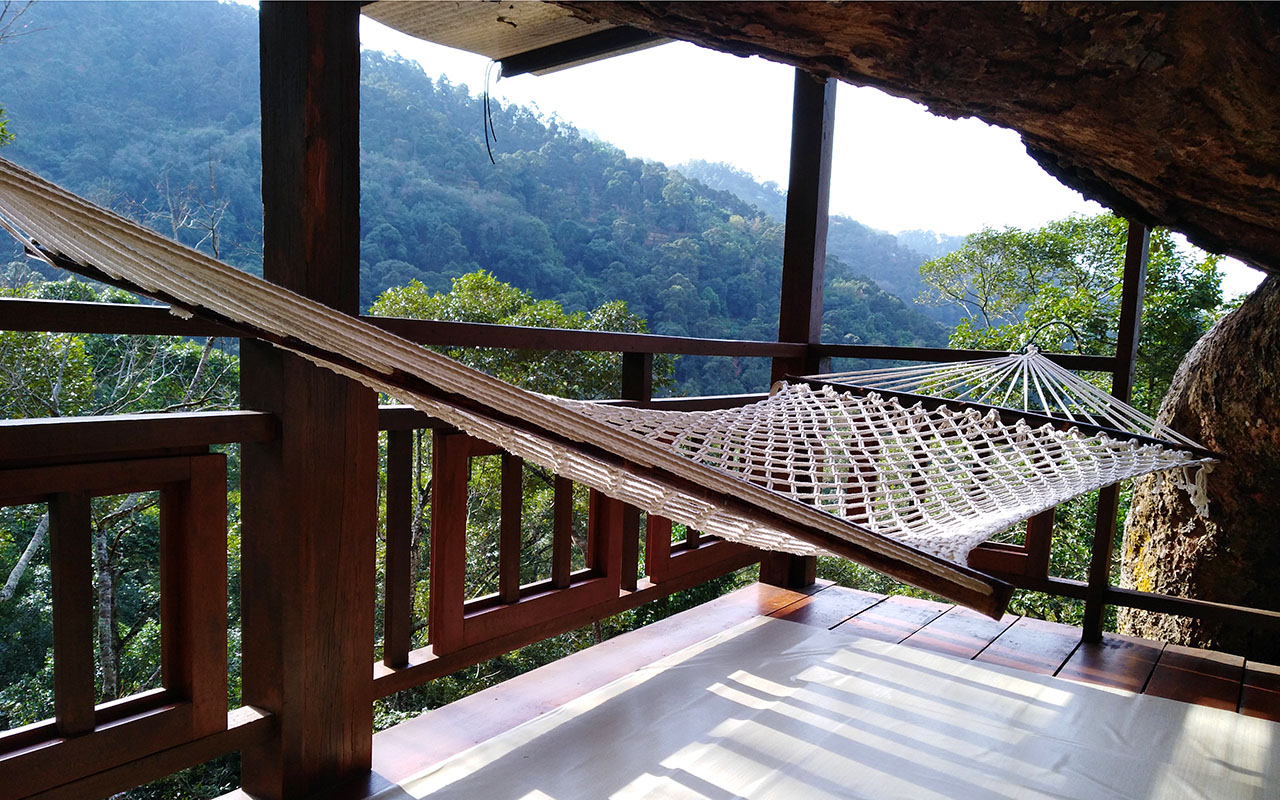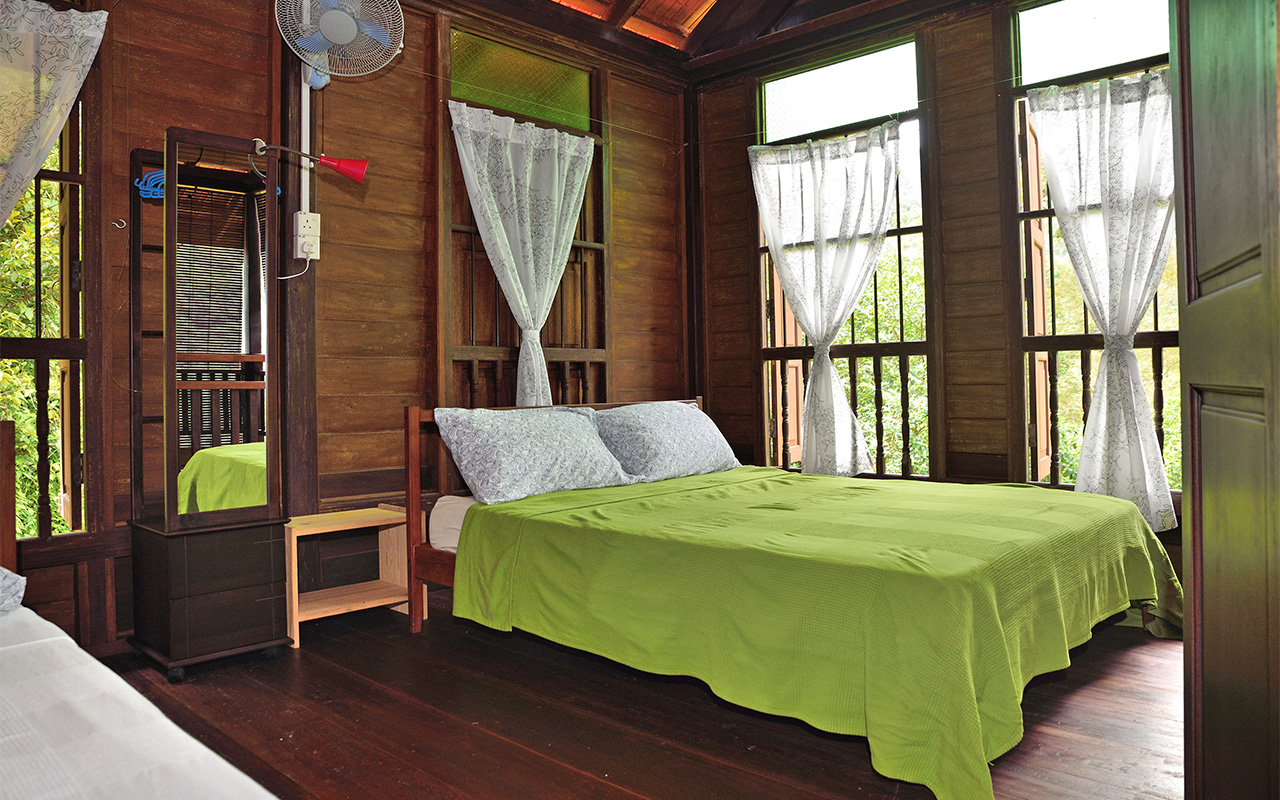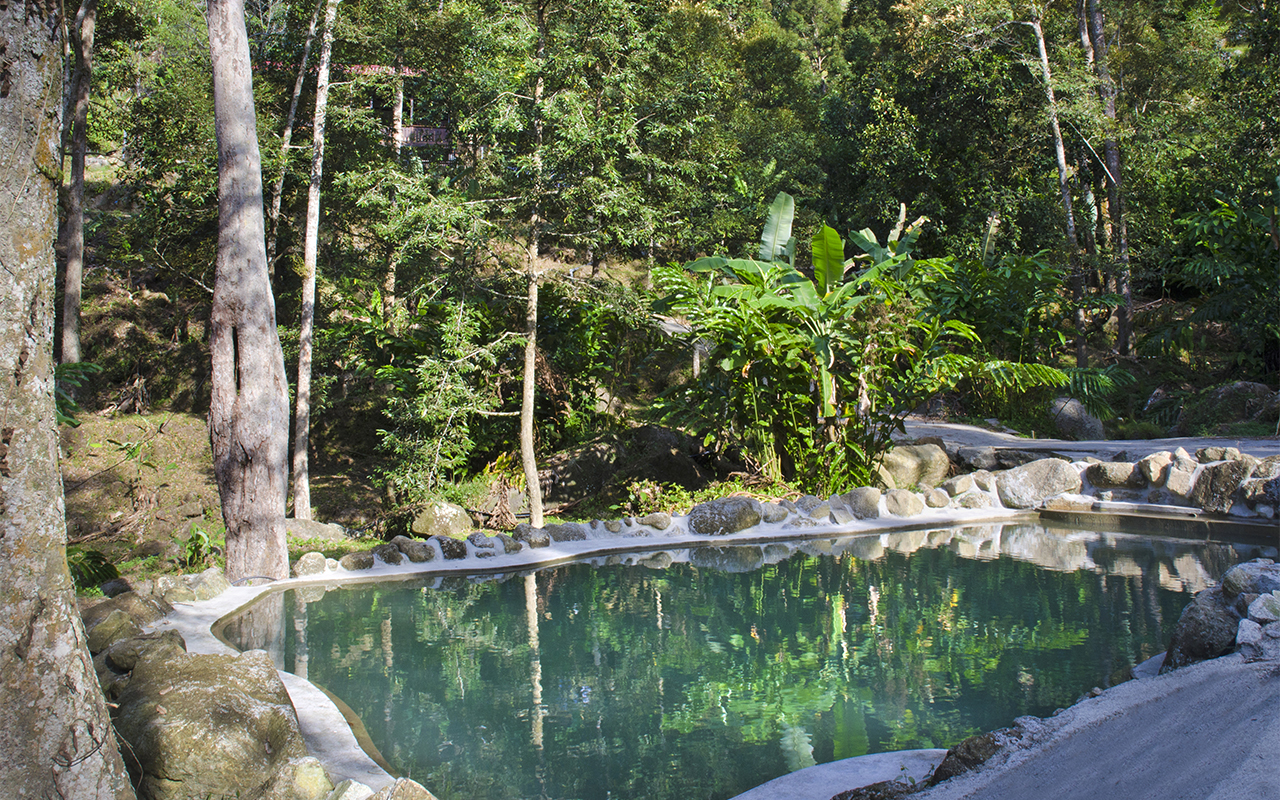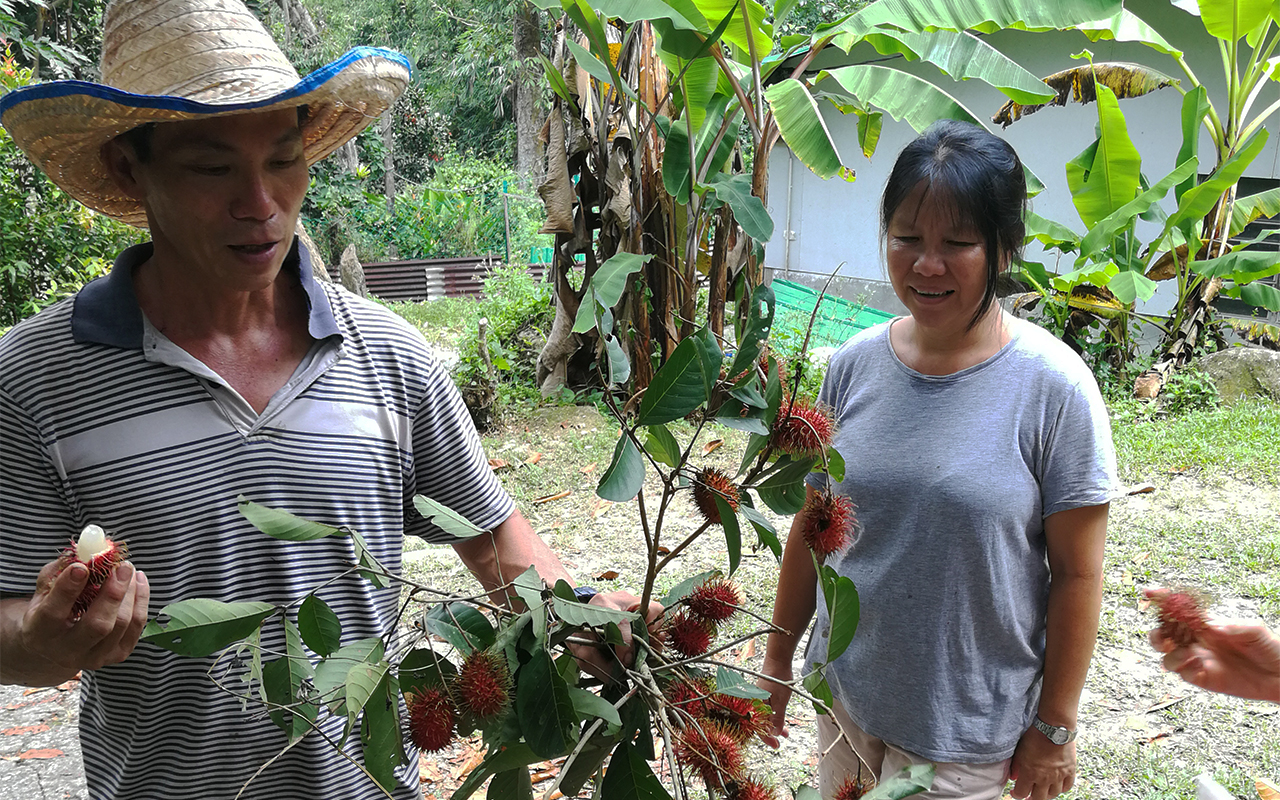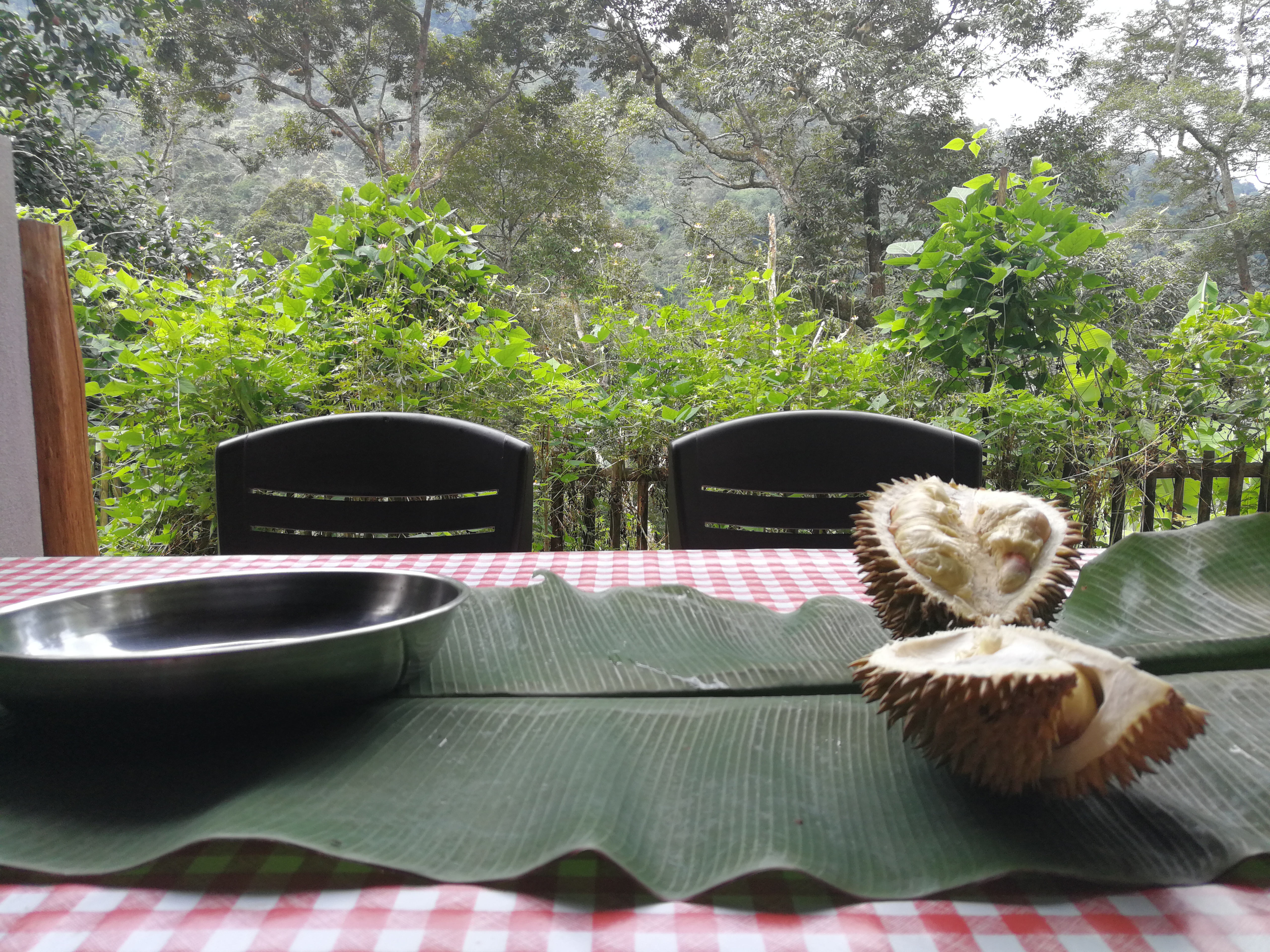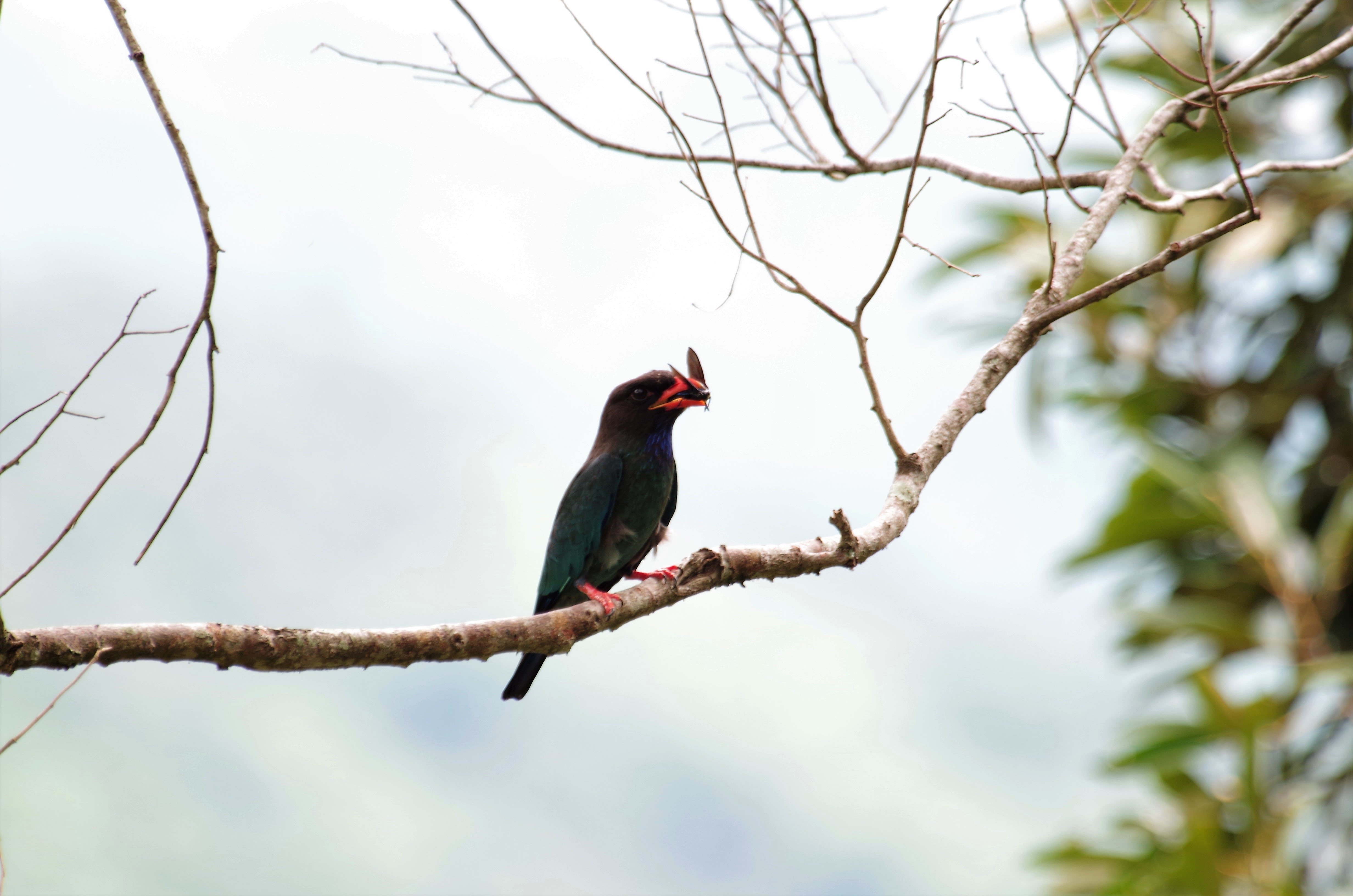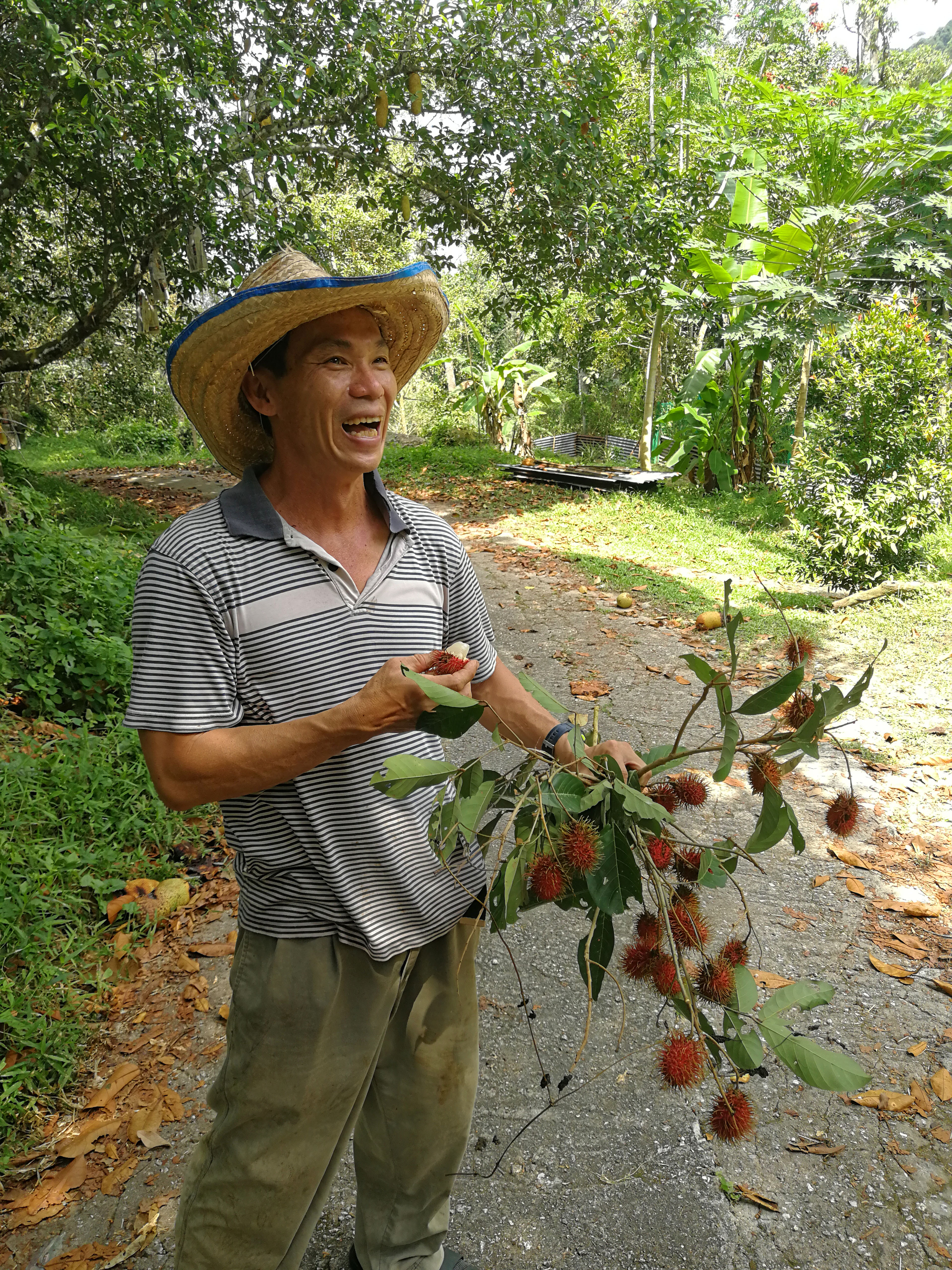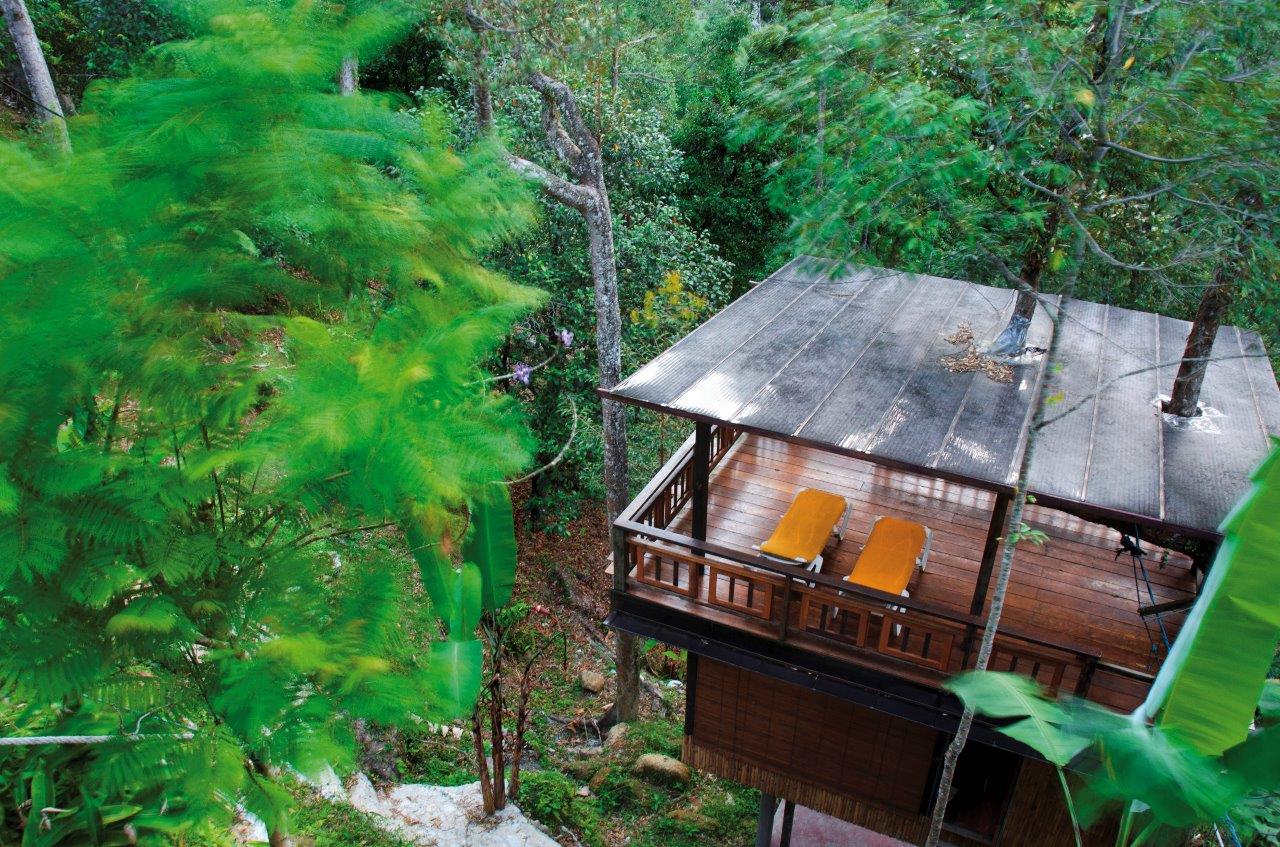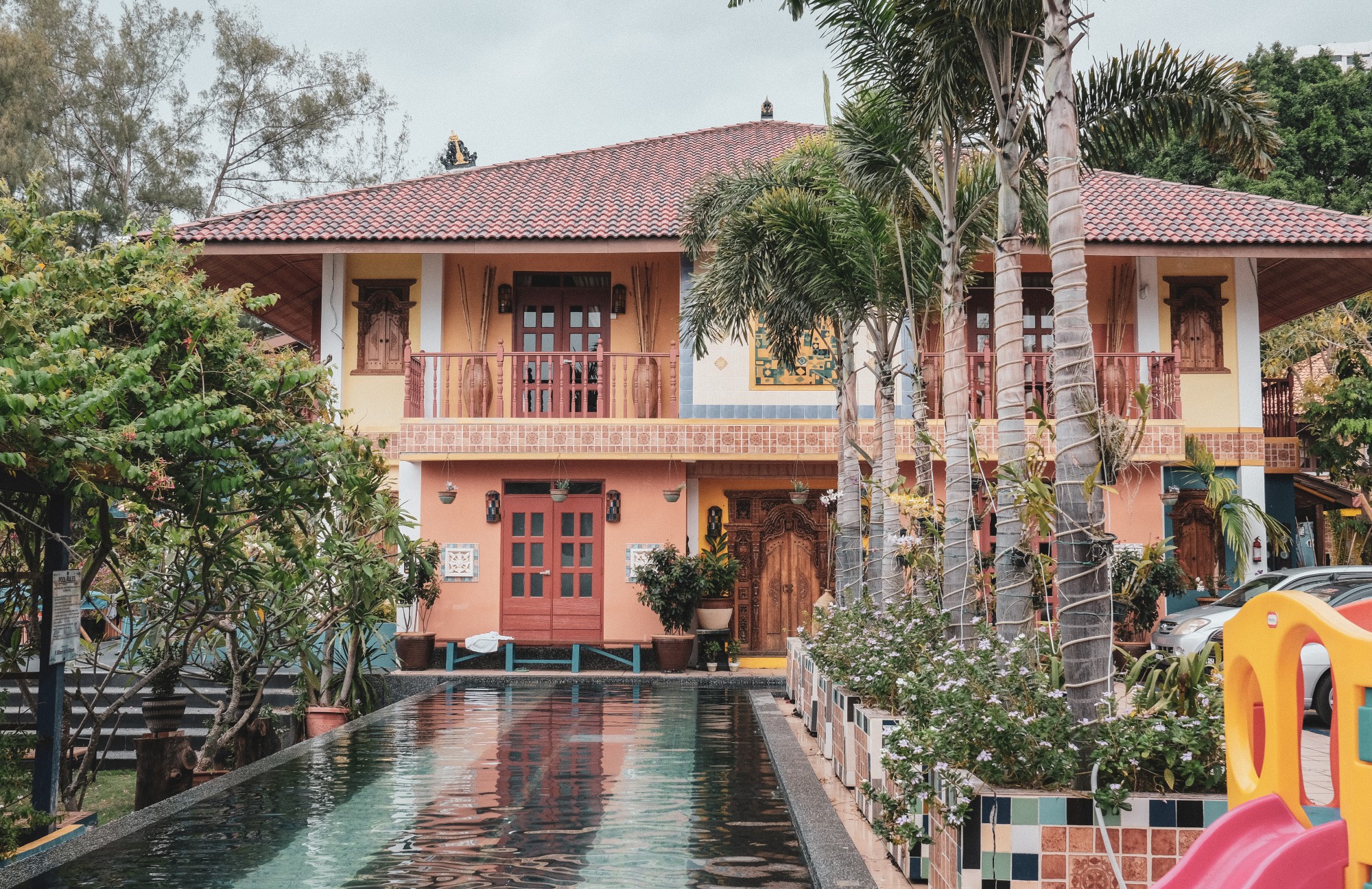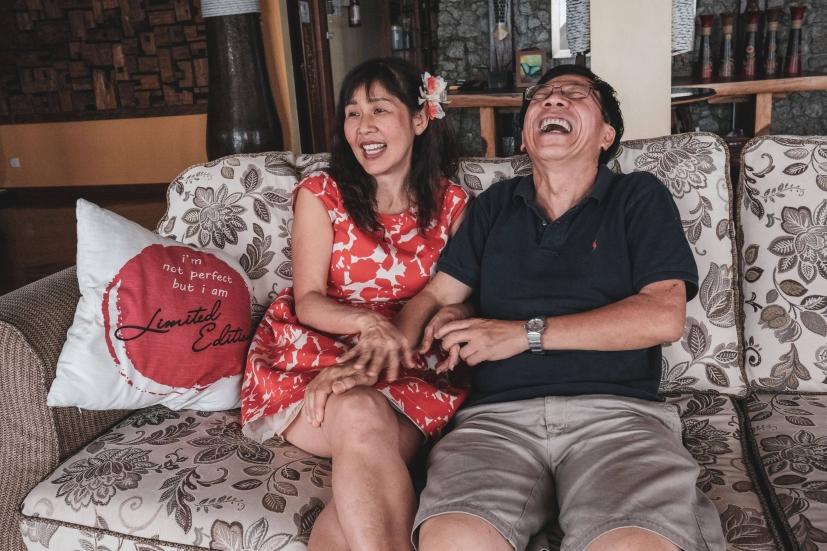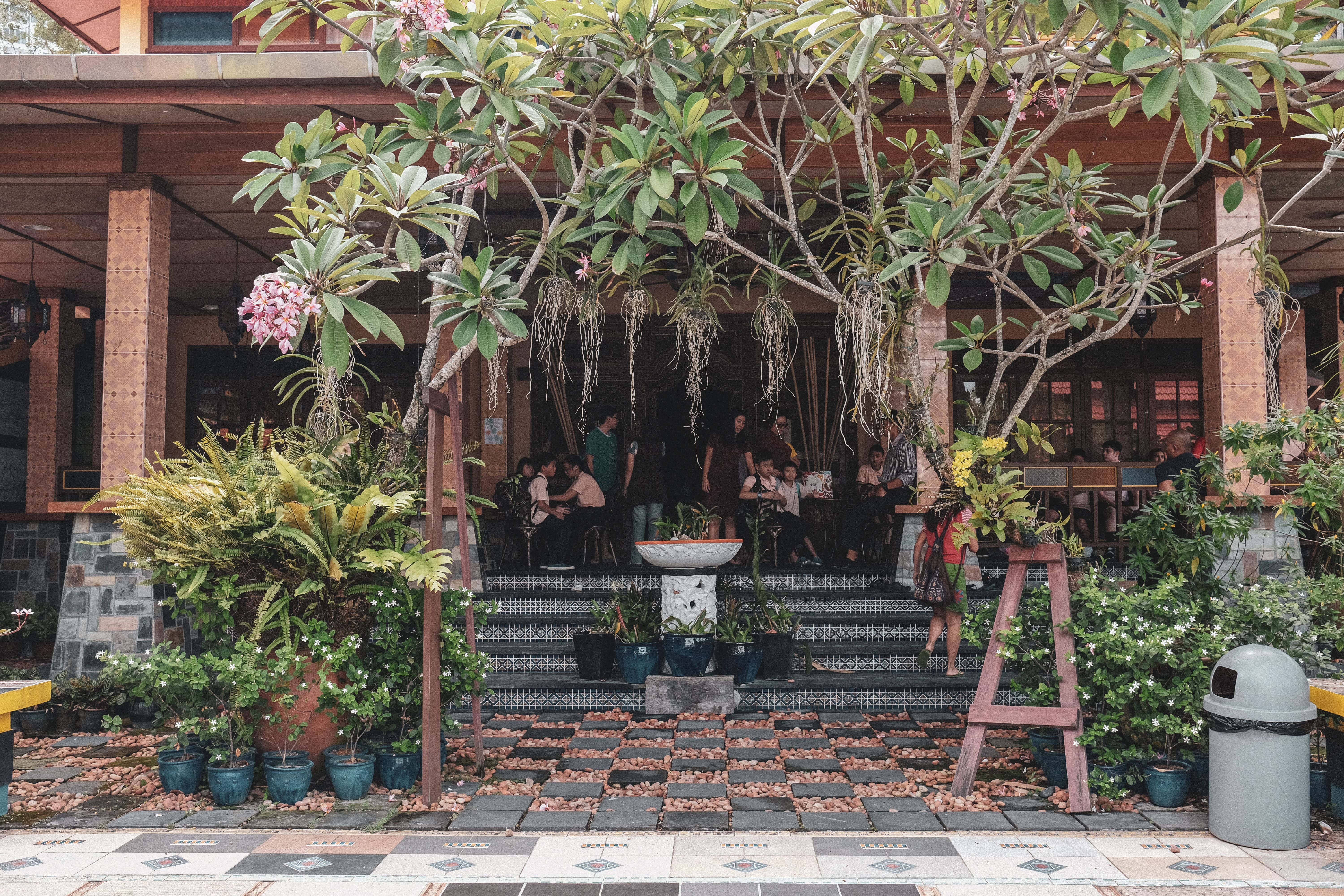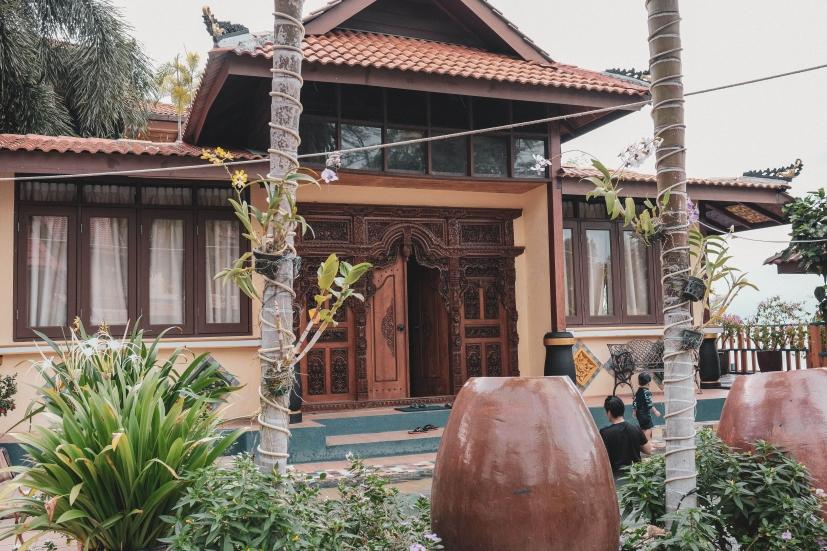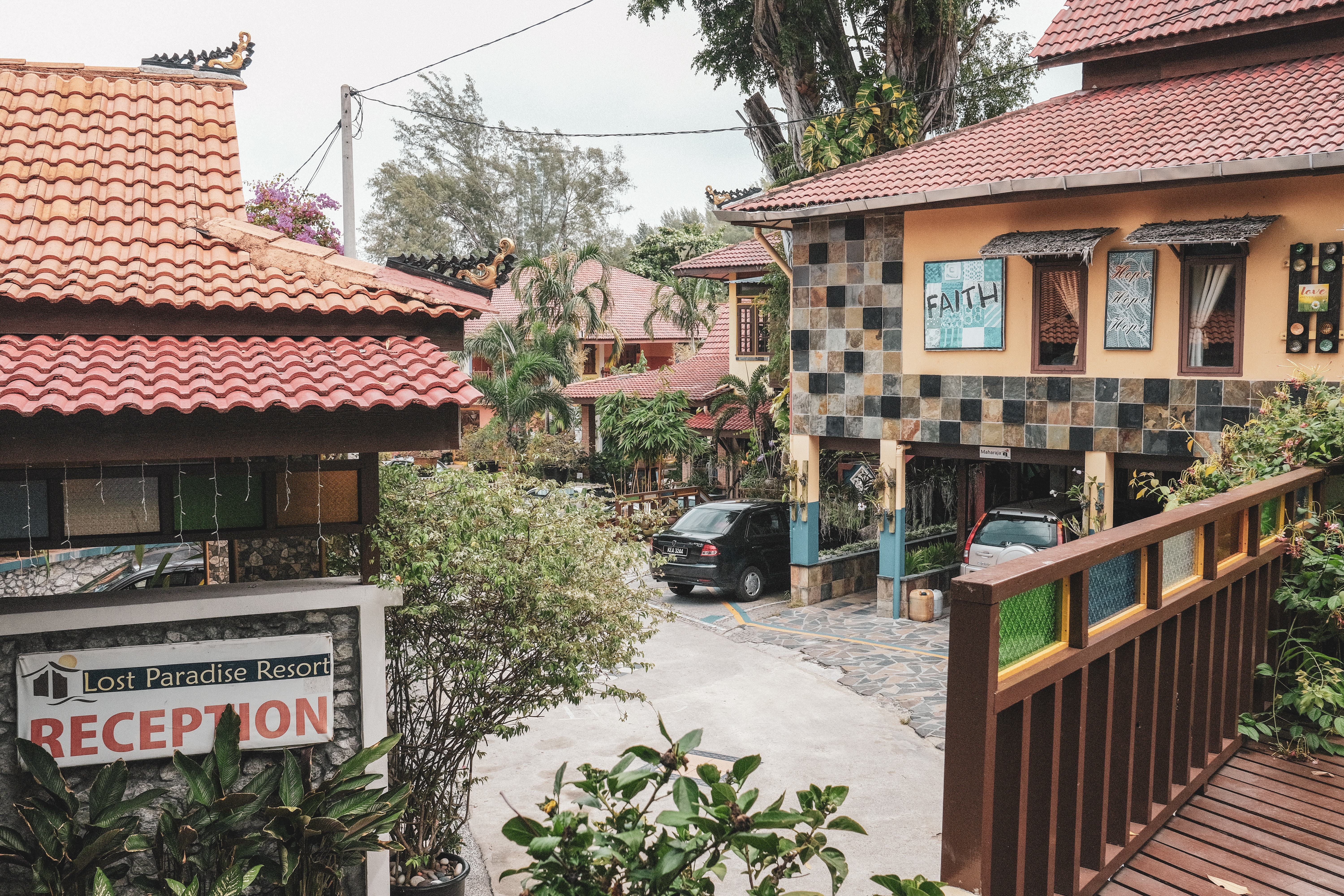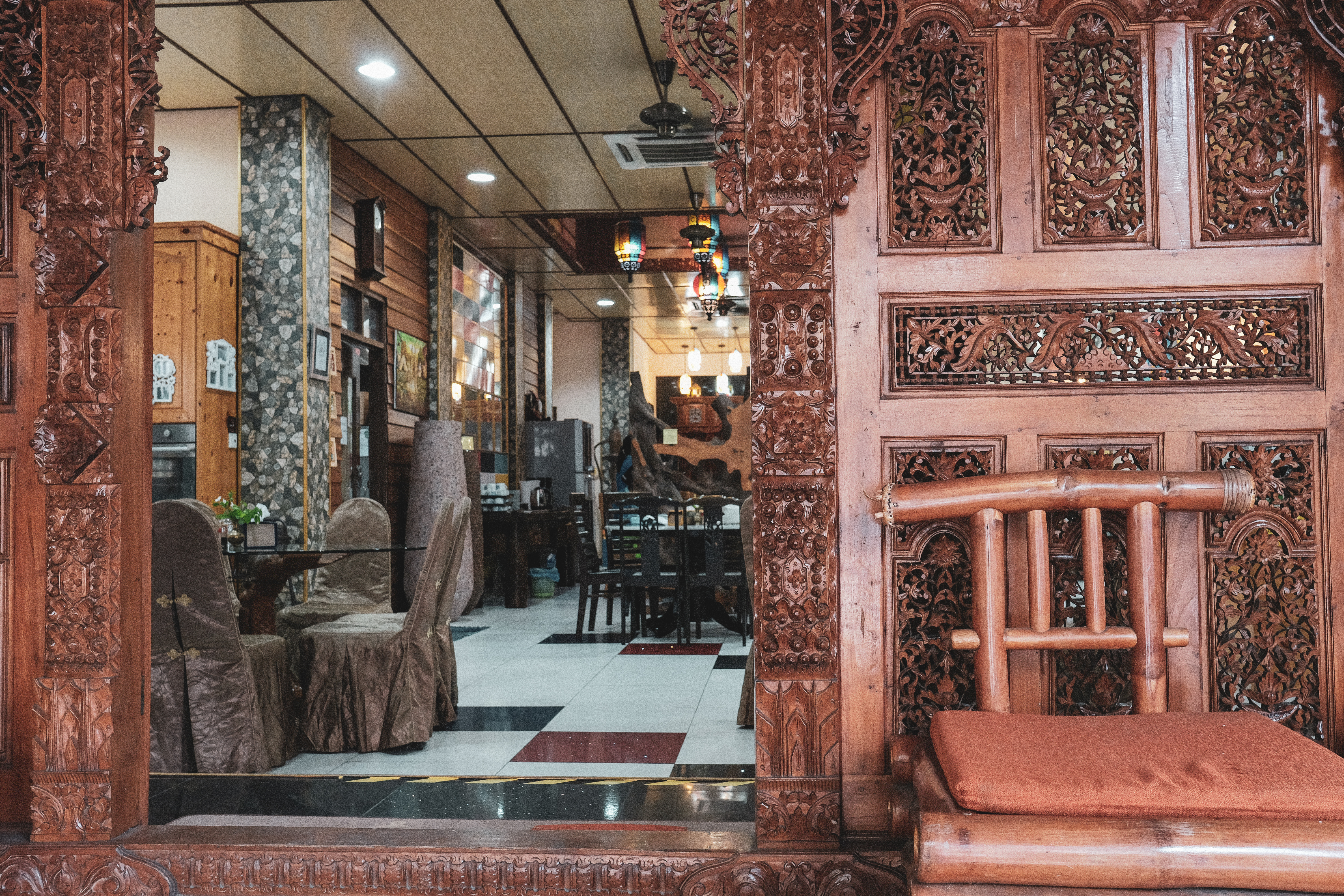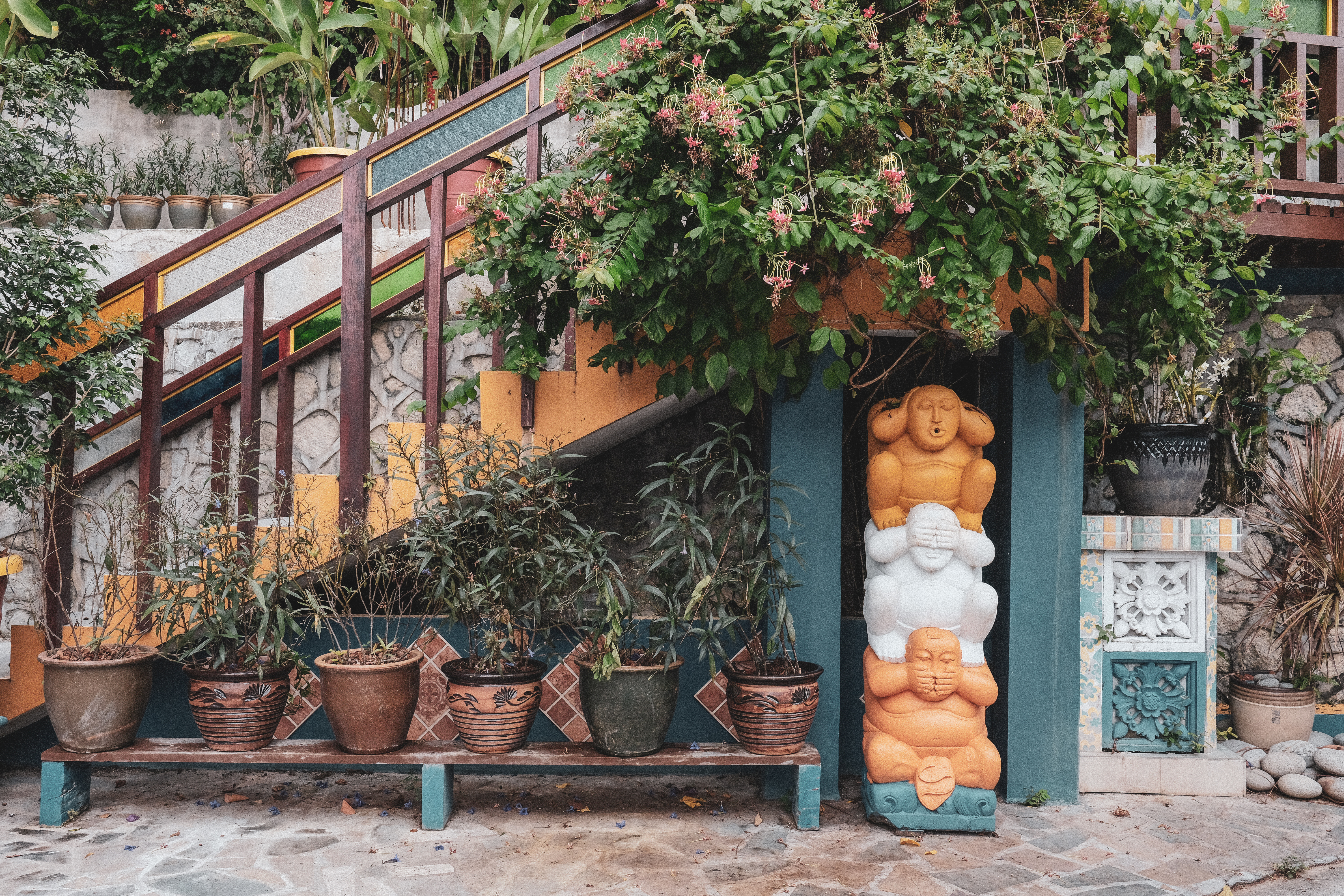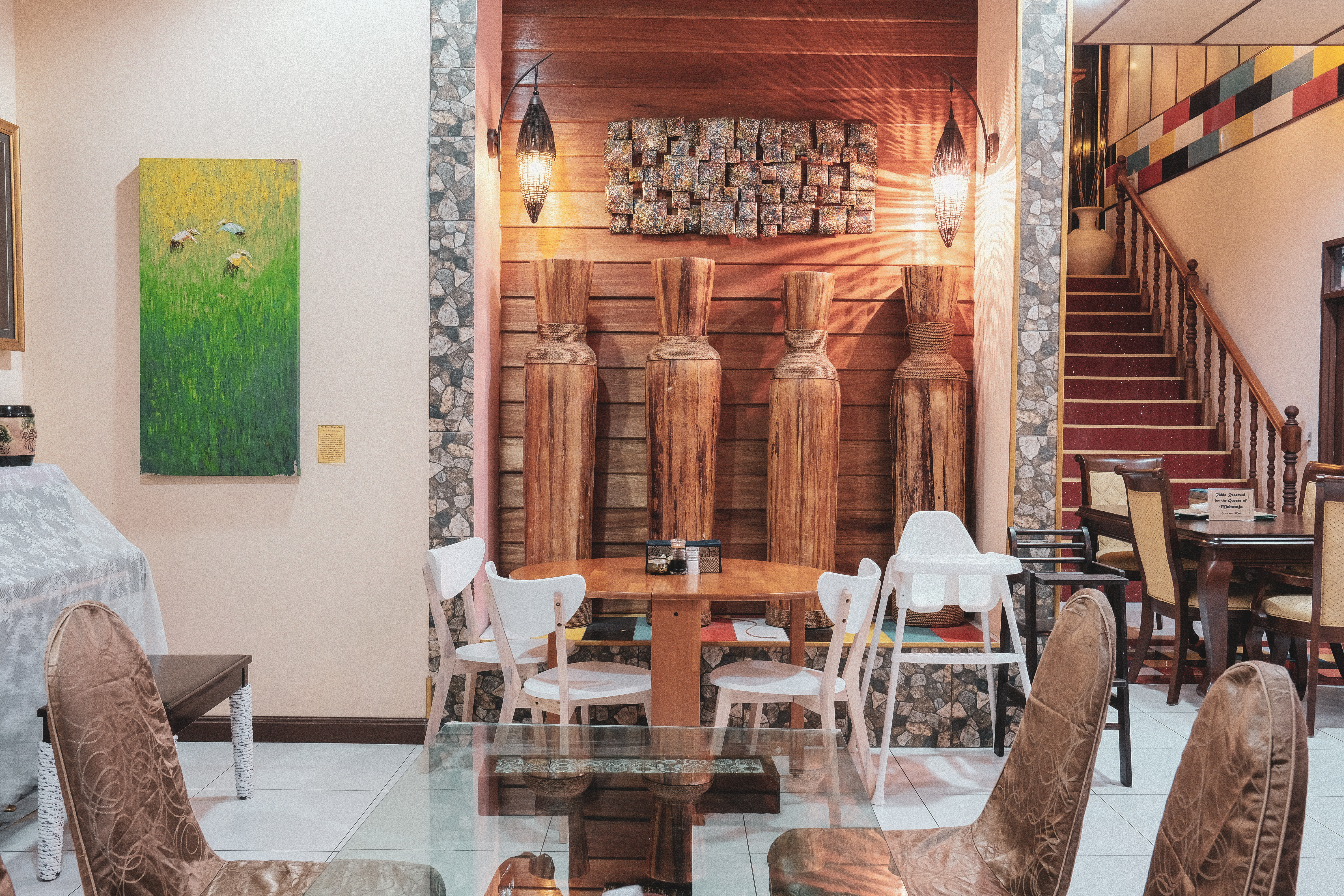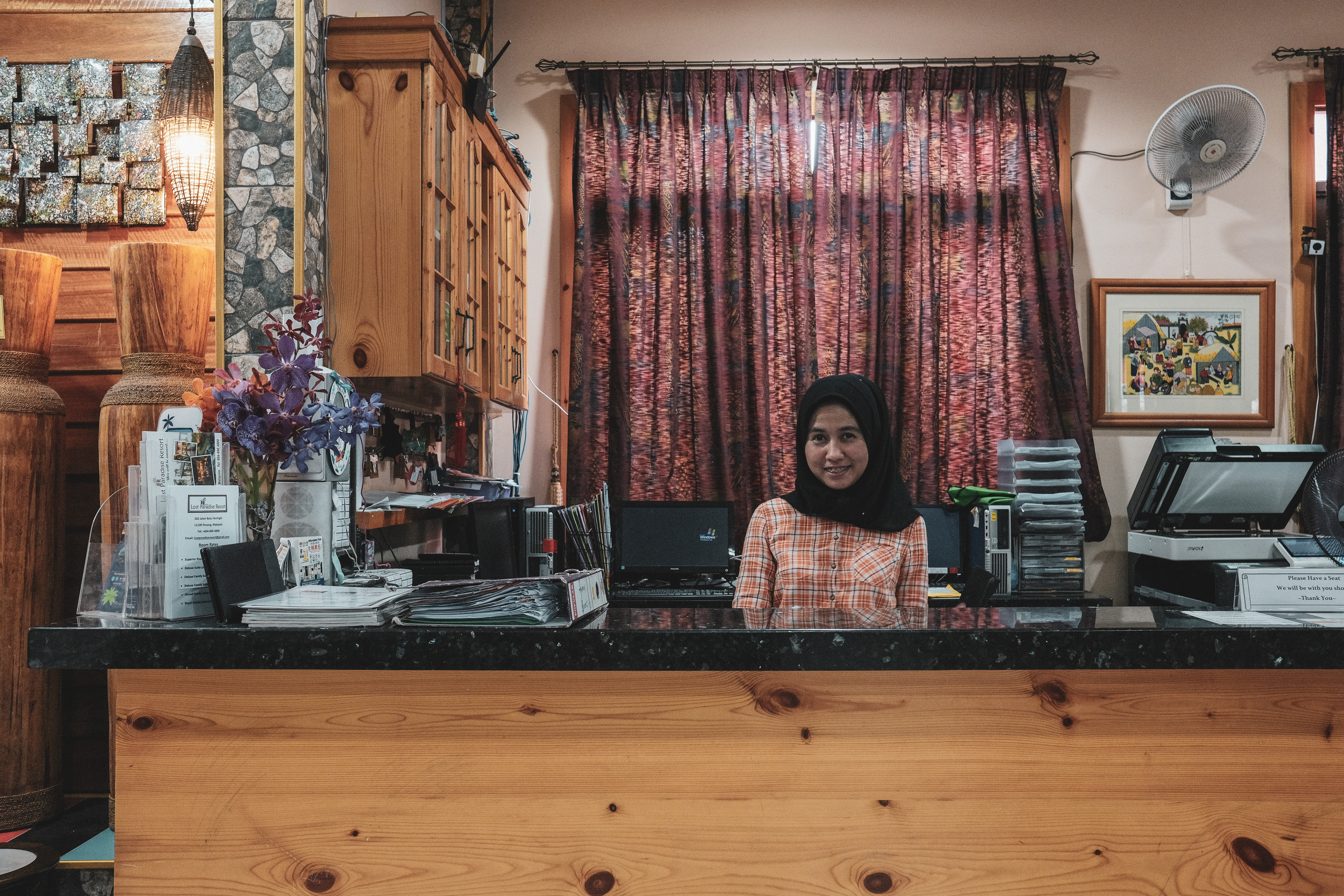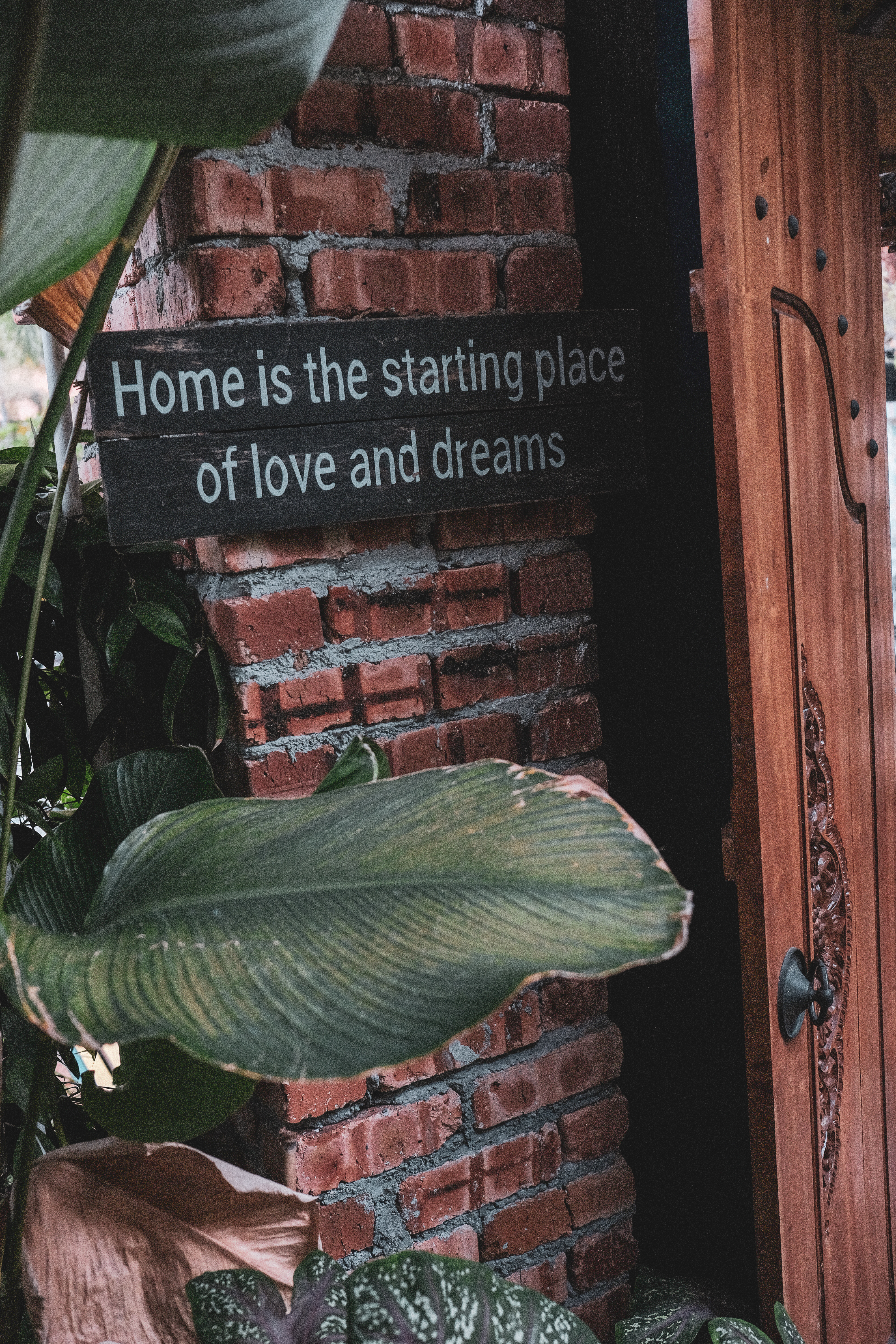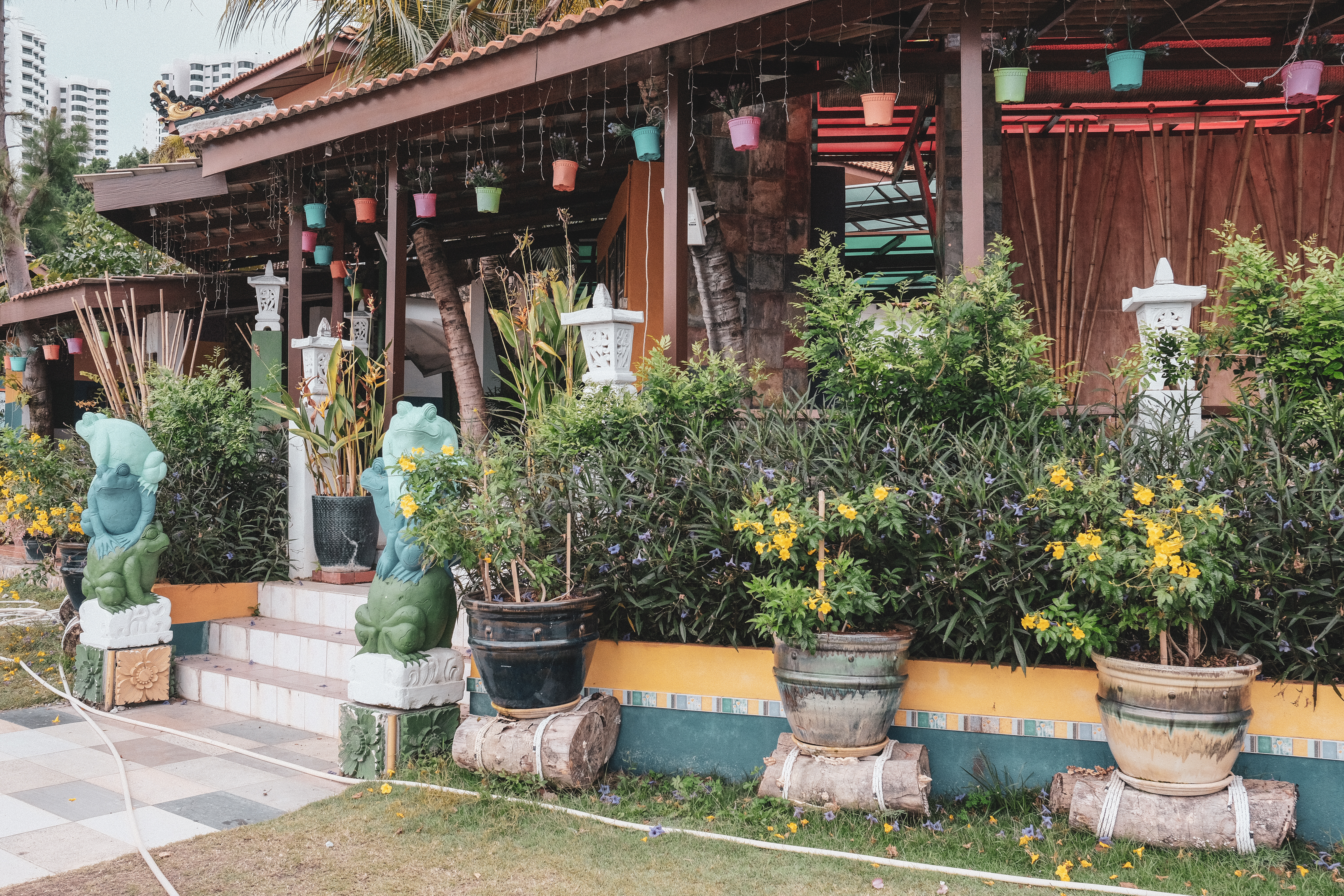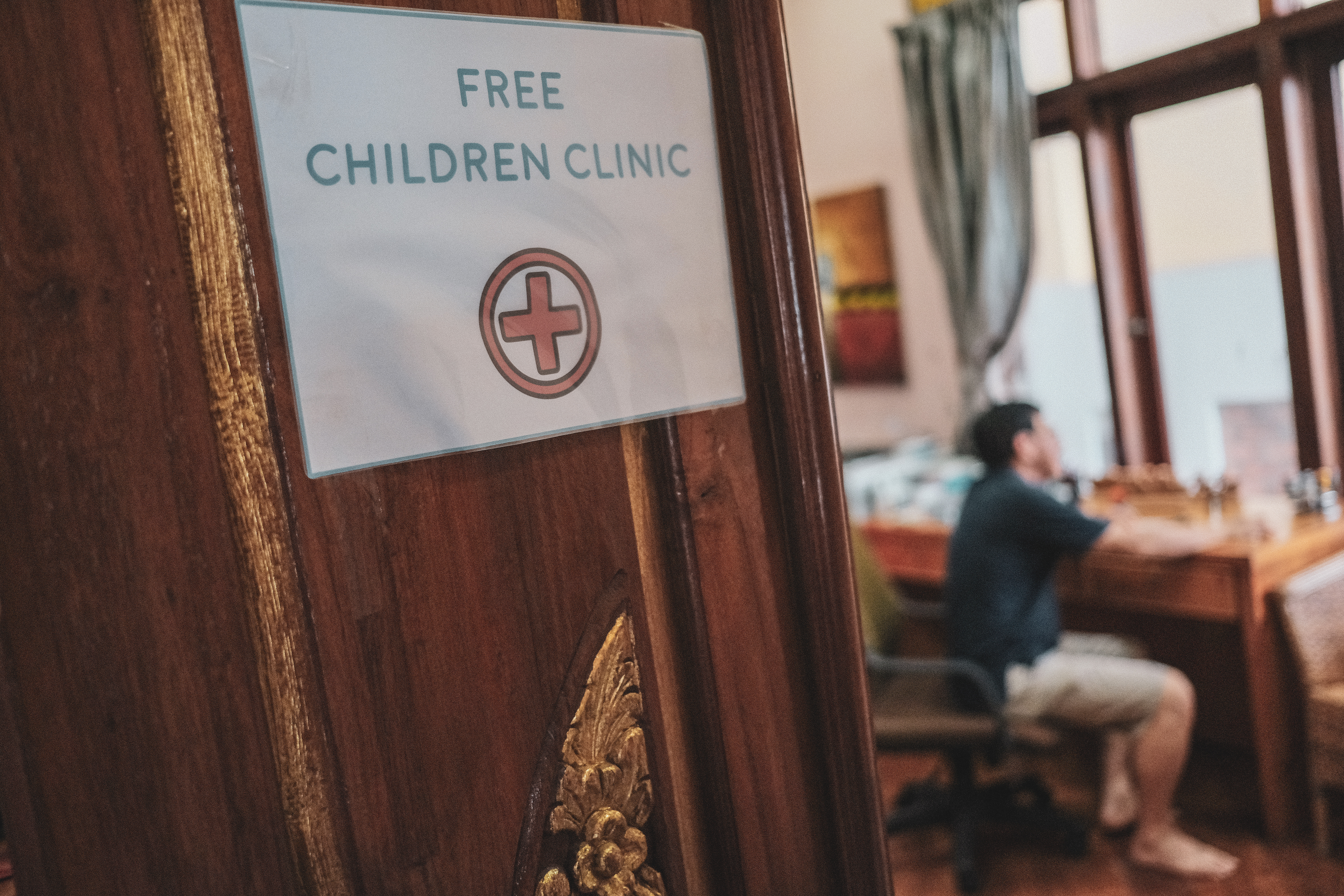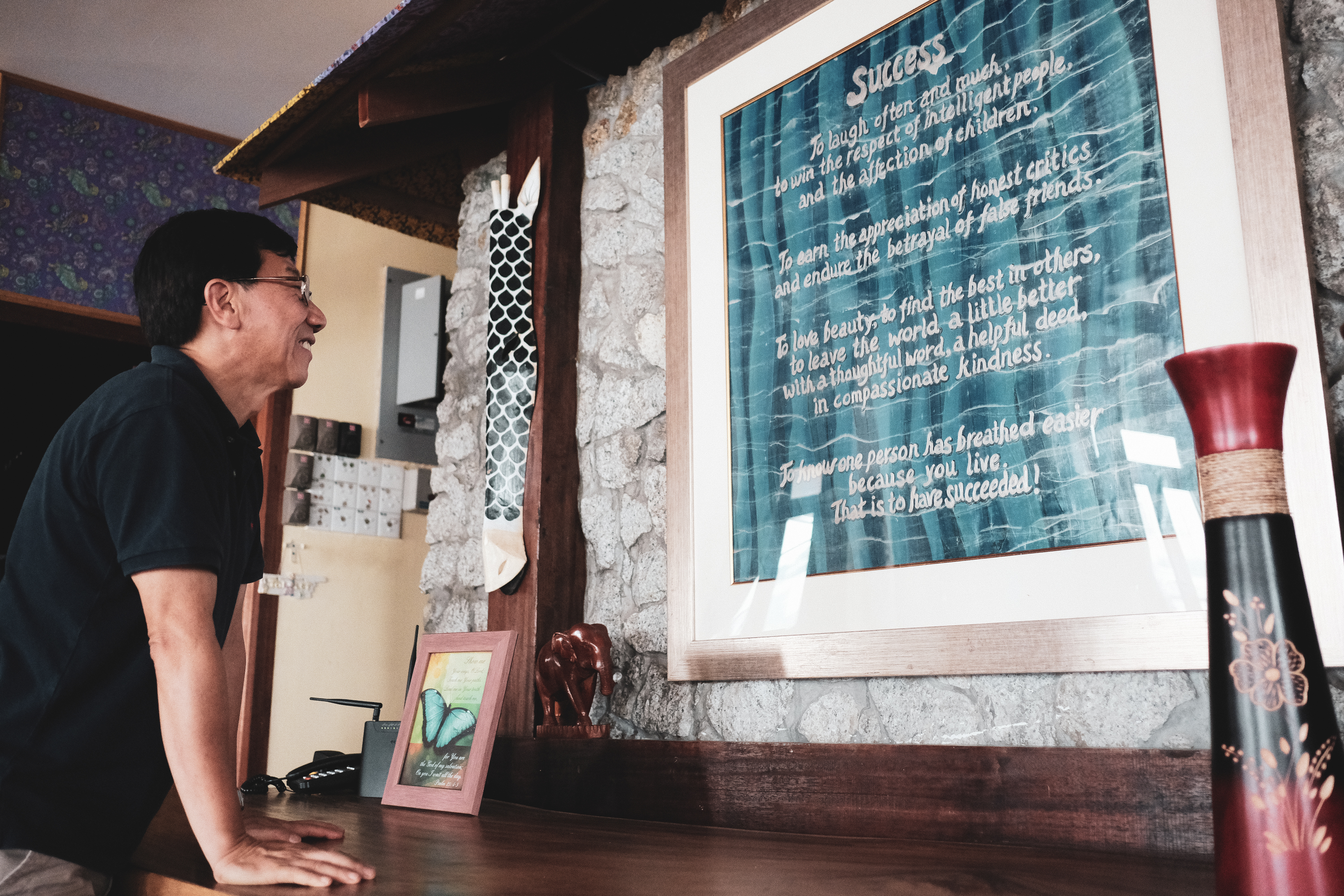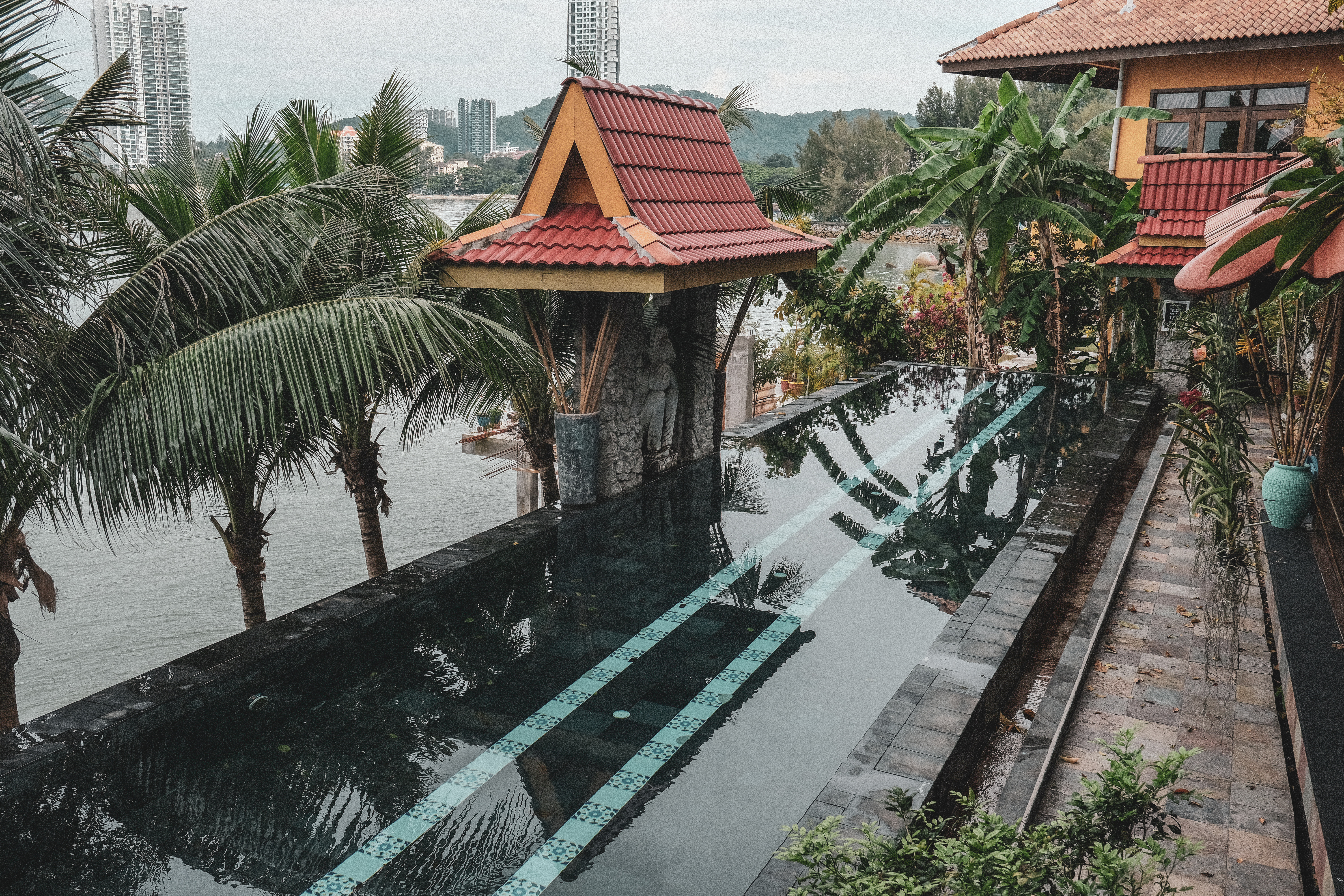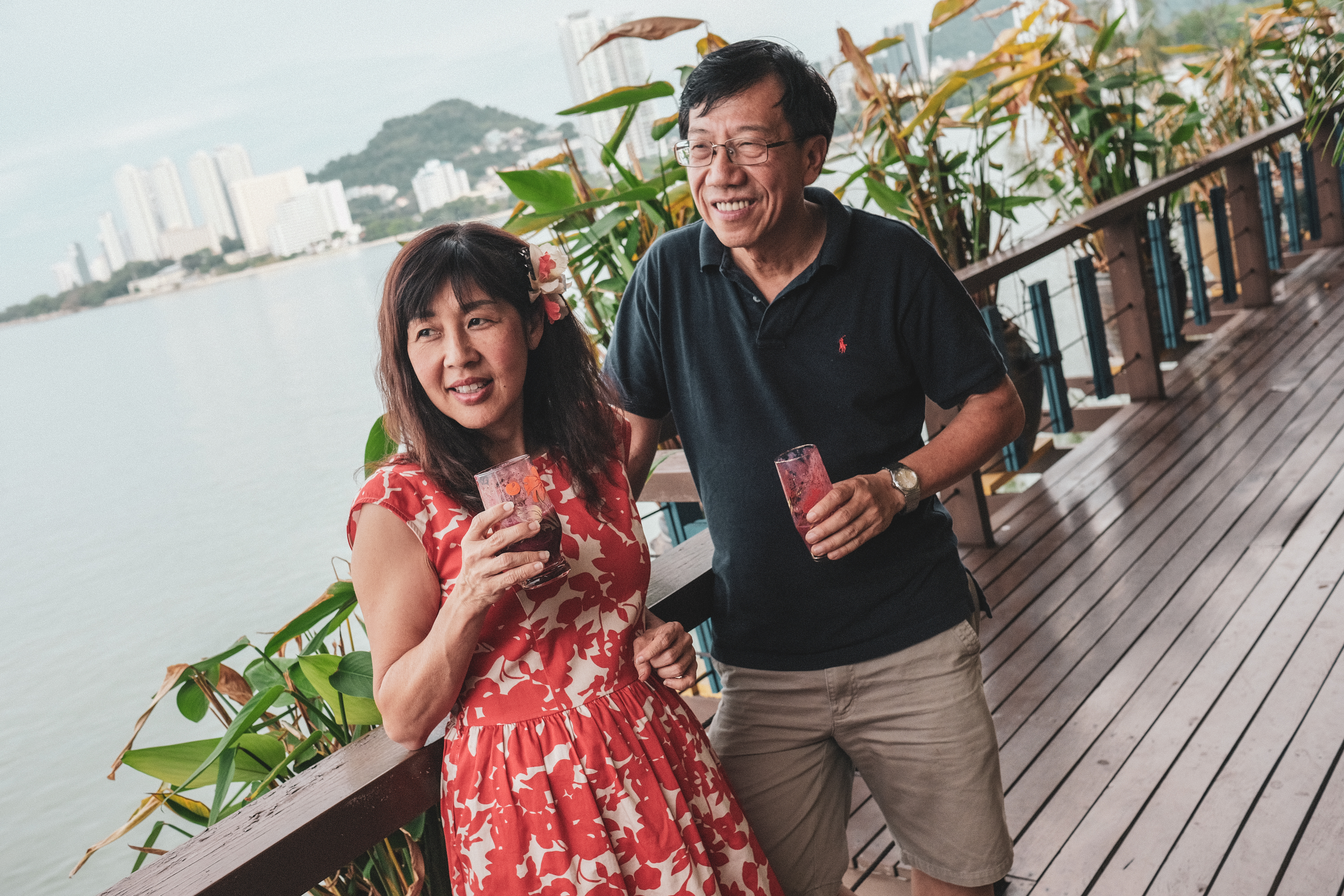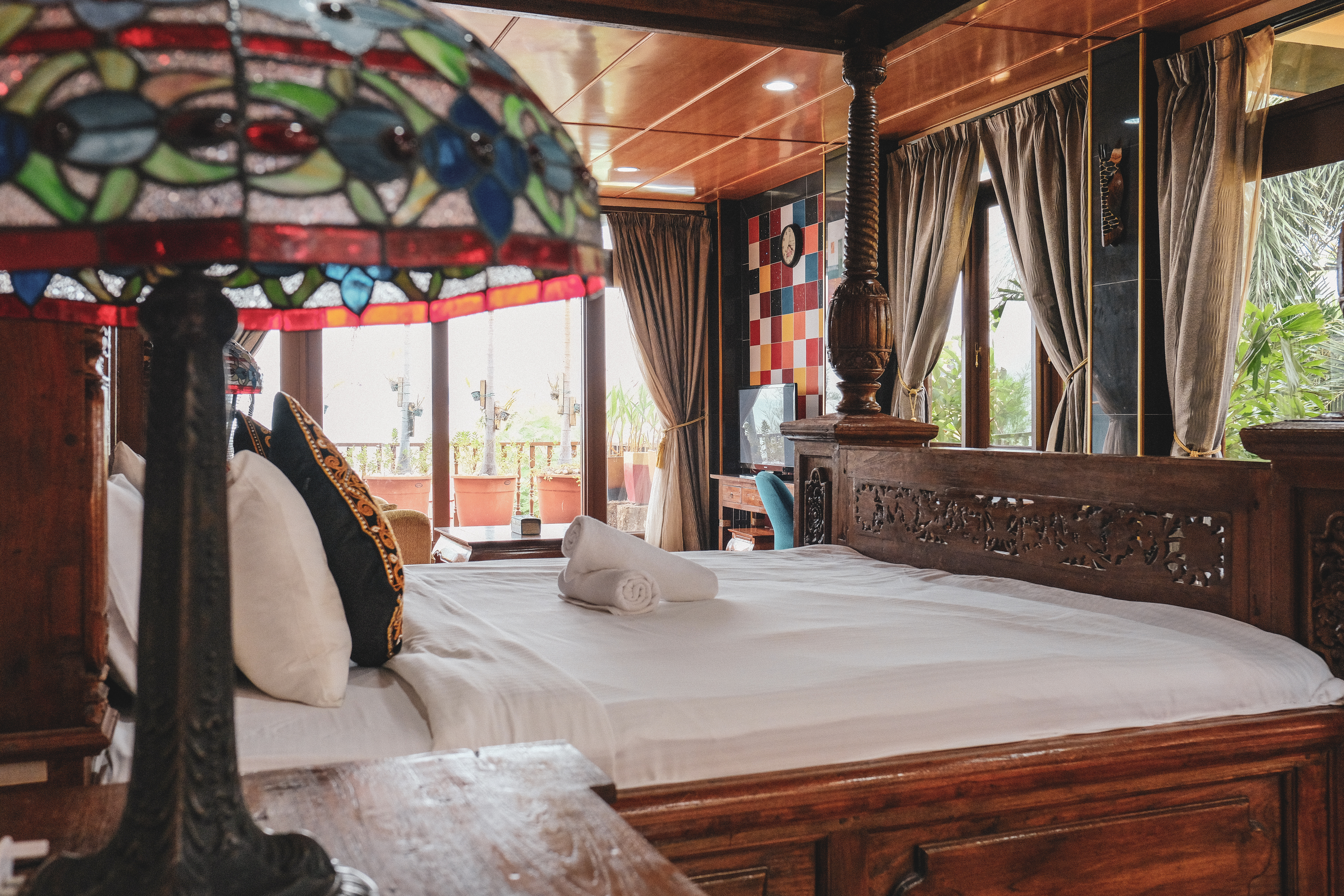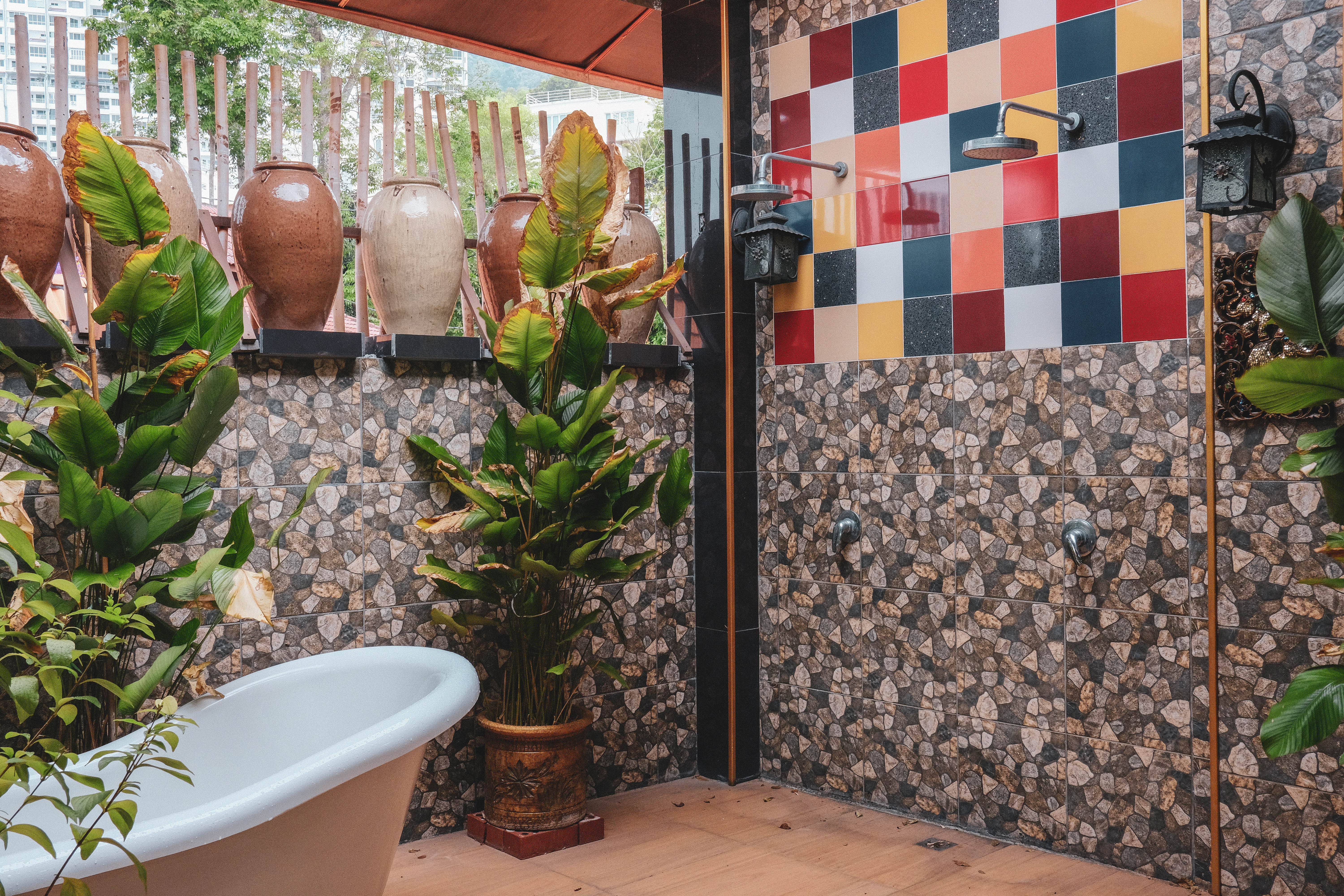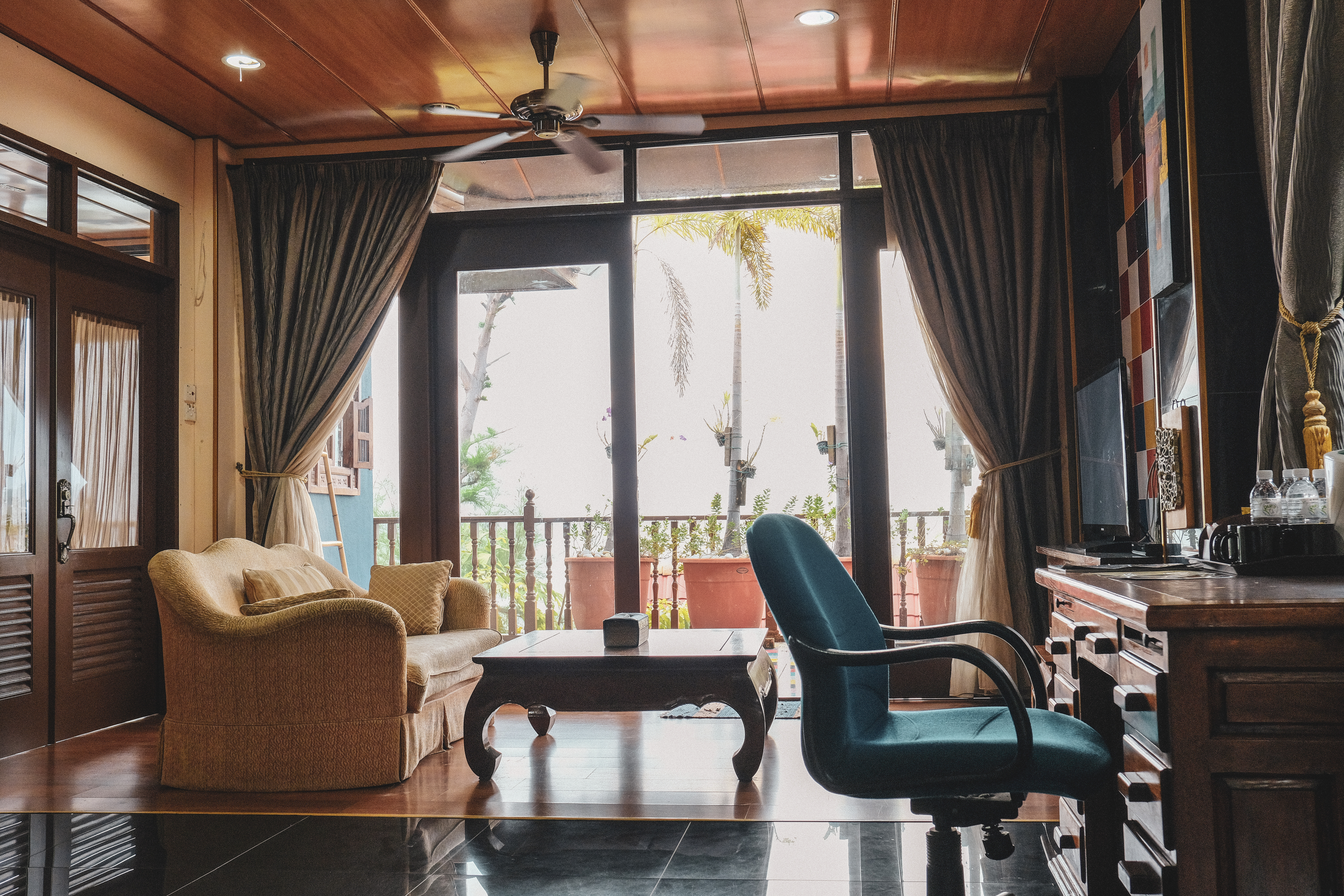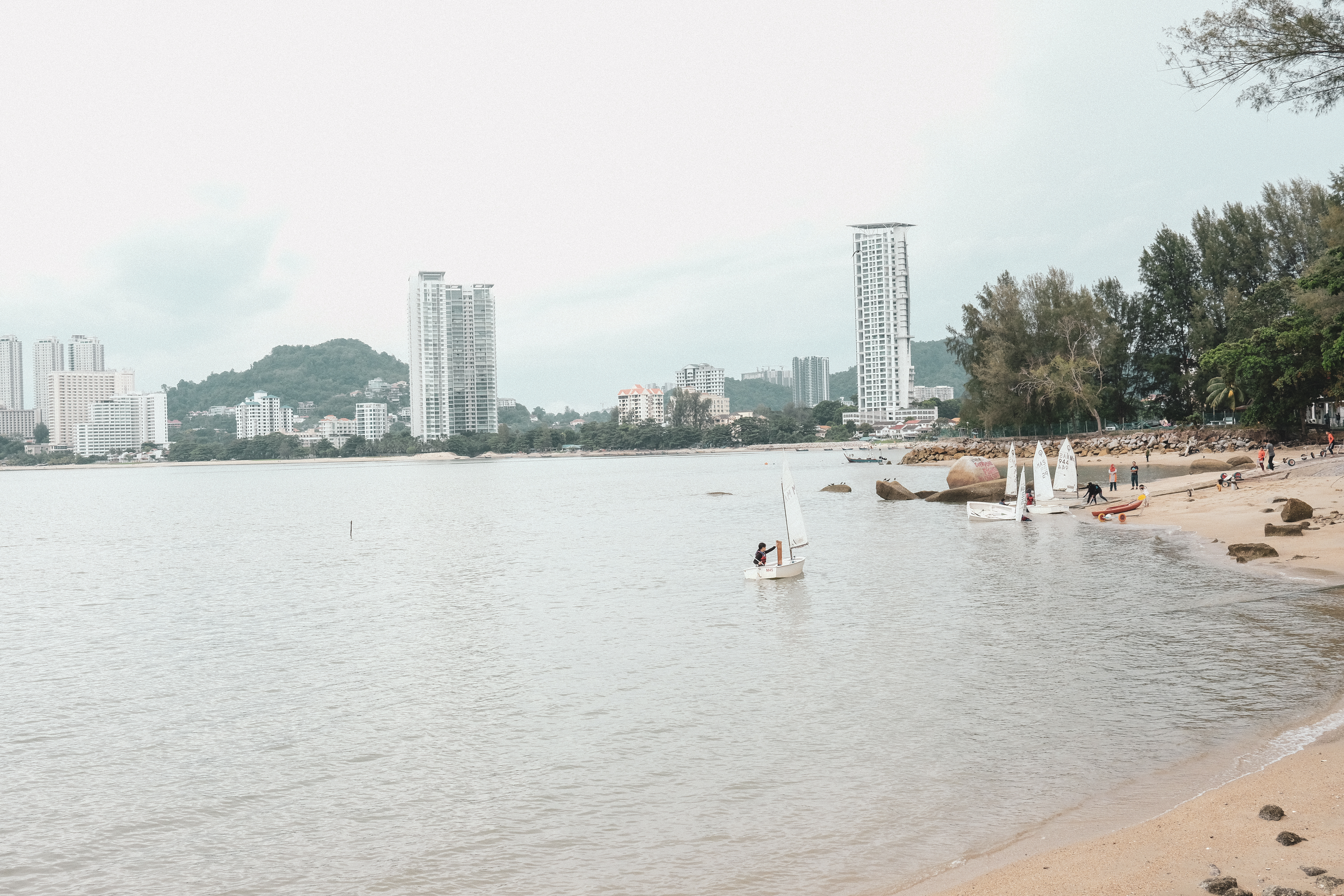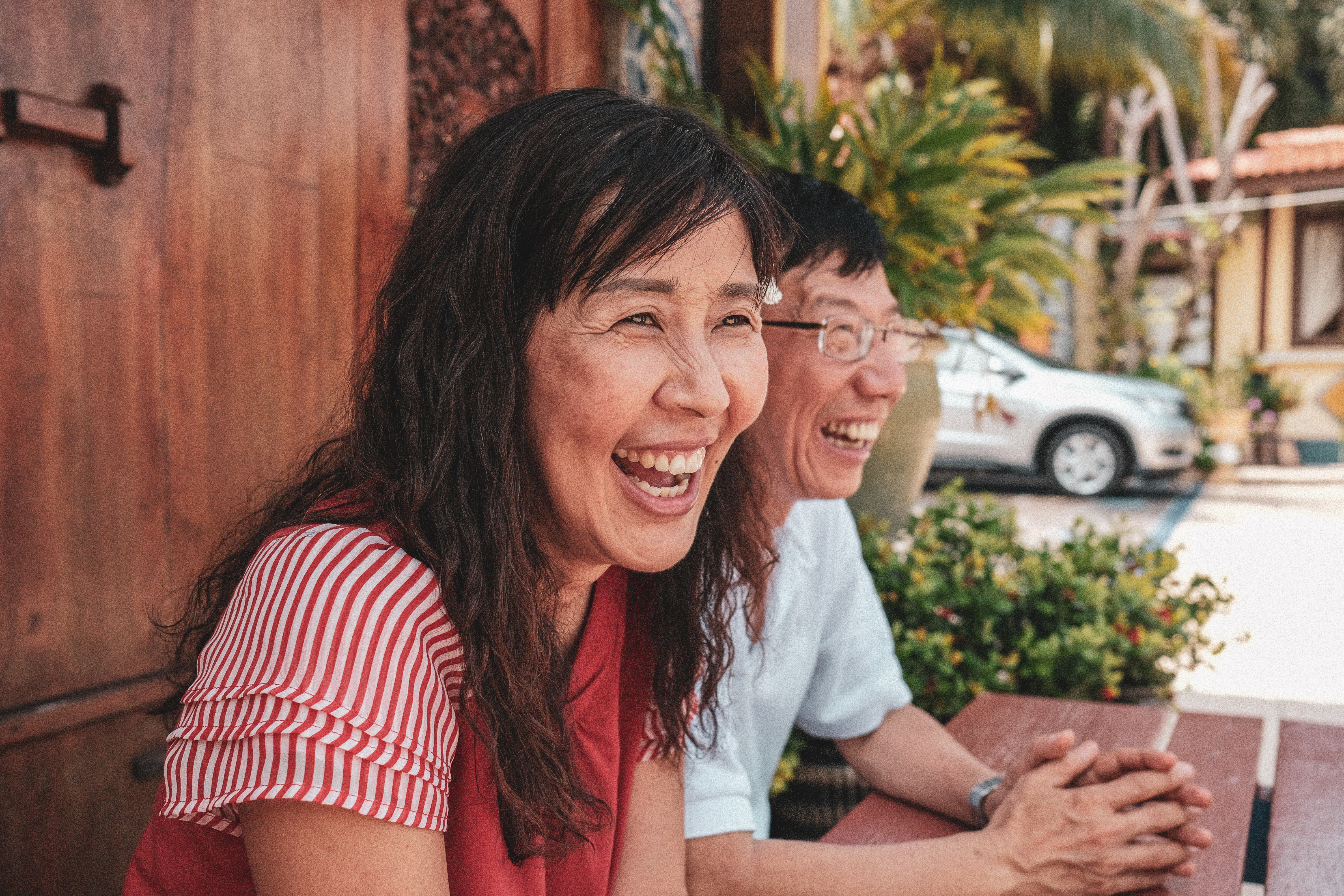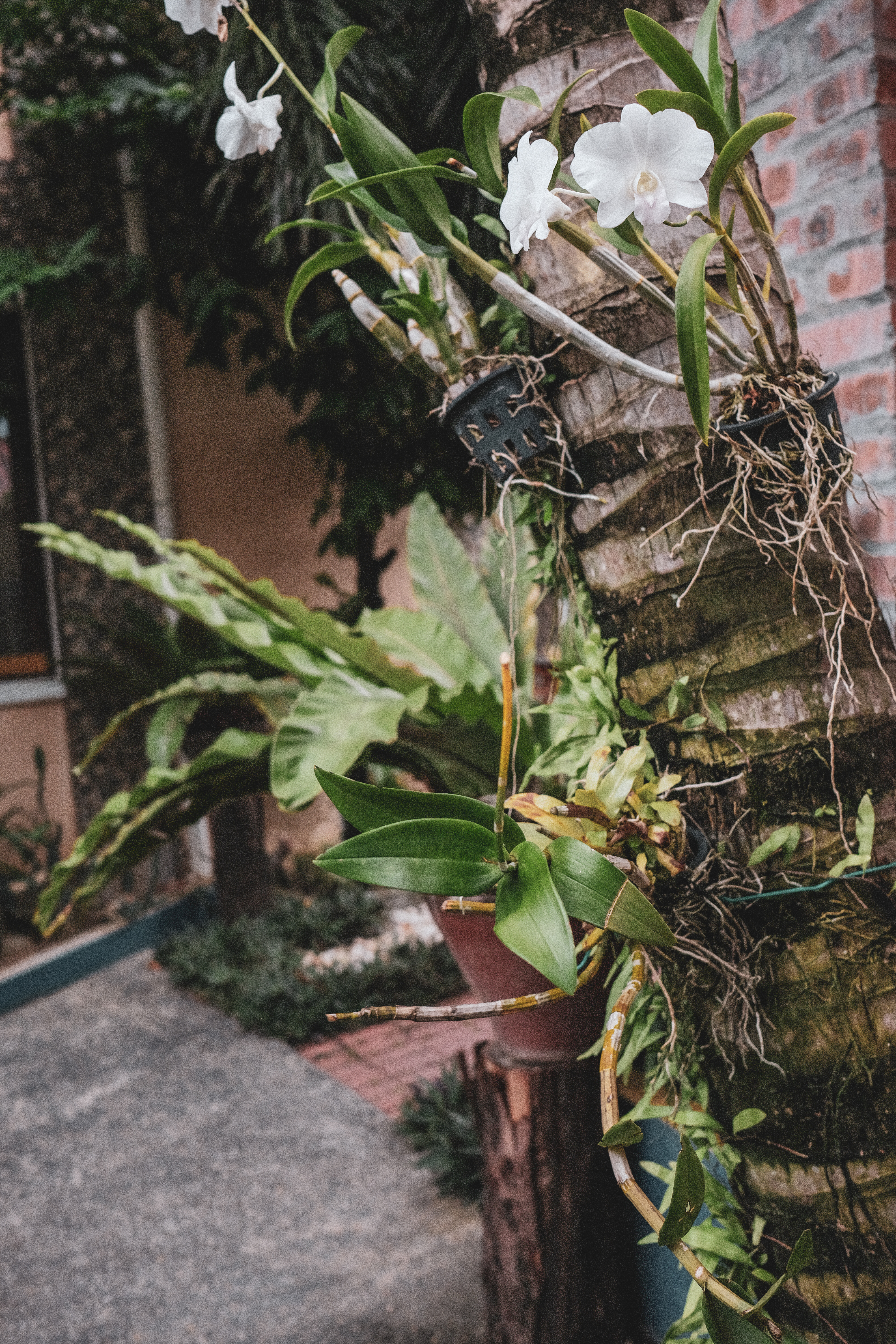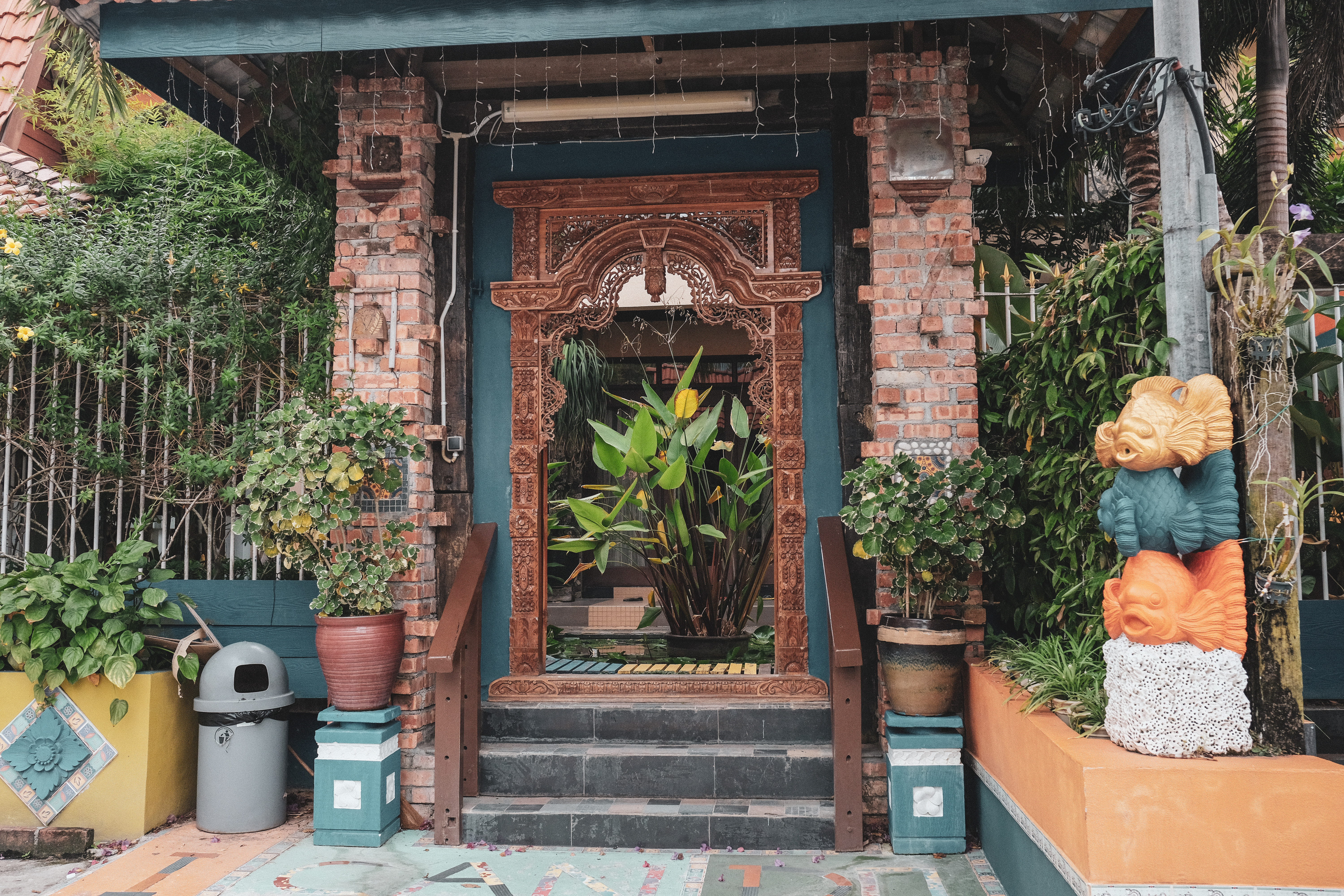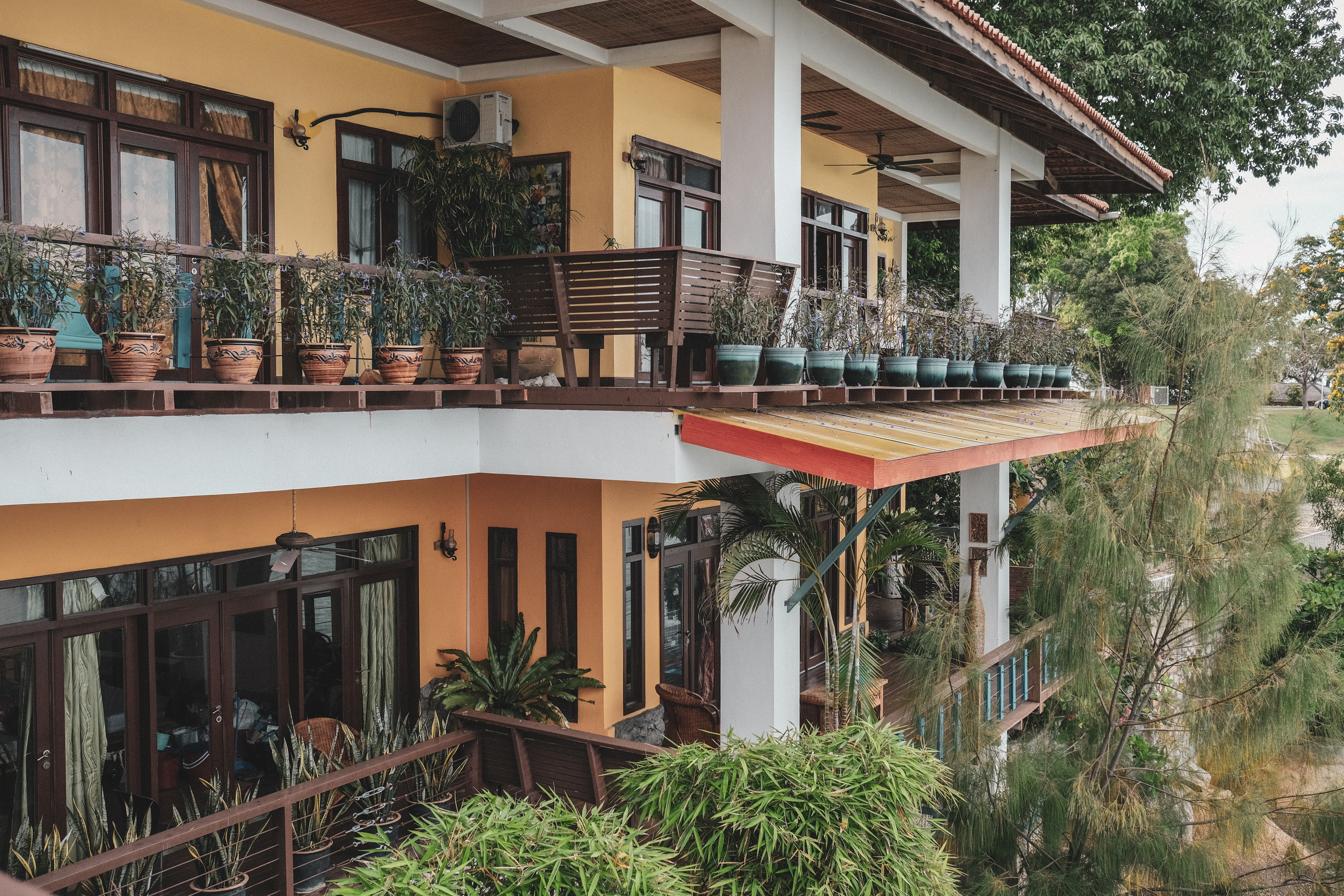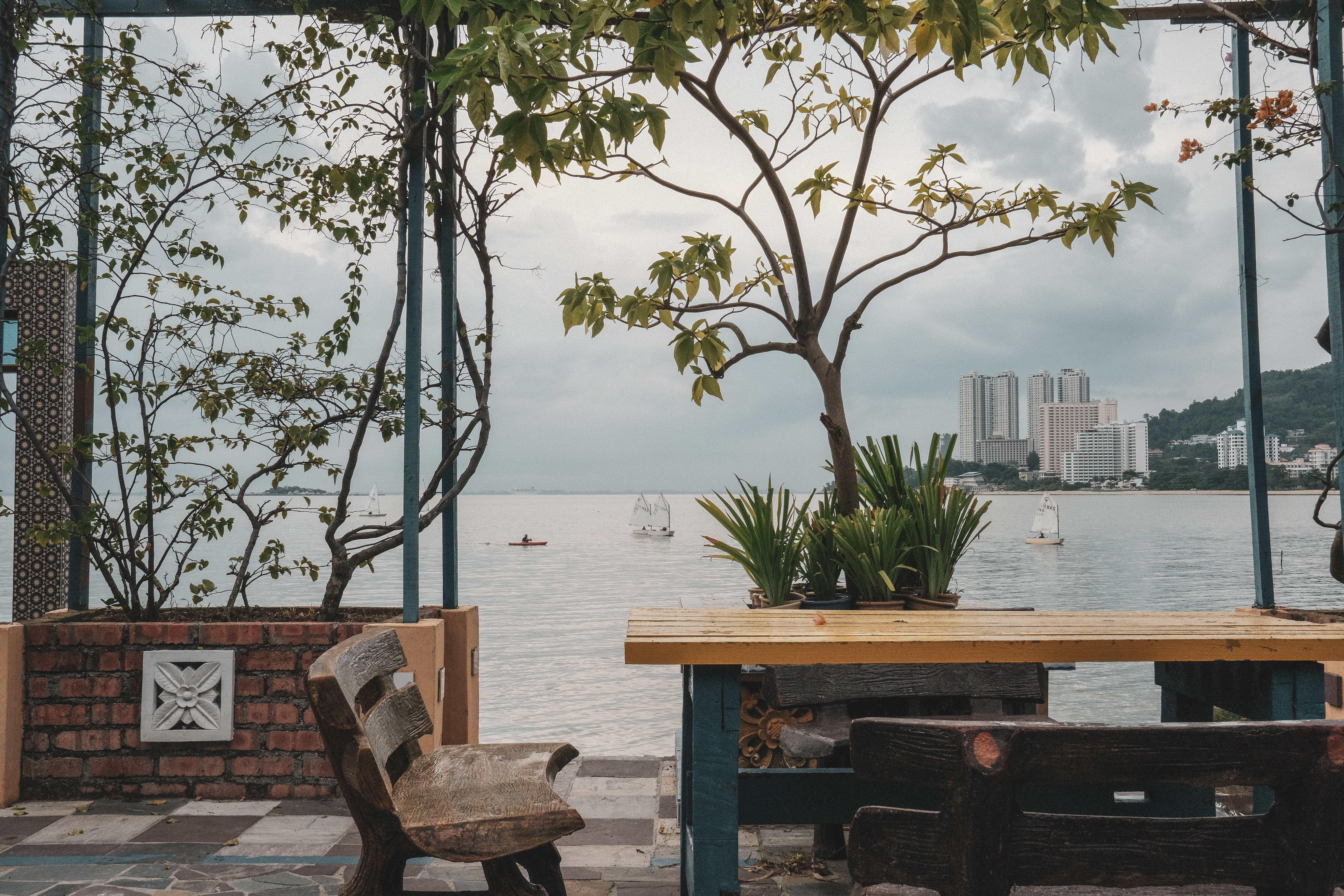Getaways that give back
‘See their abilities, not disabilities’
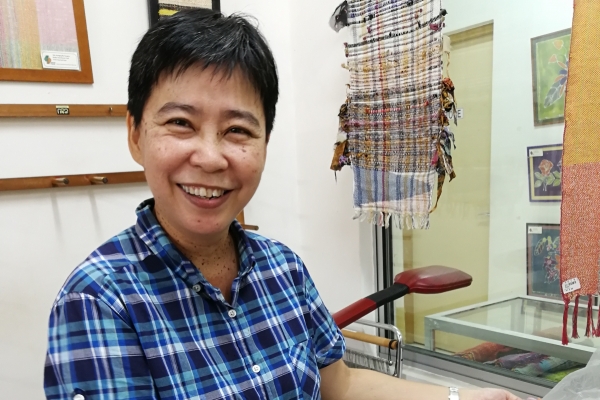
Stepping Stone is an arts-and-crafts and baking workshop and that employs adults with disabilities. Discarded or used materials are repurposed into lifestyle items: think homemade soap from used cooking oil, table runners made from magnetic tape from cassettes. Proceeds go back towards the artisans. The centre also welcomes volunteers and artists-in-residence to lend a hand.
‘Everyone has dreams’
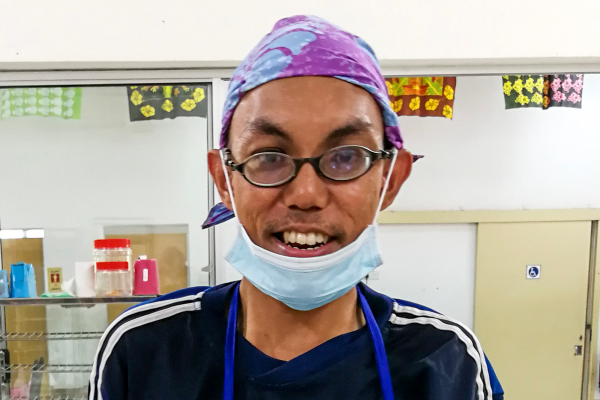
Stepping Stone Work Centre is an arts-and-crafts and baking workshop that employs adults with disabilities. Discarded or used materials are repurposed into lifestyle items: think homemade soap from used cooking oil, table runners made from magnetic tape from cassettes. Proceeds go back towards the artisans. The centre also welcomes volunteers and artists-in-residence to lend a hand.
A Weekend of Good in Penang
In Penang, tradition and heritage thrive — right alongside a lively contemporary arts scene and design culture. Thanks to the efforts of dedicated locals, George Town’s shophouse-lined streets have been lovingly preserved and form a treasure trove of Peranakan, colonial and religious architectural gems, around which a culinary and arts scene has flourished.
But Penang, or Pulau Pinang to be exact, is more than just George Town; the laidback, rustic charms of Balik Pulau reveal a gentler side of the state capital, where countryside meets nature.
Millions visit Penang every year, but few venture off the beaten path. Try it, and be won over by both sides of the island’s magic.
Friday
Ren i Tang, Cheong Fatt Tze Blue Mansion, Clan Jetties, China House
Saturday
George Town's street murals and heritage tradesmen, 41 Living Story, Hin Bus Depot, The Habitat Penang Hill
Sunday
Green Acres Orchard and Ecolodge, Kim Laksa, Stepping Stone Work Centre, Lost Paradise Resort
Check into your hotel, ideally located somewhere in Georgetown, where you’ll be close to most of the historical hotspots and heritage landmarks. Of the many stylish boutique hotels that grace Penang’s atmospheric streets, our favourite is Ren i Tang, a former derelict 19th century Chinese medical hall restored into an intimate boutique hotel by a pair of sustainability-minded friends, Eu Yeok Siew and Low Teng Lei.
Ren i Tang’s romantic history echoes through its wooden louvre windows, narrow staircases, soaring ceilings and dark wood furniture. Little touches provide a window into the building’s past: the original airwell, a traditional basket pulley system to transport your luggage, and a museum that displays relics that were rescued and cleaned by the owners. Thanks to its prime location in Little India, the hotel has shops selling Indian snacks and saris at its doorstep, which means you’ll never be bored or hungry.
Curious how Penang got its start in heritage conservation? Hail a Grab and get your answer at Cheong Fatt Tze Mansion Blue Mansion, the magnificent former home of a Hakka magnate and the earliest example of heritage conservation in Penang. Rescued by concerned conservationists from imminent development that would have resulted in its certain demolition, its sensitive restoration led to being awarded as a UNESCO Heritage building, and more importantly, kick-started public awareness about the value in heritage conservation. Trivia: You may recognize the courtyard as the location for the pivotal mahjong scene in hit movie Crazy Rich Asians.
By now, the temperature would have cooled. Hop on a trishaw and head for the port to catch the sunset. It’s a fun way to see the city without breaking a sweat, plus you’ll support a fading industry – reportedly less than 80 of these vehicles survive in Penang.
As you go past the Straits of Malacca, admire the impressive Penang bridge. Stop at the Clan Jetties, a waterfront village of houses on stilts belonging to various Chinese clans, many of them over a century old. Similar jetties were demolished by property developers, but the remaining ones have survived thanks to interest from tourists. The Chew Jetty is the most tourist-friendly with the longest walkway, pop-up stalls and a floating temple. But note that the jetties are still homes, so respect the residents’ privacy.
Dinner is just a short walk across the road to Weld Quay Village Coffee Shop, a culinary institution famous for cheap and tasty seafood. Save room for dessert; scoot over to China House, whose legendary cake spread features up to an eye-popping 50 varieties at any time. Spread over three shophouses, the space also doubles up as a creative hub, with regular poetry slams, author talks, and art exhibitions. Check out Art Lane, its latest initiative a few doors away — the entire interior of a building has been turned into a canvas for budding artists.
At a compact 2.5 sq km, and packed with narrow, bustling streets littered with picturesque shopfronts, George Town is perfect for exploring on foot.
An easier option for your feet is Linkbike, a bike-sharing programme which lets you get around with ease while keeping your carbon footprint light. See all the stations on this map.
Head for Armenian Street, where a staggering number of historic buildings, stately temples, galleries and shophouses congregate. A must-see is Leong San Tong Khoo Kongsi, noted for its remarkable architecture and opulent temple, and Sun Yat Sen’s former Penang base.
The tourism boom has had its downsides: long-time residents who can no longer afford the rising rents have been driven out, chipping away the social character that made George Town unique. Take the time to appreciate some of the remaining traditional crafts that make up Penang’s heritage — look out for old shops where graying artisans make signboards, handmade shoes, anchors and rattan furniture.
Next to Kuan Yin temple, 91-year-old Lee Beng Chuan takes pride in teaching visitors the art of making joss sticks. In Little India, Kedai Songkok OSM Mohd Shariff is the only place left in Penang to find handmade songkoks, which are Muslim headgear.
Penang’s famed street art is unmissable as you wander through George Town. The colourful murals had their beginnings in 2009, through Marking George Town, a government-run competition that saw 52 steel rod sculptures depicting local customs and heritage installed on various historic streets. In 2012, Lithuanian artist Ernest Zacharevic was commissioned by the George Town Festival to do a series of public paintings – and the rest is history. Ask your hotel for a street art map to see them all.
If you’re in the mood for something quirky, visit one of the many offbeat museums that have sprung up in Penang. If you only have time for one, head for Wonderfood Museum, which celebrates Penang’s food culture with hyper-realistic replicas of Malaysian dishes. Gimmicky but fun, you'll have a ball posing with massive models of cendol, laksa, curry mee, char kuey teow, and ais kacang. There’s also an educational side that shows how some dining choices can harm the environment – such as a wedding banquet table scattered with models of bloodied sharks to highlight the cruel process of producing shark’s fin soup.
Feel like shopping instead? Consider Jonathan Yun’s exquisite sculptural Peranakan jewellery, or 41 Living Story, a souvenir shop that carries products made by Stepping Stone Work Centre, an organisation that employs people with special needs. Book-lovers will love Gerakbudaya, an independent bookshop with an excellent selection of titles by South East Asian authors.
You can’t claim to have visited Penang without eating at Joo Hooi Café, Penang’s most popular kopitiam for Chinese street food classics. While queuing for your laksa/cendol/char kuay teow/ lobak, look up at KOMTAR, the island’s tallest landmark — and interestingly, the only building visible from any point in George Town.
Longing for somewhere less crowded? Make your way to Hin Bus Depot. Its founders turned an abandoned a 60,000 sq ft old bus depot into an open-air arts hub where cafes, artist studios, and an art gallery co-exist with the original coffee shop, hardware shop and motorcycle repair shop. Check their calendar for exhibitions and pop-up markets. The in-house vegan café, Wholey Wonder, is opened by a couple who wanted to debunk the misconception that vegan food is boring – think scrumptious chickpea-crust pizza and almond-and-date-based “Snickers”.
Penang is not all food, murals and architecture porn. Just 20 minutes’ drive from George Town is Penang Hill, a former colonial hill station turned recreational hub. Pro tip: once you get off the funicular that stops at the main recreational area, avoid the crowds and head straight to The Habitat, an eco-tourism attraction on the fringe of a 130 million-year-old forest reserve.
Opened in 2017, The Habitat offers fun experiences designed to promote awareness of and preserve rainforest biodiversity. There’s a well-crafted 1.6-km nature trail that serves as an outdoor classroom of indigenous flora and fauna; a vertigo-inducing tree-top walk that requires you to brave a lot of stairs, but rewards you with thrilling 360-degree views all the way to Langkawi island; a canopy walk that puts you so close to the giant trees, you can almost touch them. Those seeking a rush can jump on the 700m zipline that whizzes you across the valley into the rainforest and back again.
You can’t come to nasi kandar country without eating this iconic Indian-Muslim rice and curry dish at least once. Crowd favourites Hameediyah and Line Clear are always good bets. Make sure you ask for “nasi banjir” i.e. drown your rice with gravy.
Spend the day exploring Penang’s idyllic southwest known as Balik Pulau, literally “back of the island”. A world away from George Town, the landscape is dotted with paddy fields, fruit orchards and fishing villages. The area is best explored by hiring a taxi for the day, as the roads there are winding and ride-hailing can be spotty.
First, have a lie-in and enjoy breakfast at Ren I Tang. As a way of working with the community, the hotel buys vegetarian food from the neighbourhood coffee shops.
Many of the orchards in Balik Pulau offer farm tours, but these can be very popular, so book ahead. Our vote goes to Green Acres Orchard and Ecolodge, where you can sample one of Penang’s most famous exports: durian. Run by a passionate couple who hope to encourage more young people to take up farming, the 16-acre farm offers you the chance to explore its over 450 matured durian and fruit trees, and spice plants, all cultivated sustainably. Enchanted by its idyllic setting? You can book a stay in one of their three beautiful eco-lodges (among them a treehouse!) that were built using materials reassembled from old kampong houses.
Have a late lunch of assam laksa, reputedly the island’s best, at Kim Laksa in the town centre.
On your way out, do some ethical shopping at Stepping Stone Work Centre, an arts-and-crafts centre that provides on-the-job training for adults with special needs. You can buy stunning bags and pouches, eclectic totes, table runners, soaps and artworks that are repurposed from recycled materials. Look out for workshops to pick up from craft skills of your own; conversely, ask about becoming a live-in artist-in-residence to guide the staff.
If you’re in the mood, head northward to Tropical Spice Garden, an award-winning eco-destination with over 500 varieties of exotic fauna and flora. It’s a good spot to sign up for a local cooking course, during which spices from the surrounding garden are used.
For dinner, head to Andrew’s Kampung, in Batu Ferringhi, once rated Penang’s No 1 restaurant in Penang by Tripadvisor, for a quintessential Malaysian dinner.
It’s been a super productive weekend. You’ve earned the right to drop off your bags and relax your feet at Lost Paradise Resort, an eclectic seafront resort that supports an inclusive school for students with special needs and a free clinic for children. As you take comfort in the knowledge that your money is going to a good cause, it’s probably dawning on you by now that people – and their good intentions — are at the heart of this island’s charm.
Garden of thorny delights
Visit Green Acres Orchard and Ecolodge
The ‘reluctant’ hotel that keeps on giving
Visit Lost Paradise



